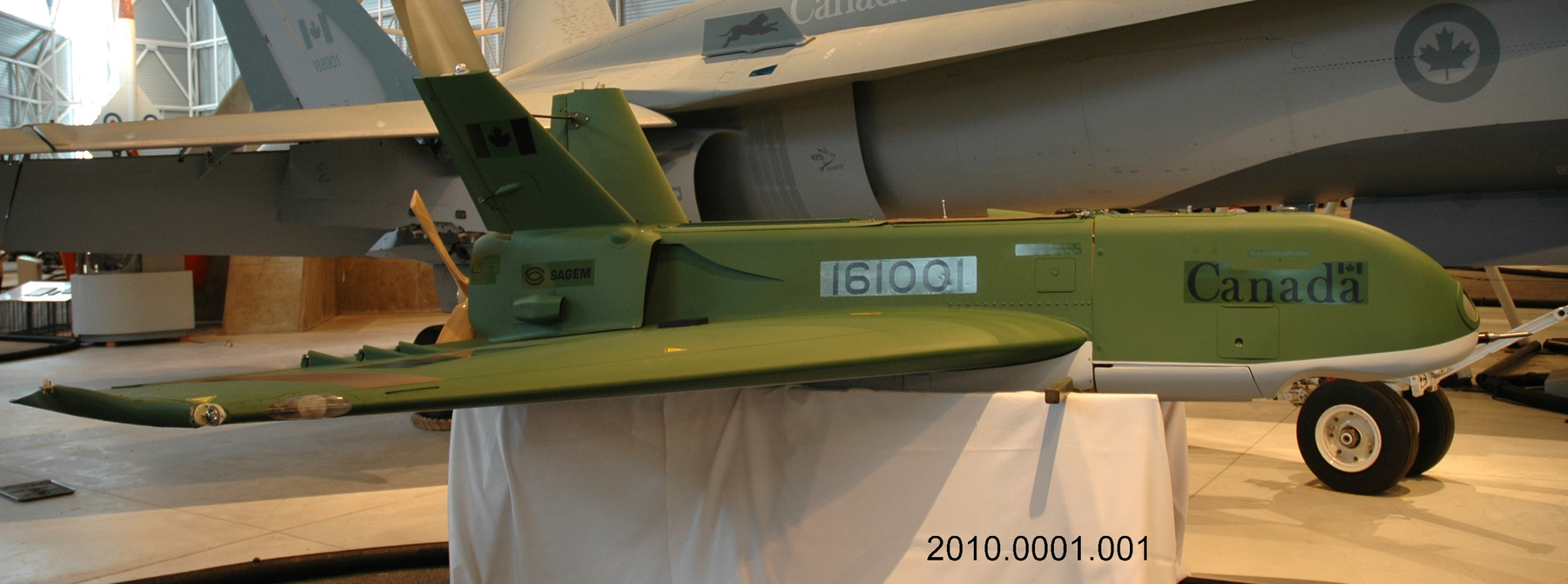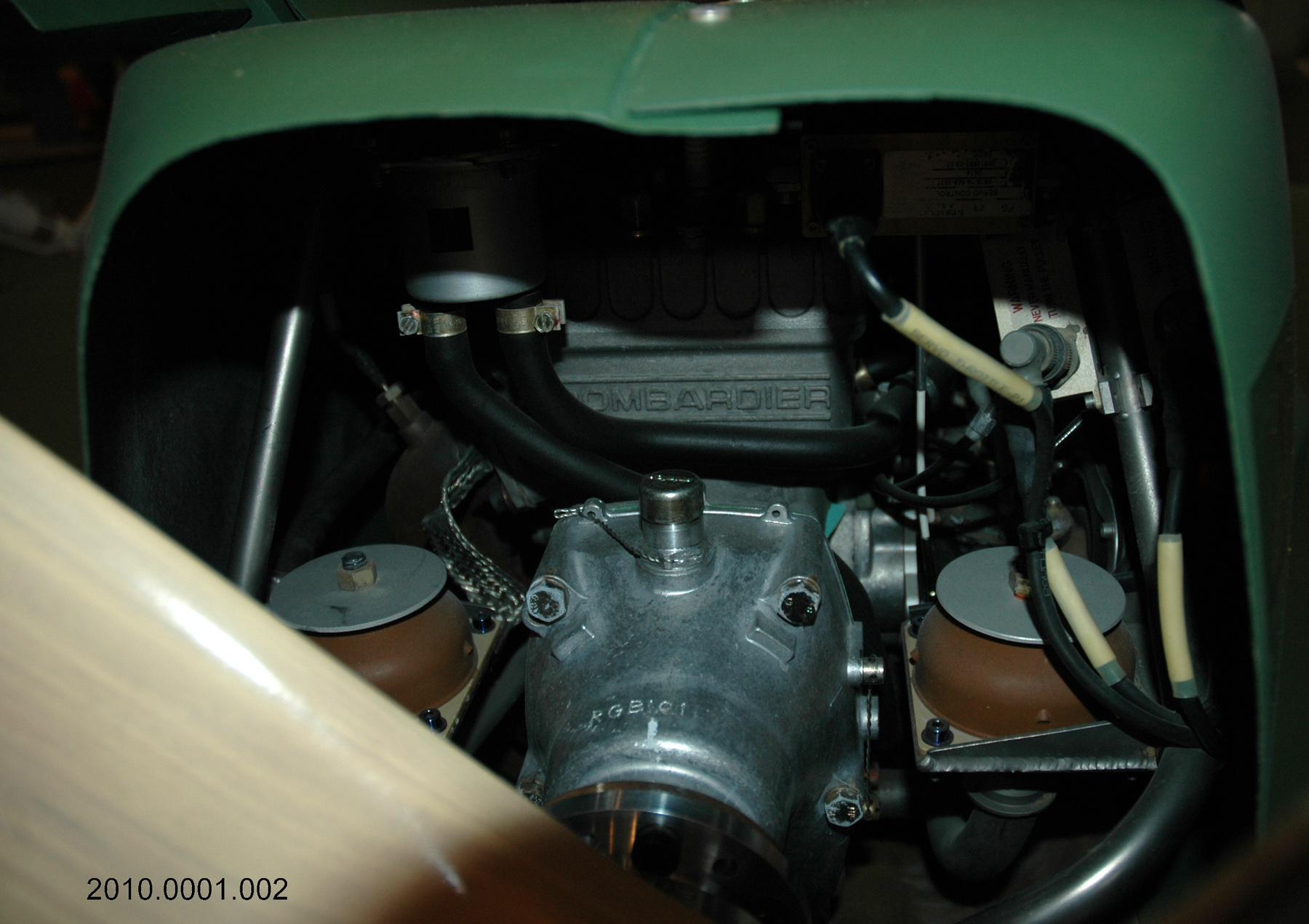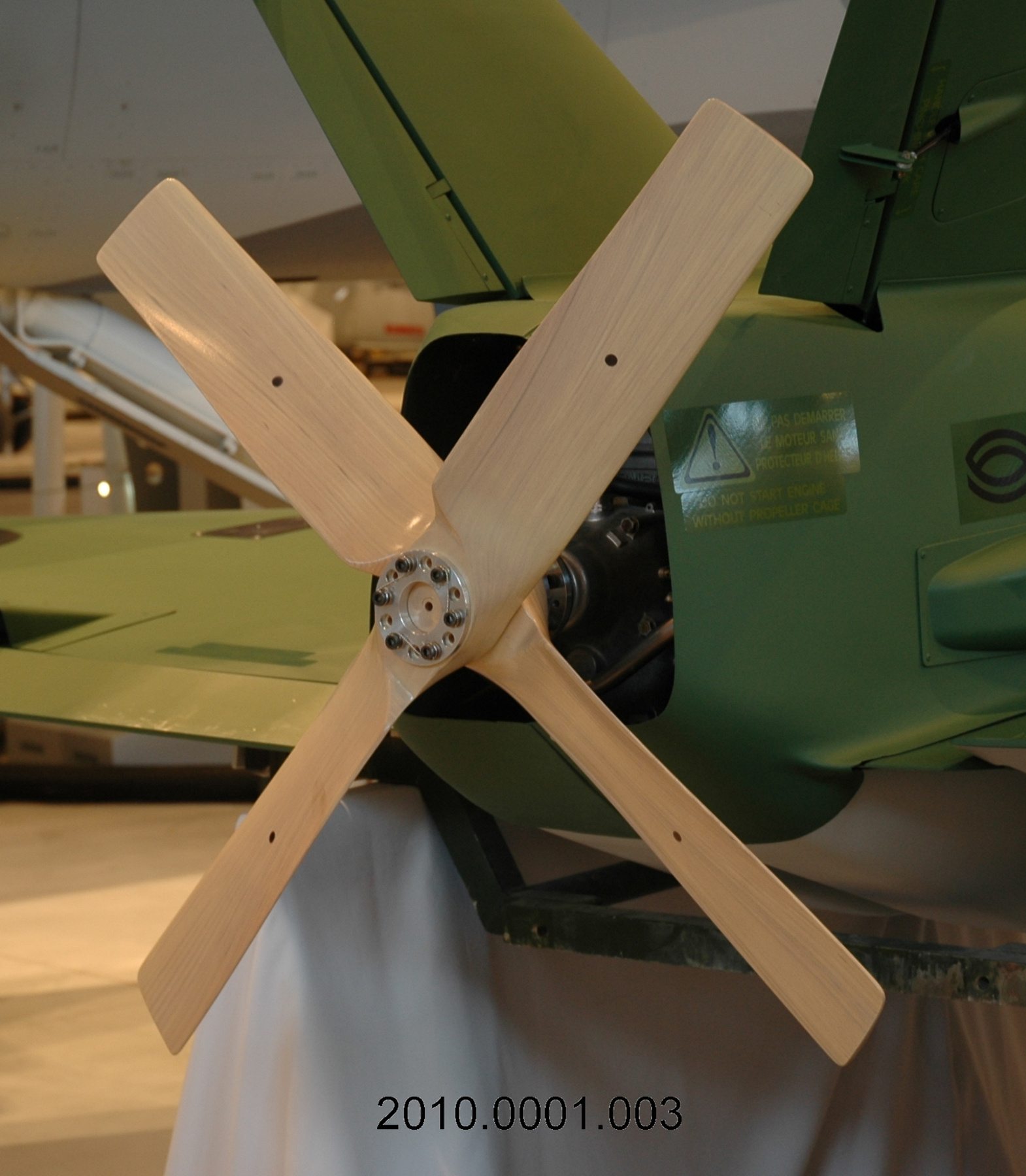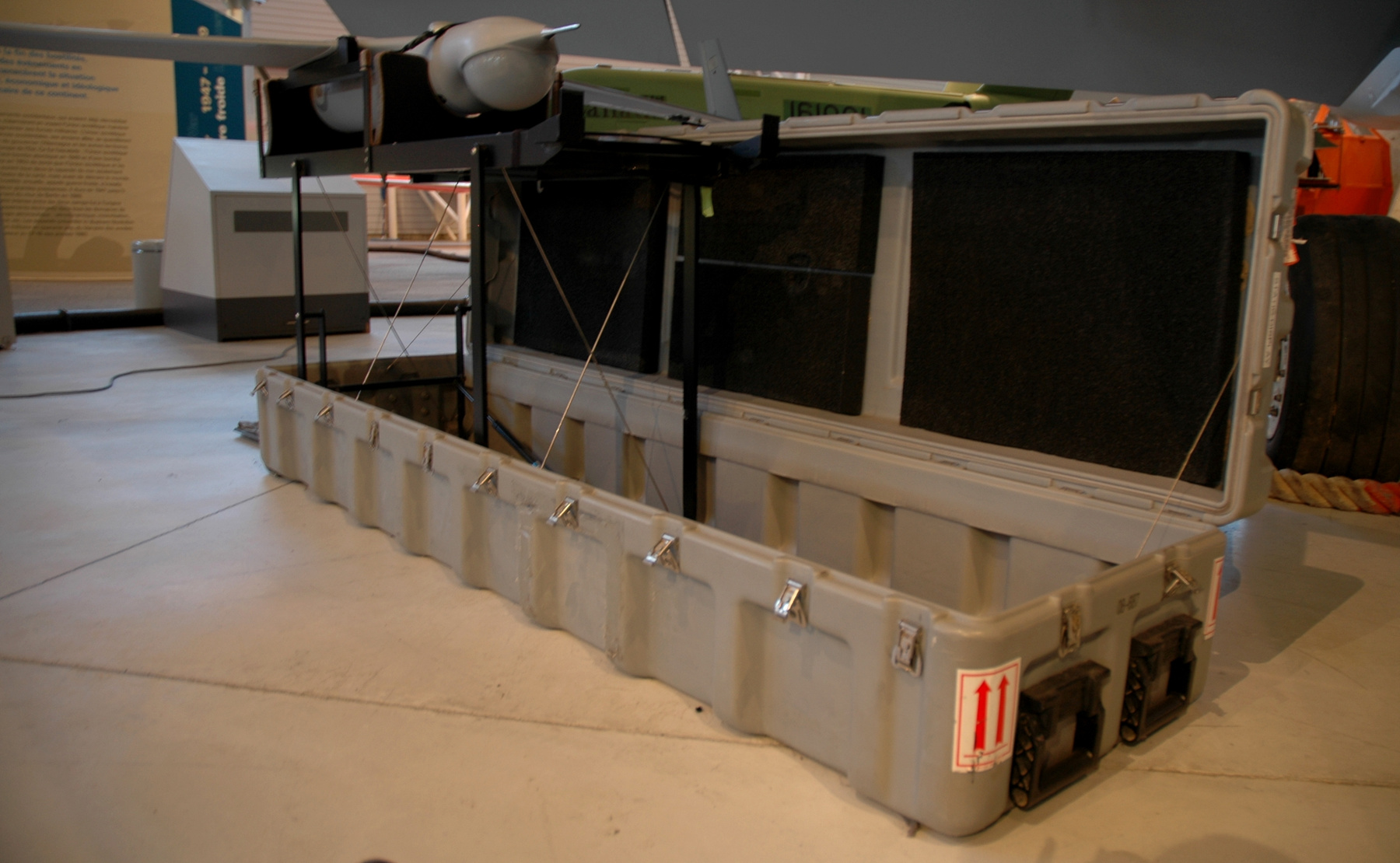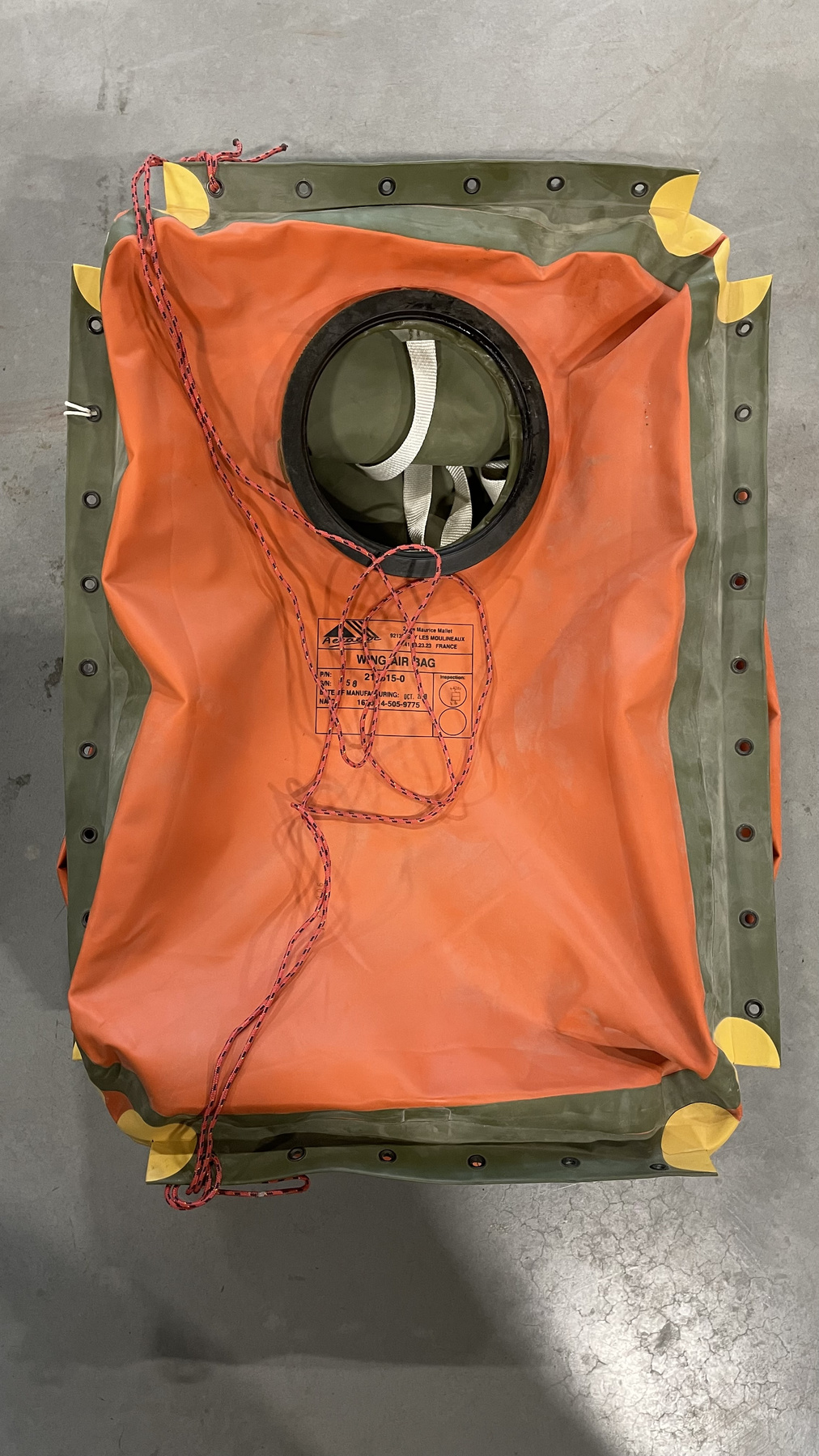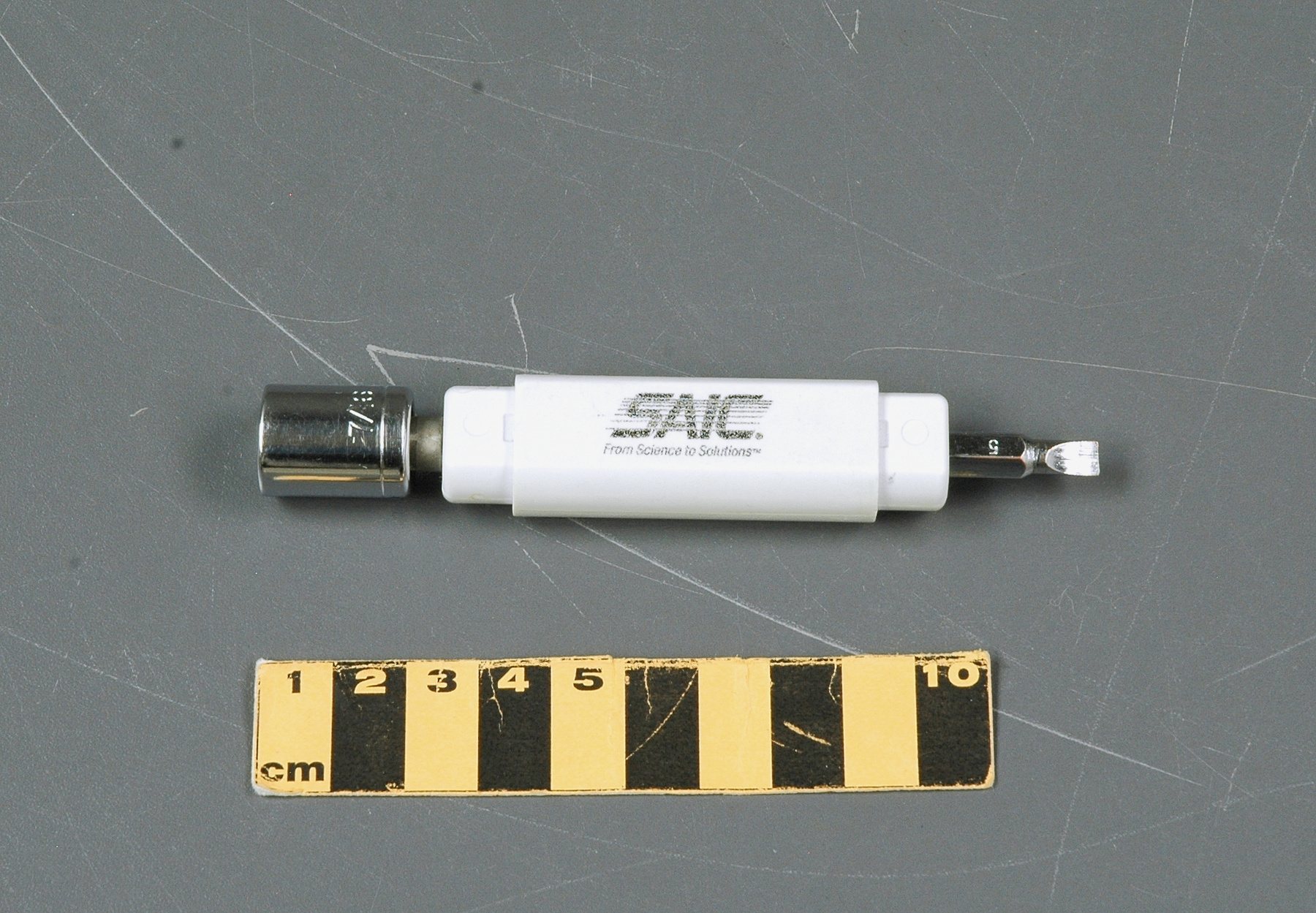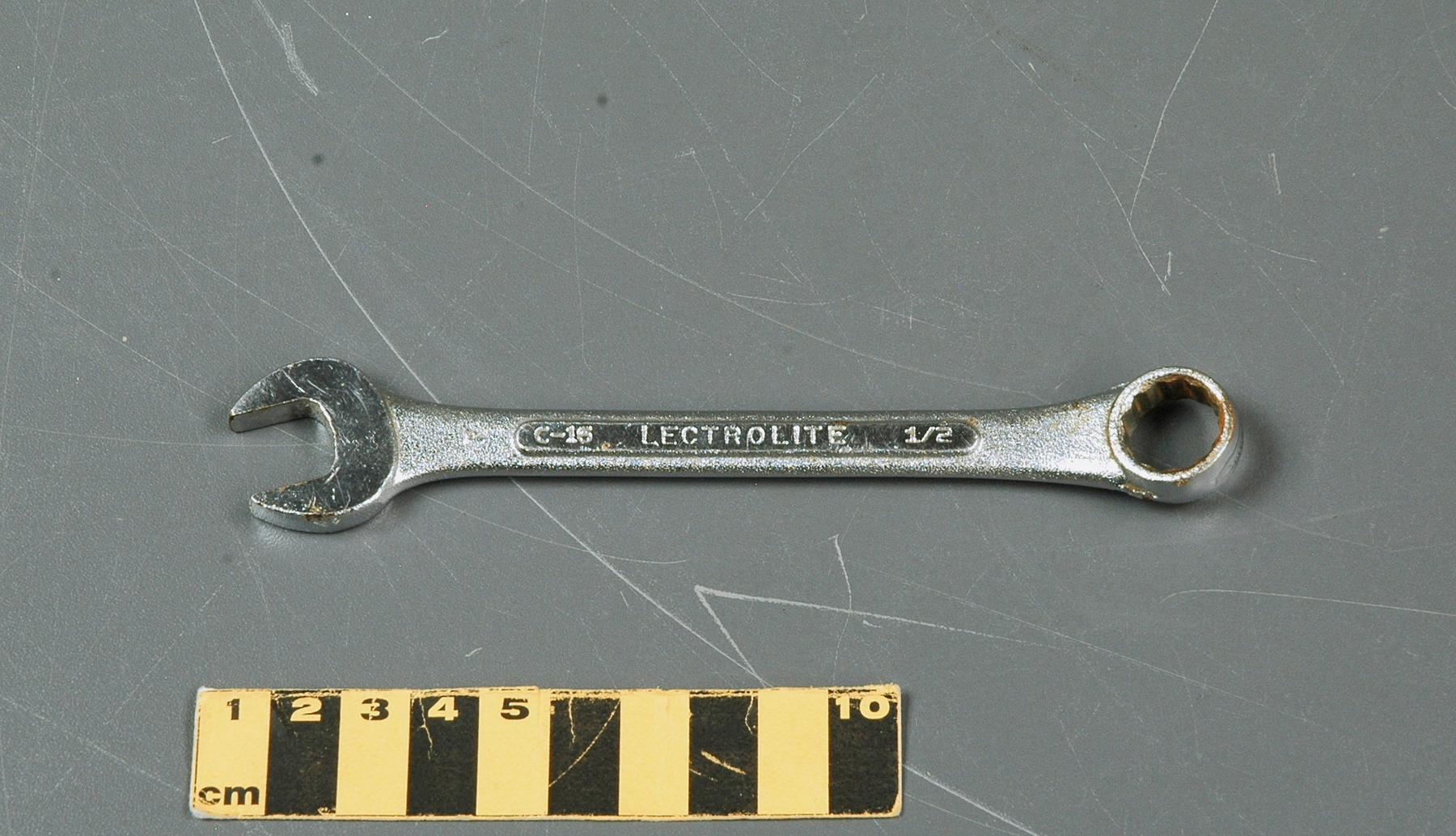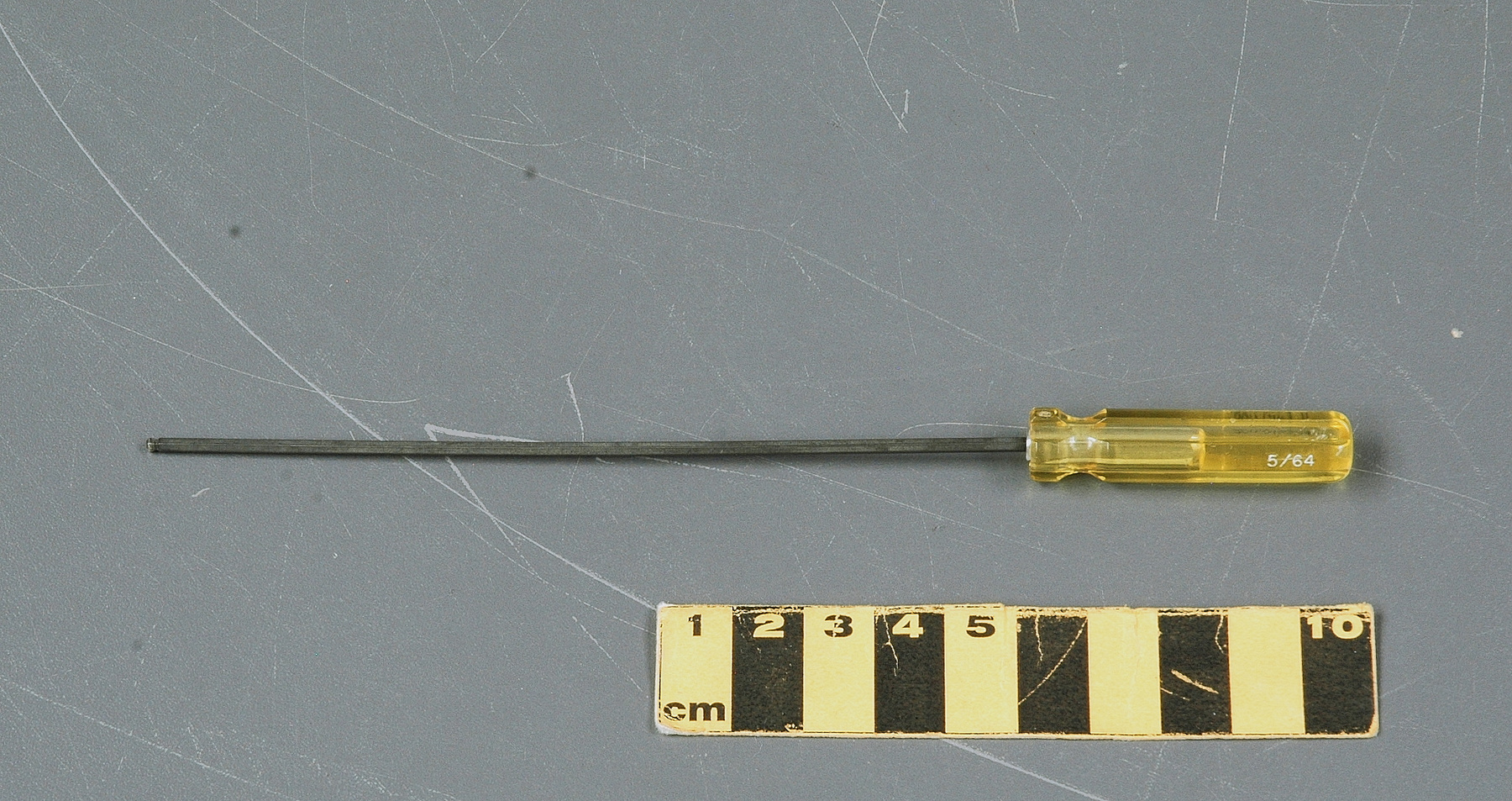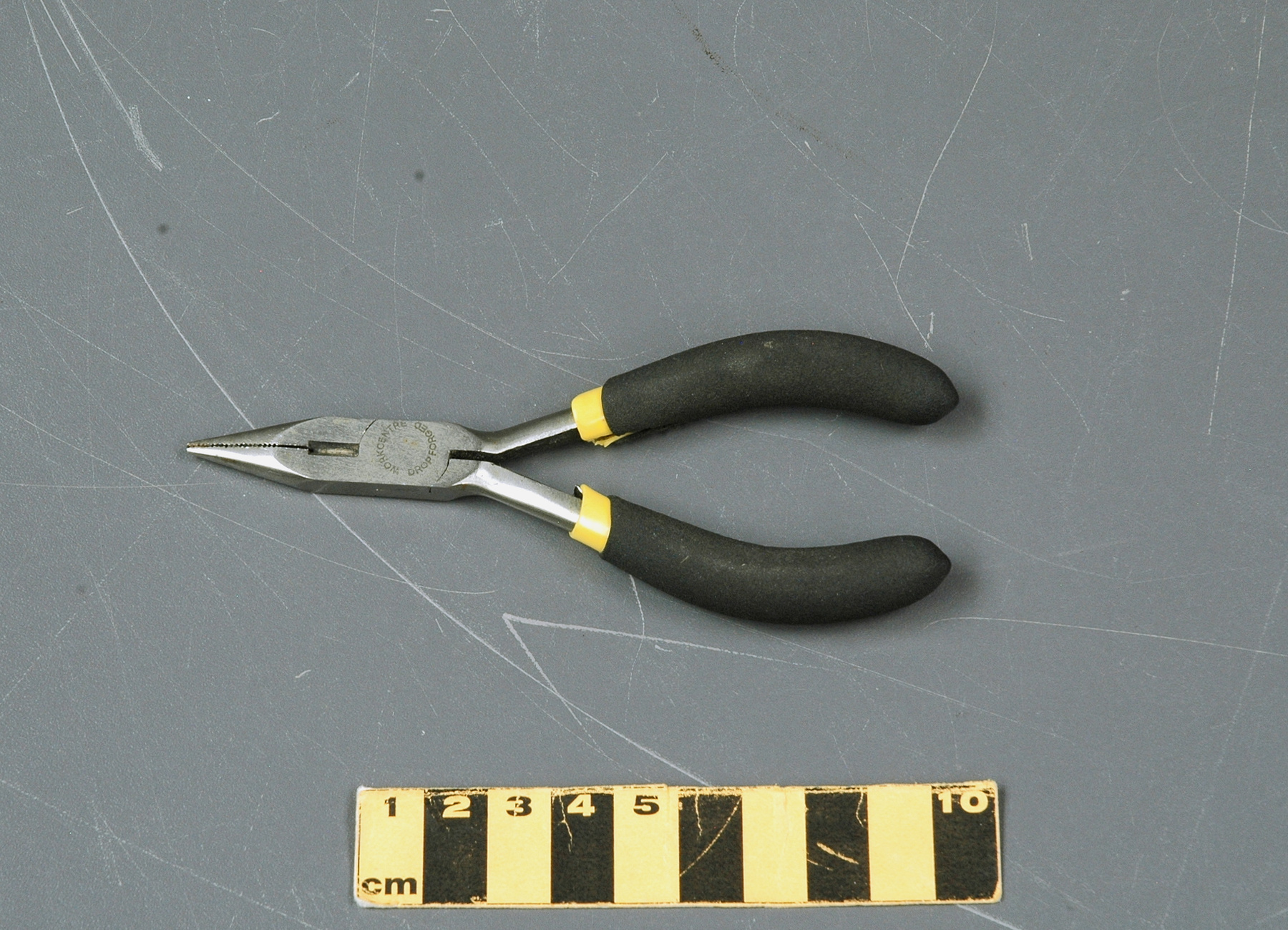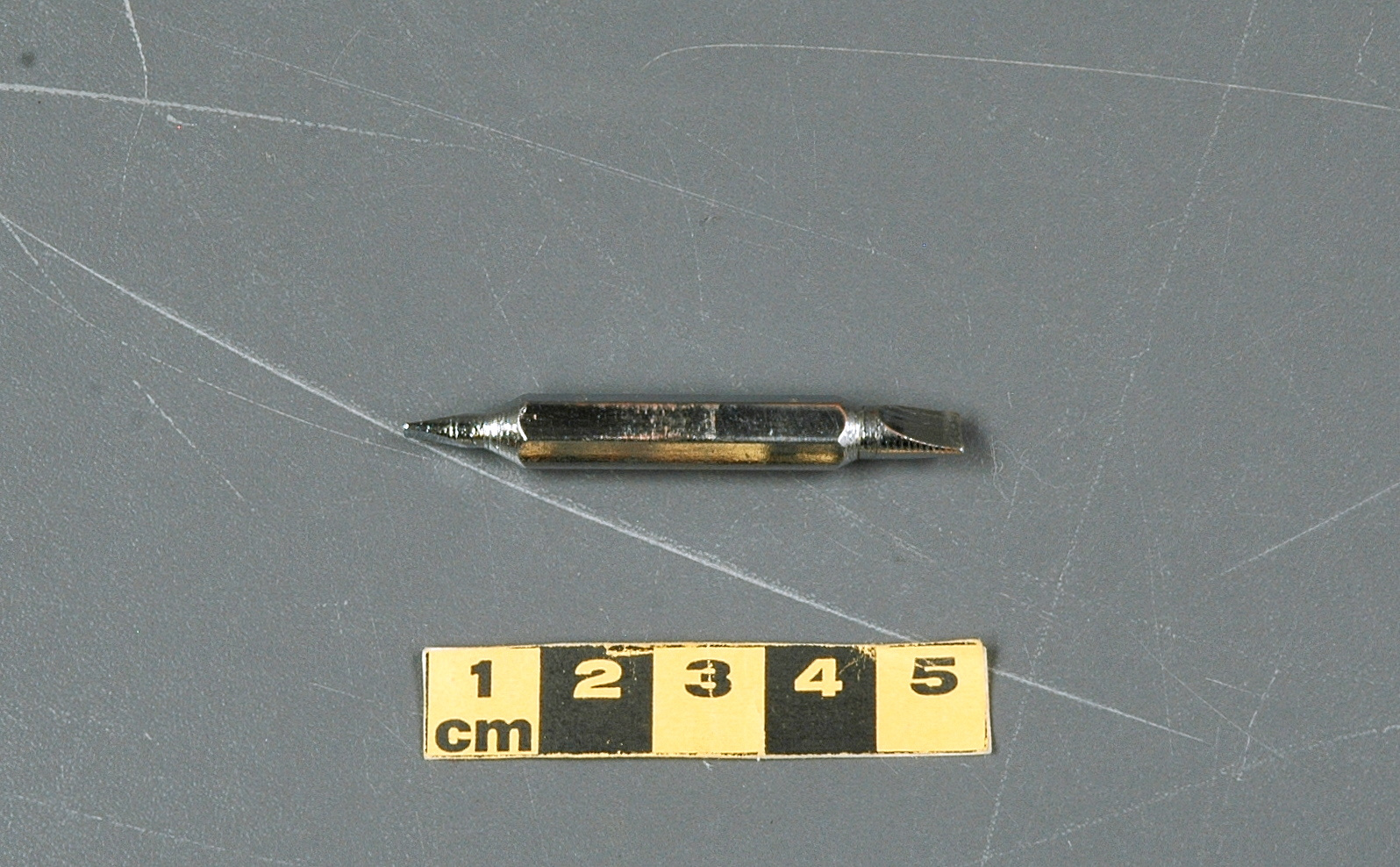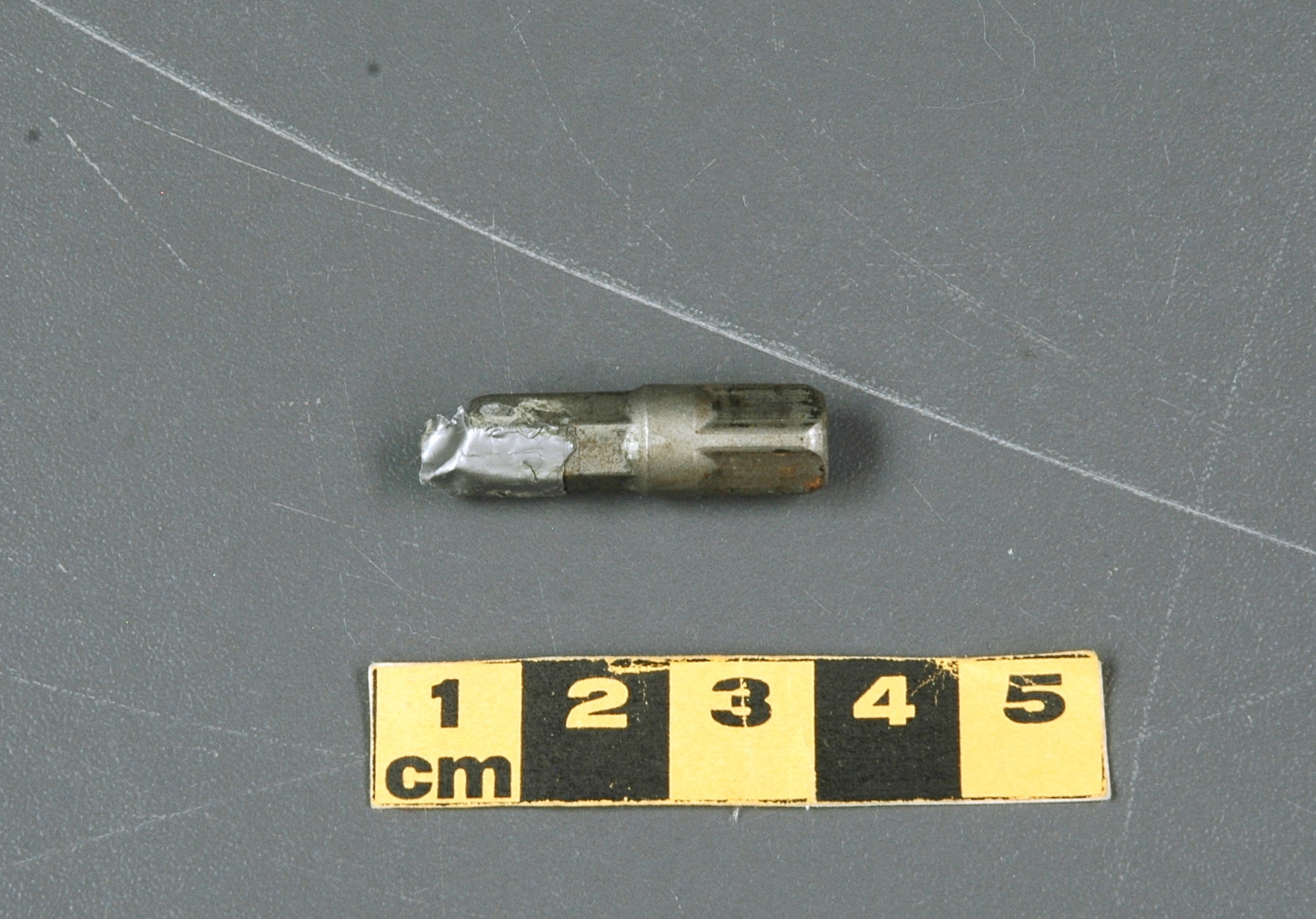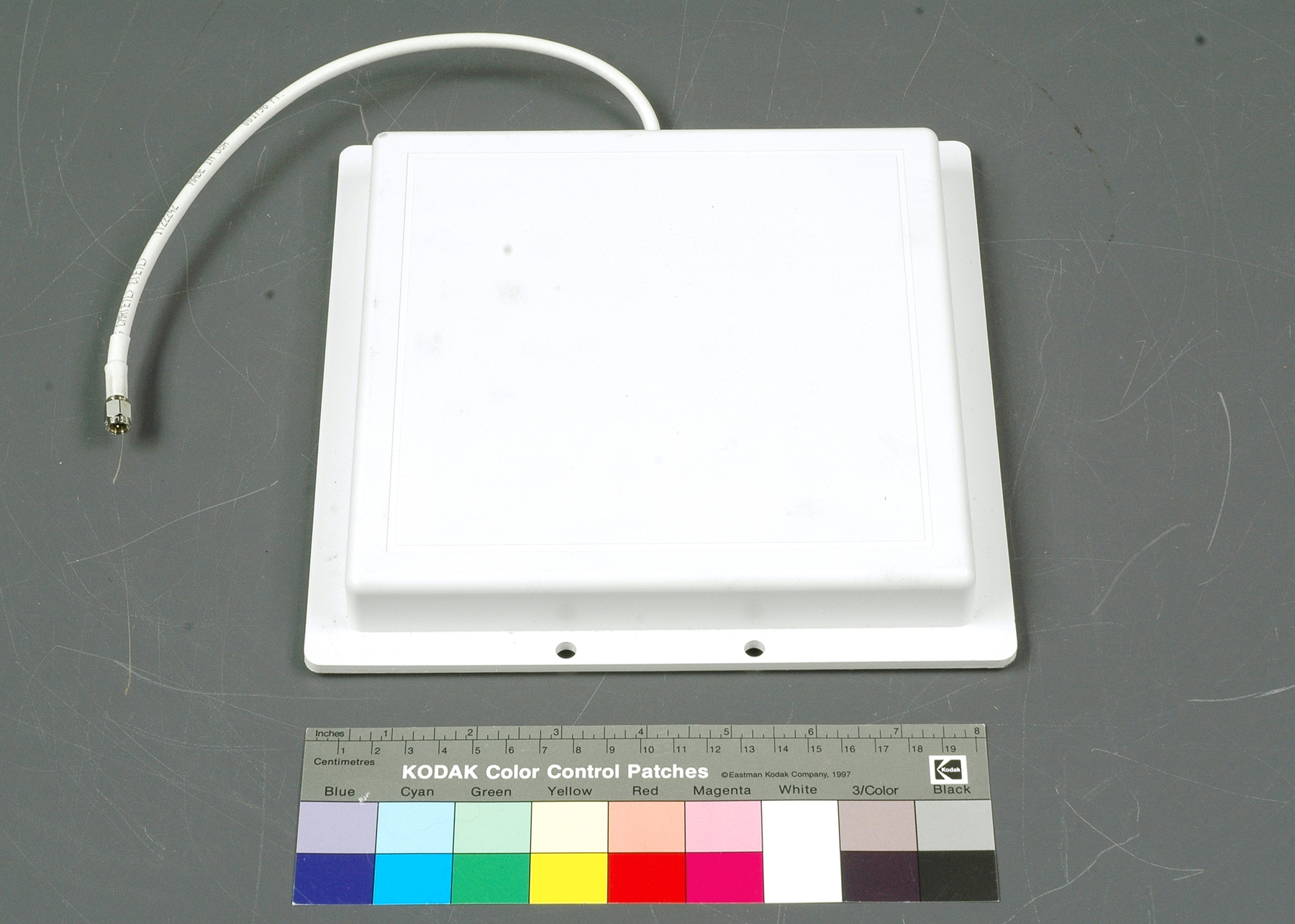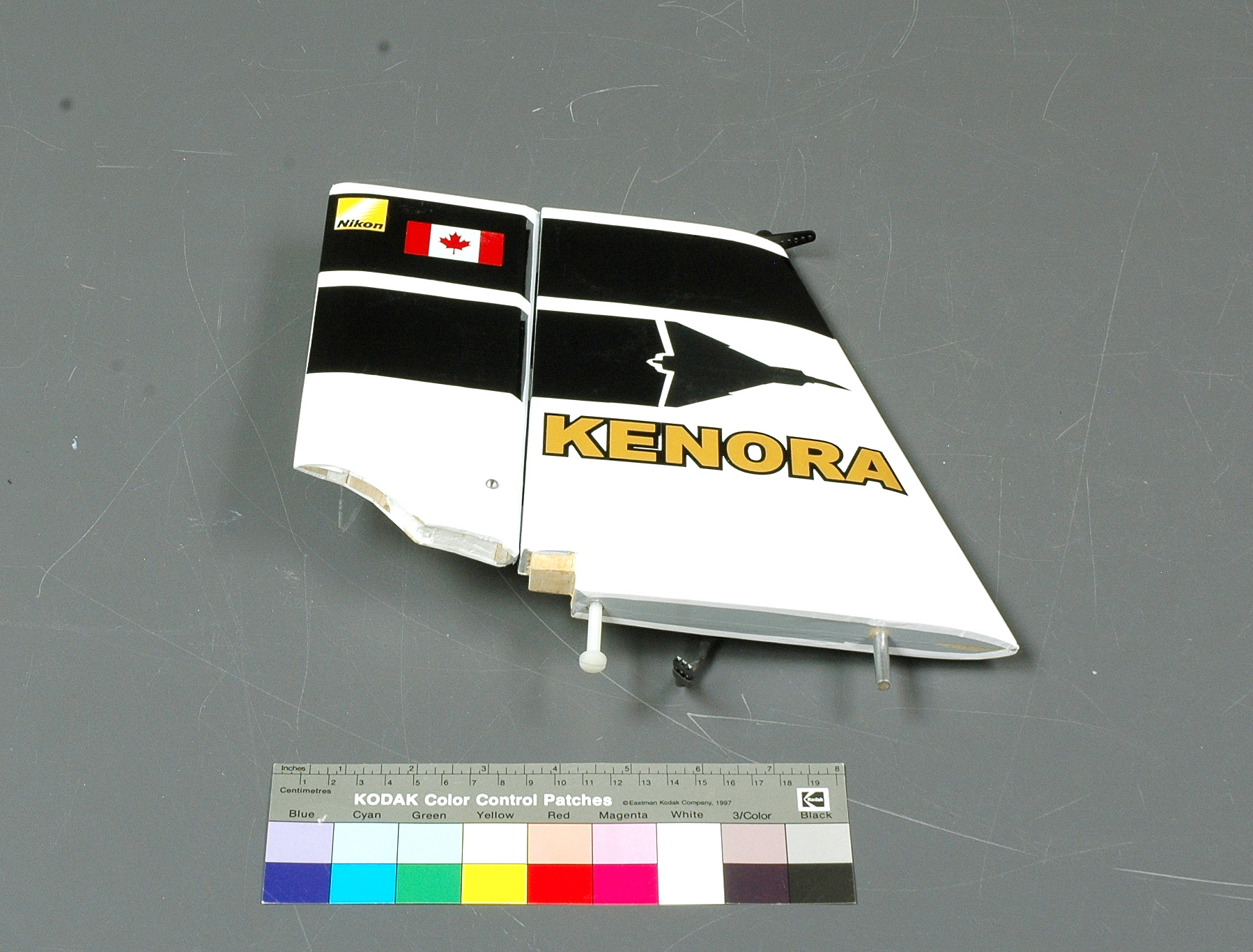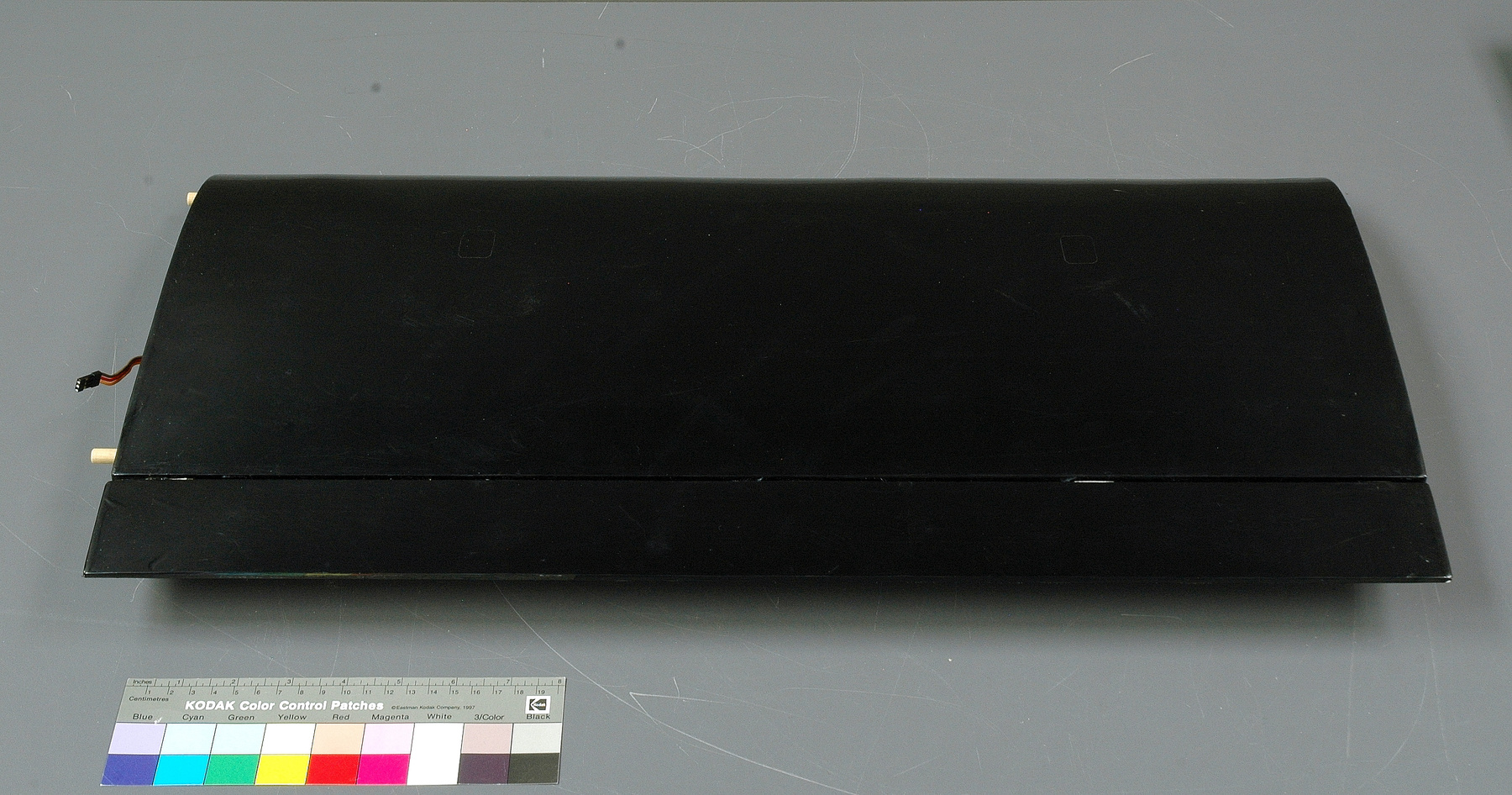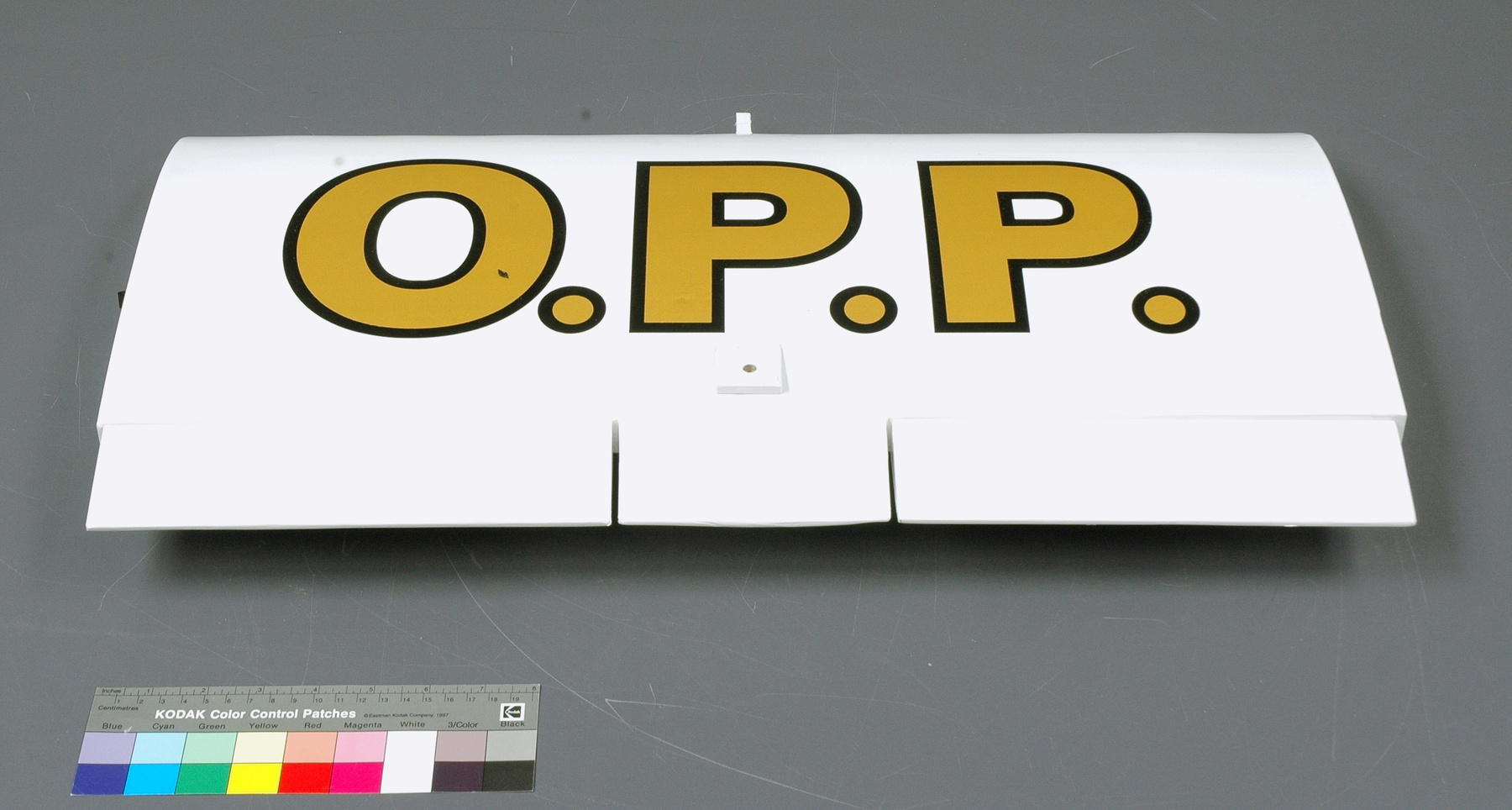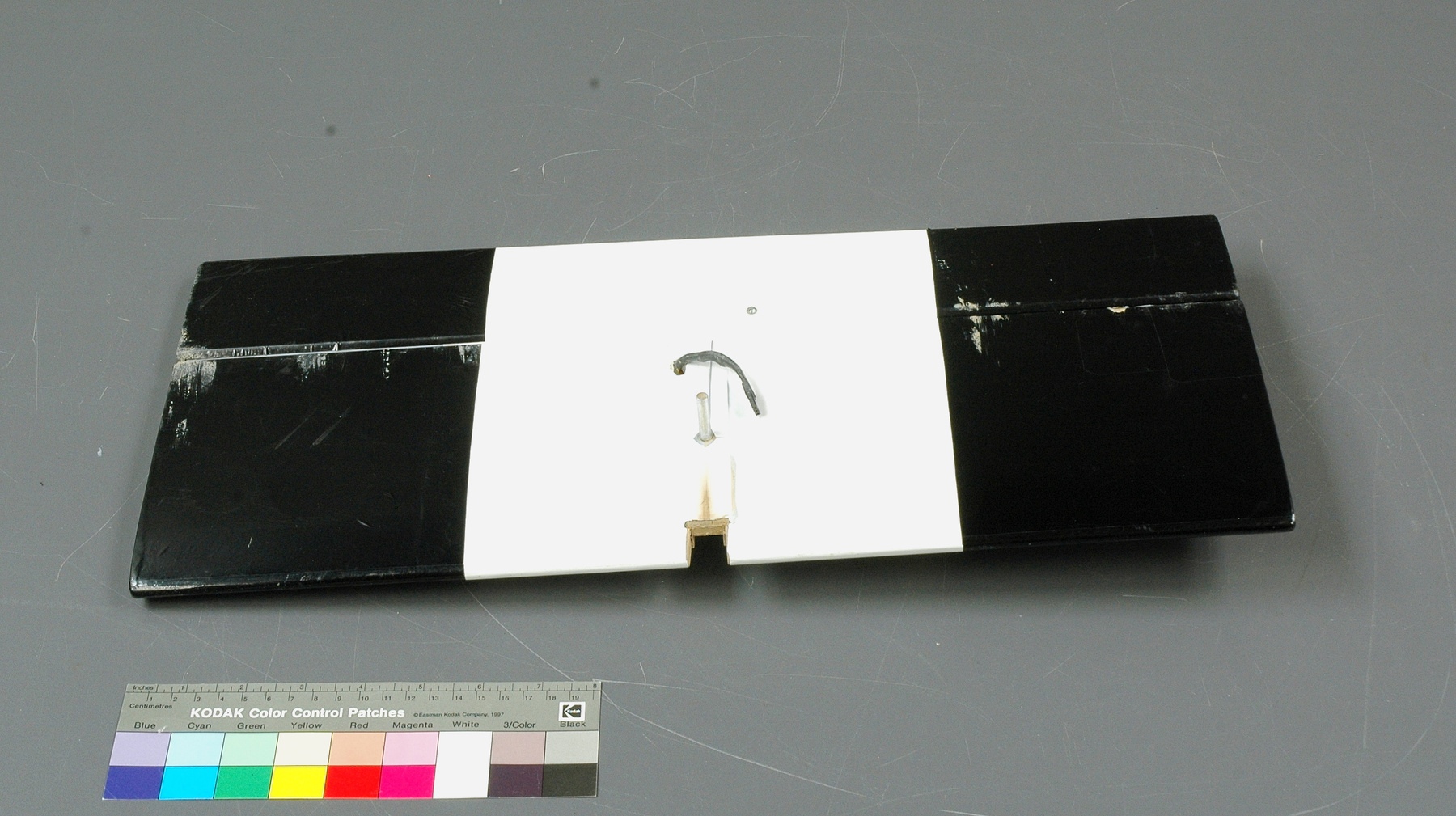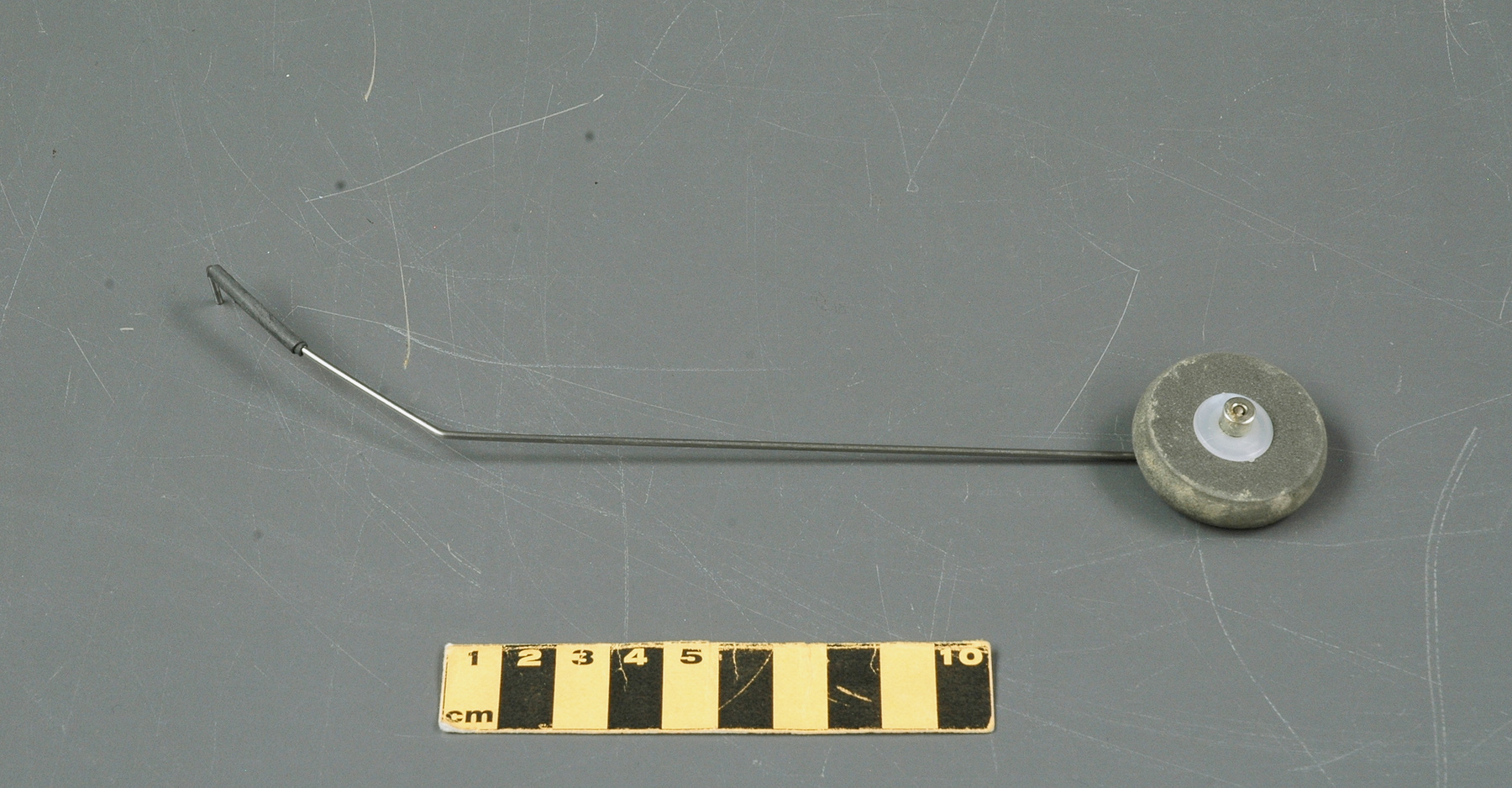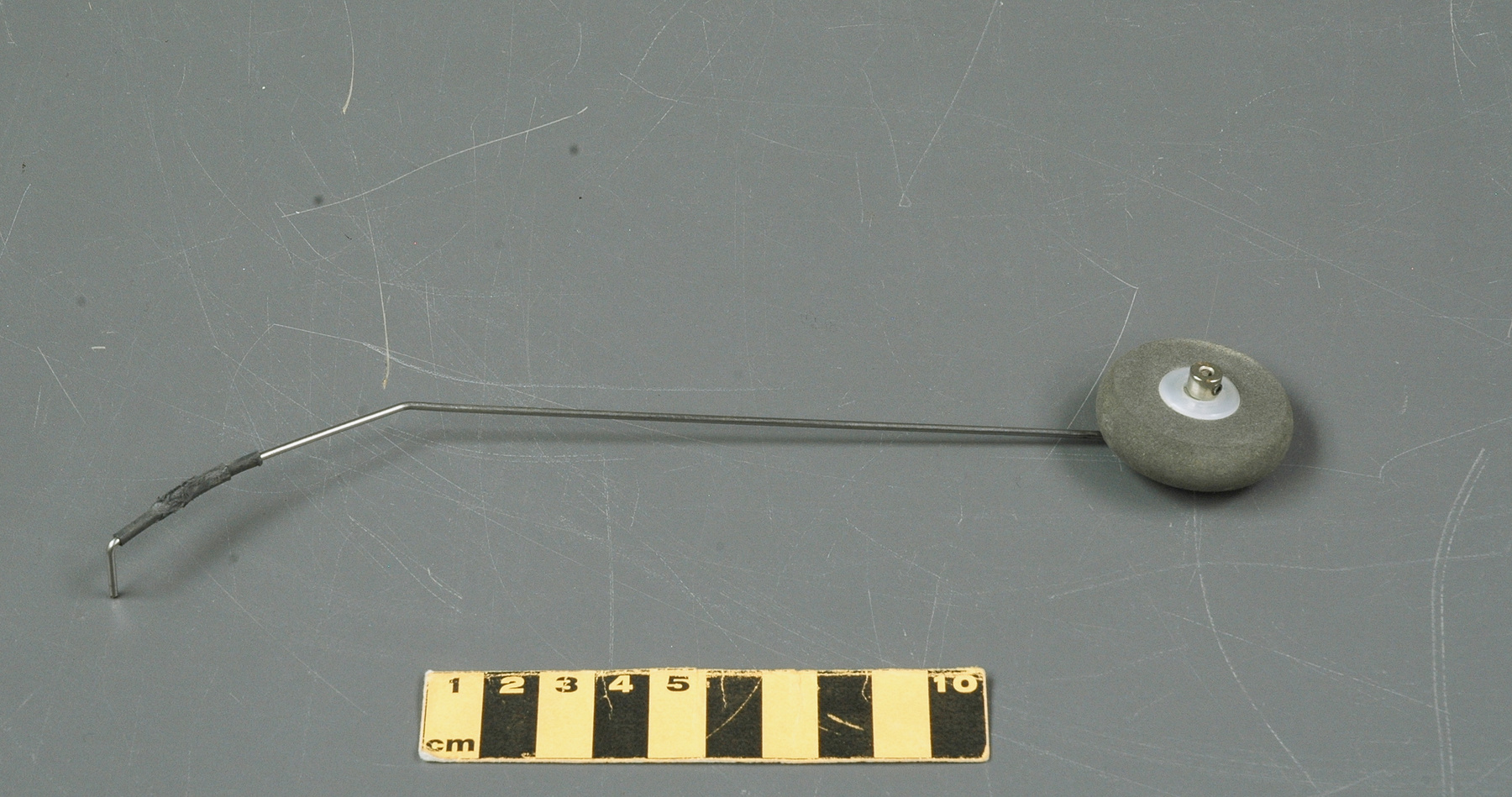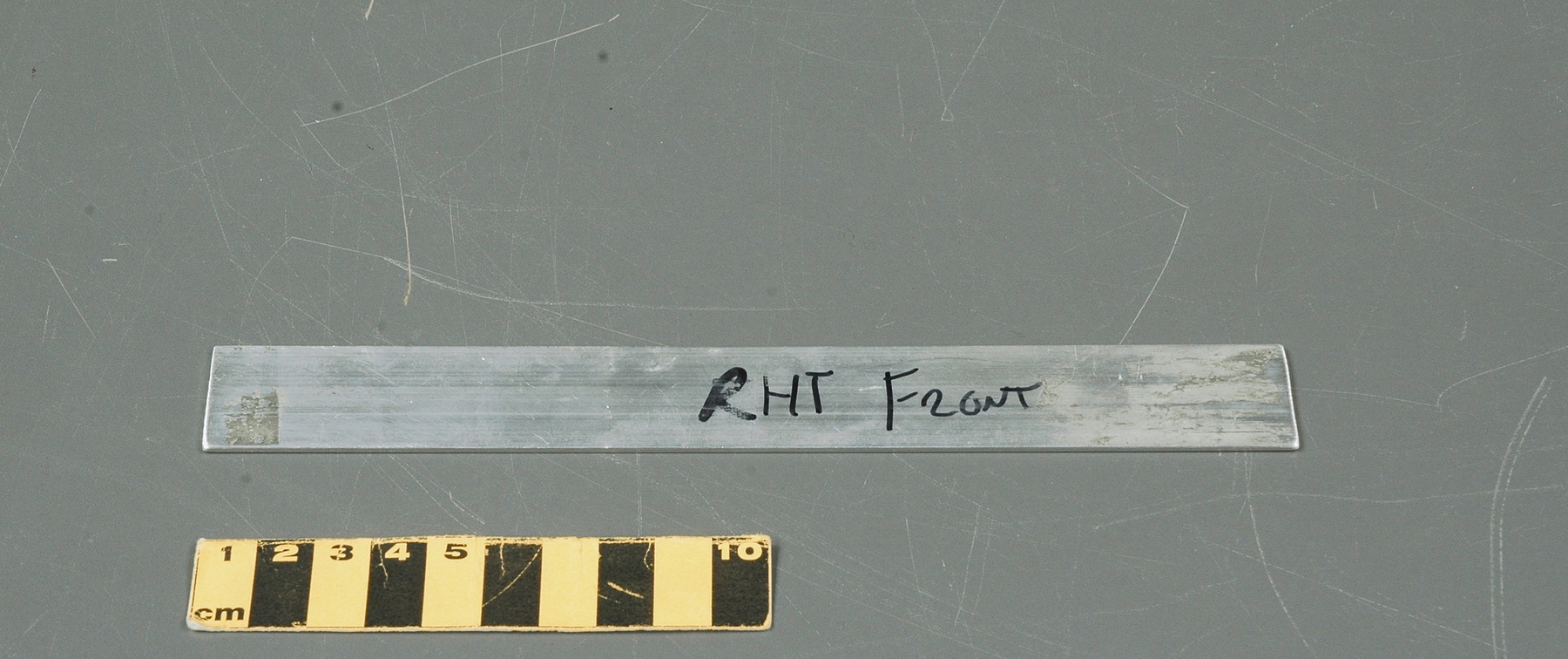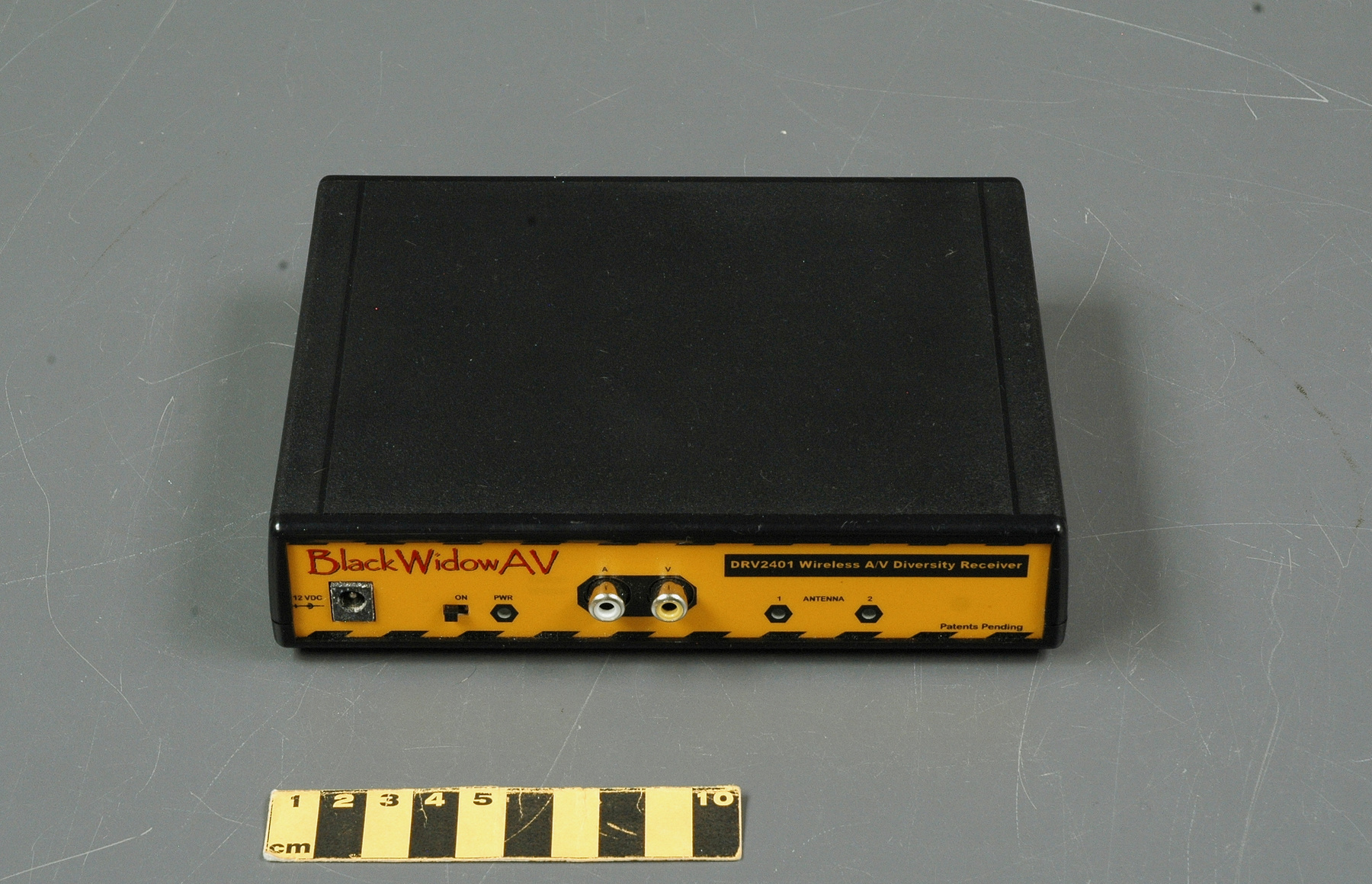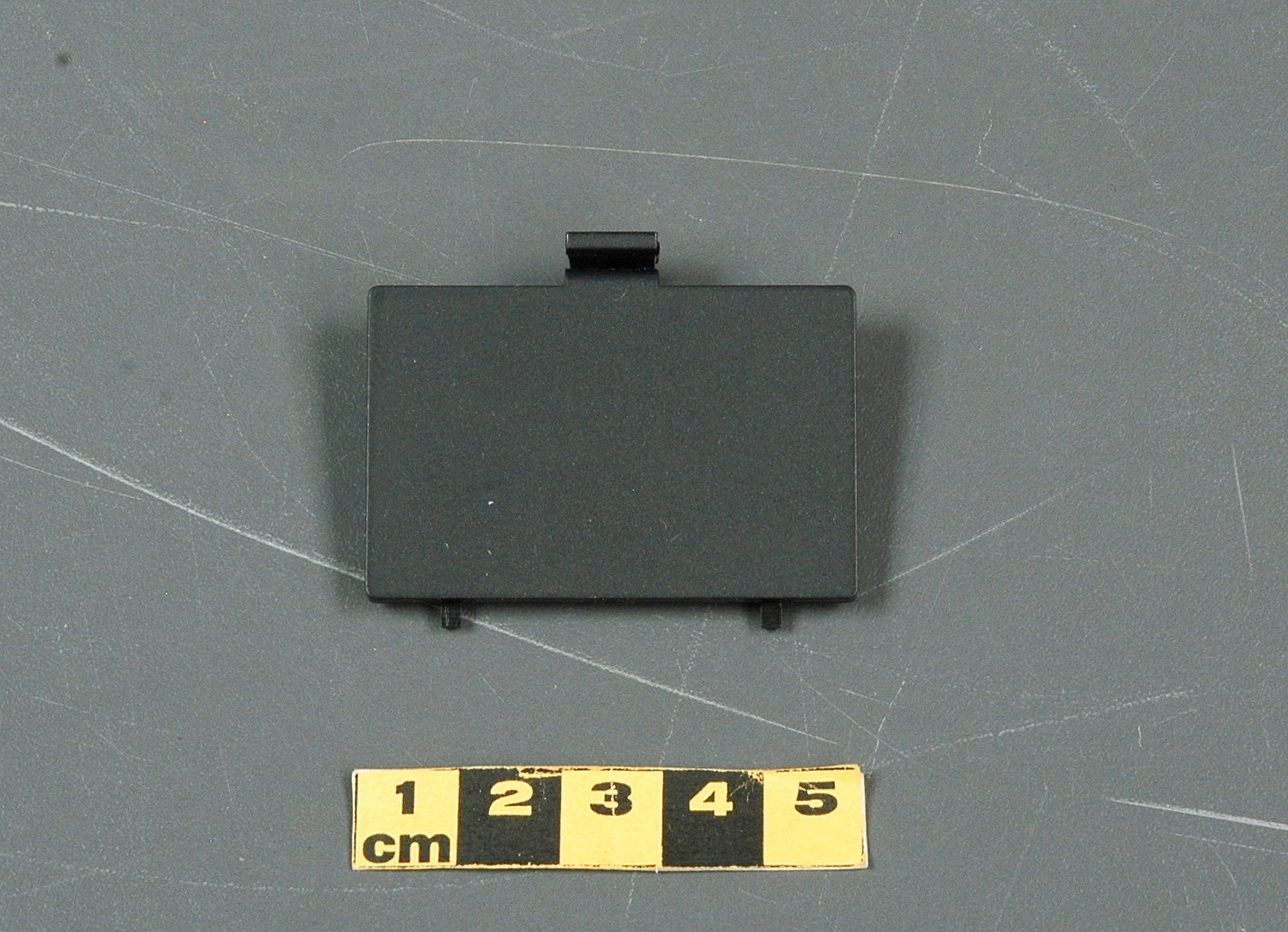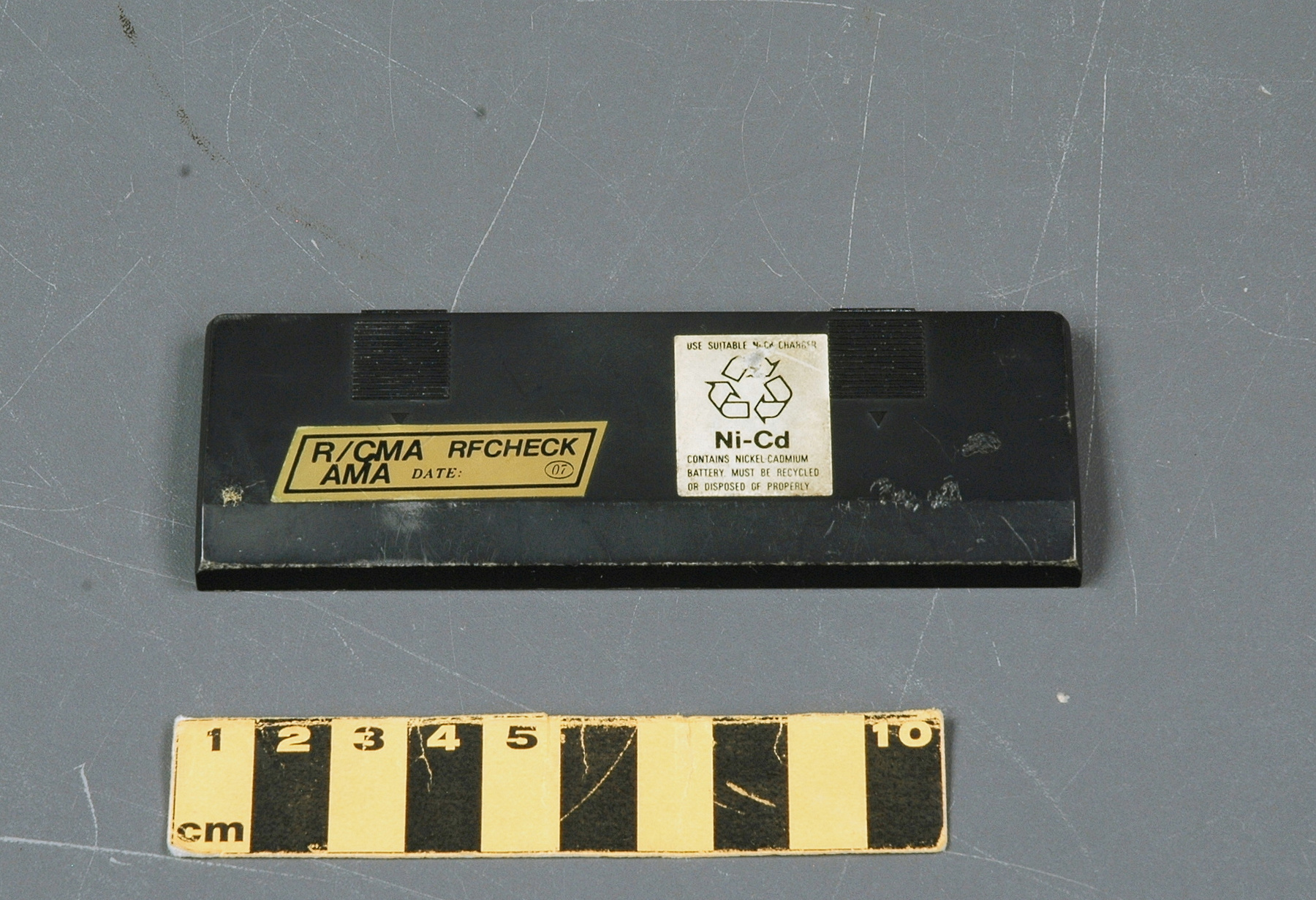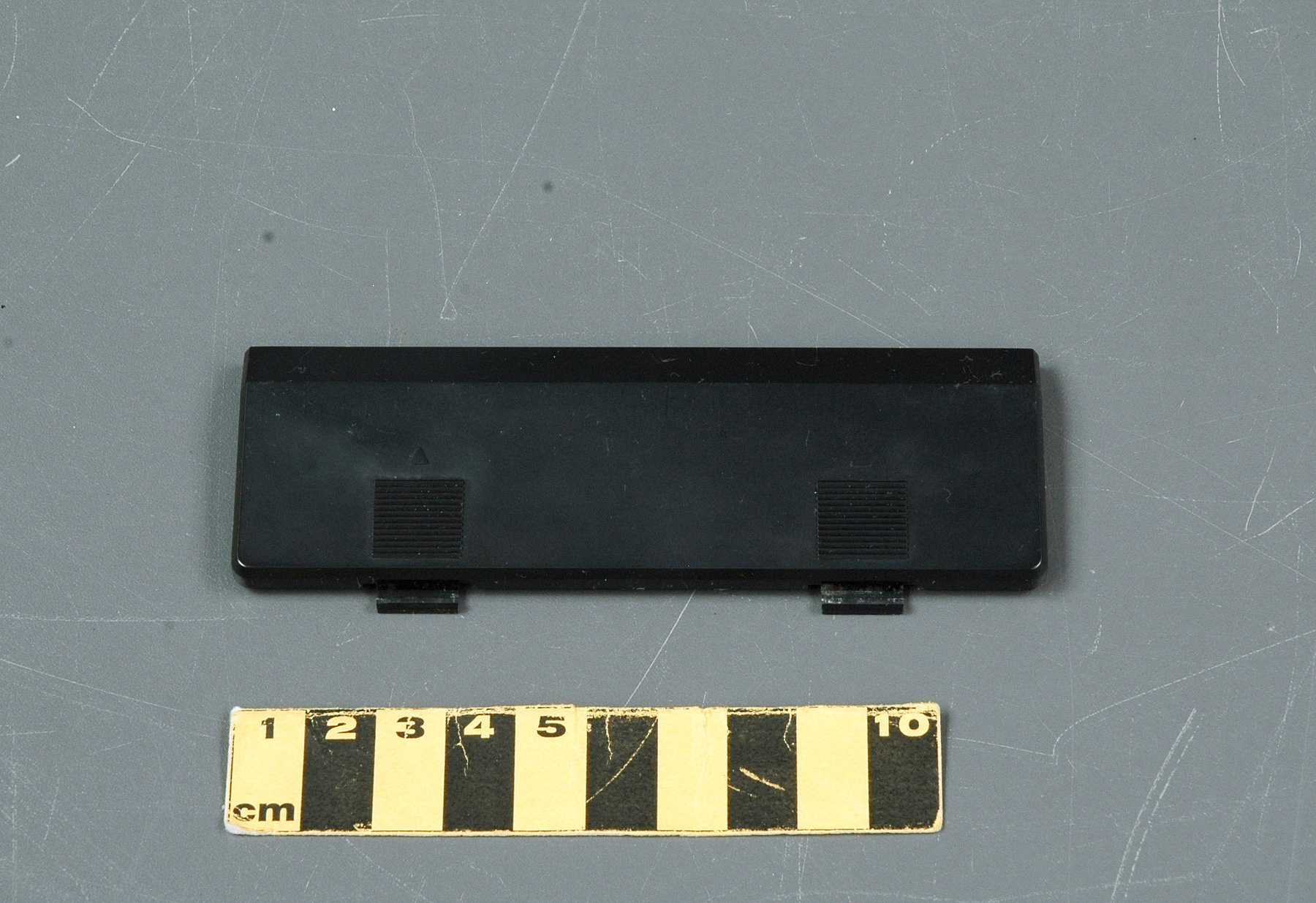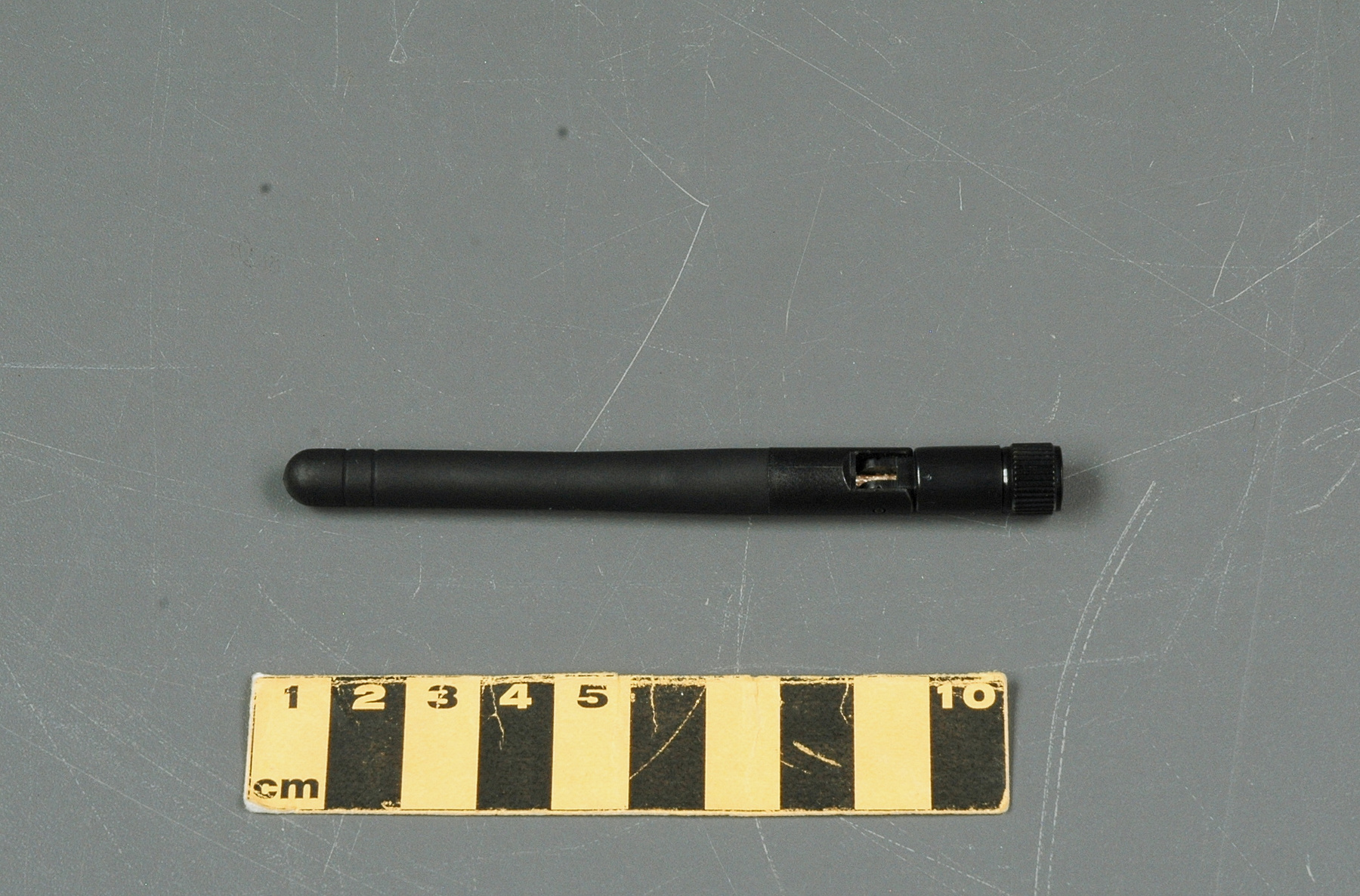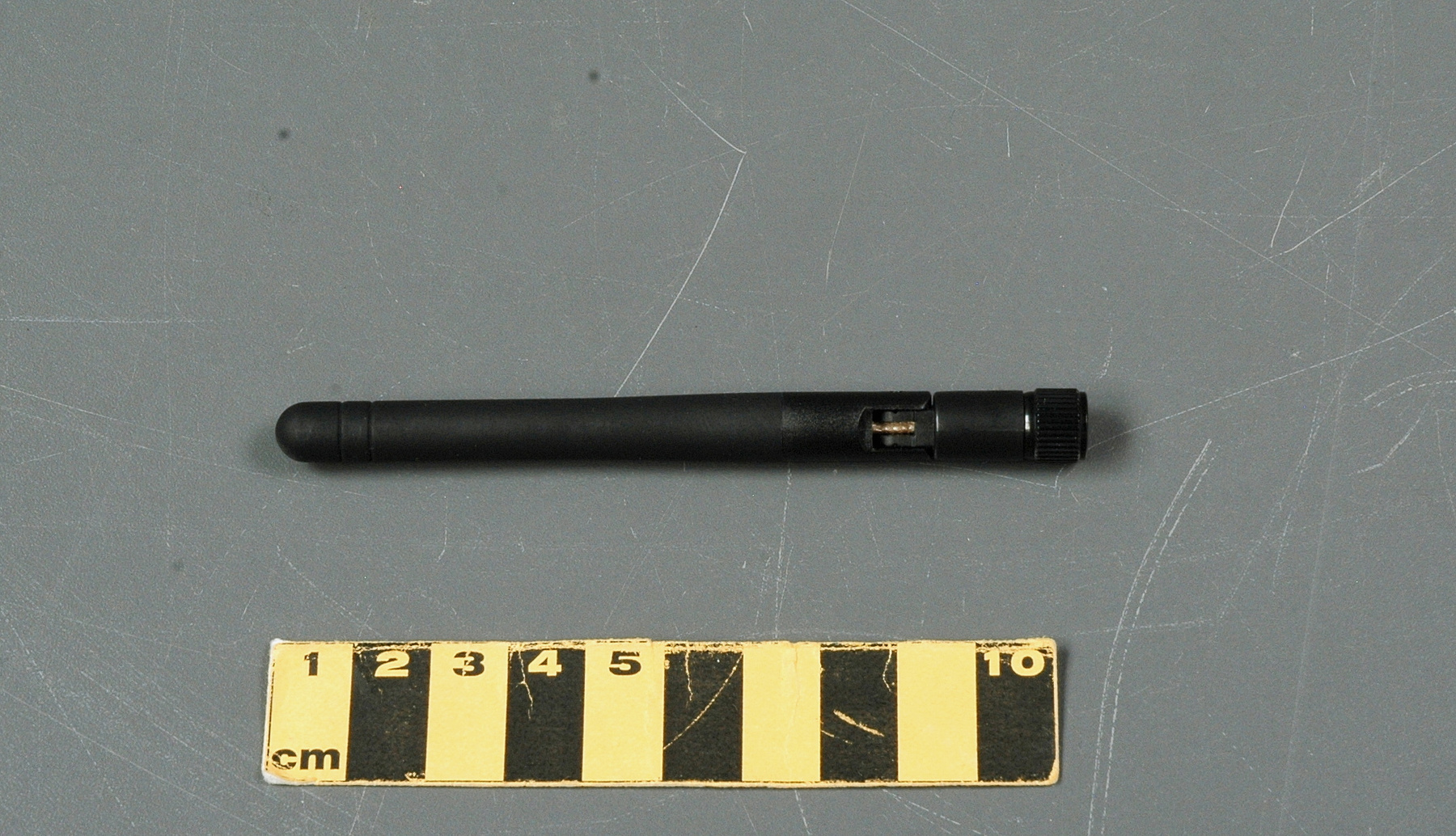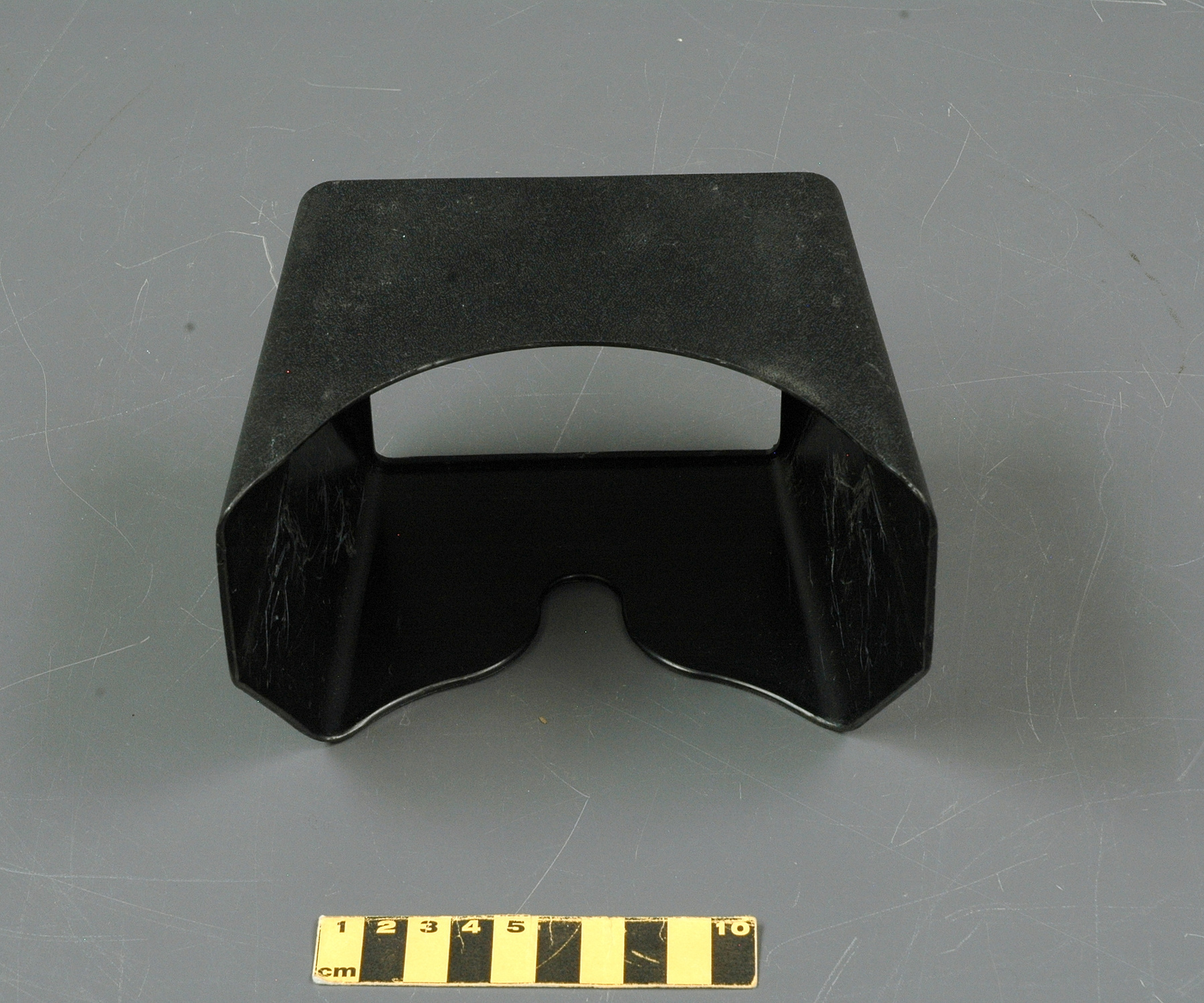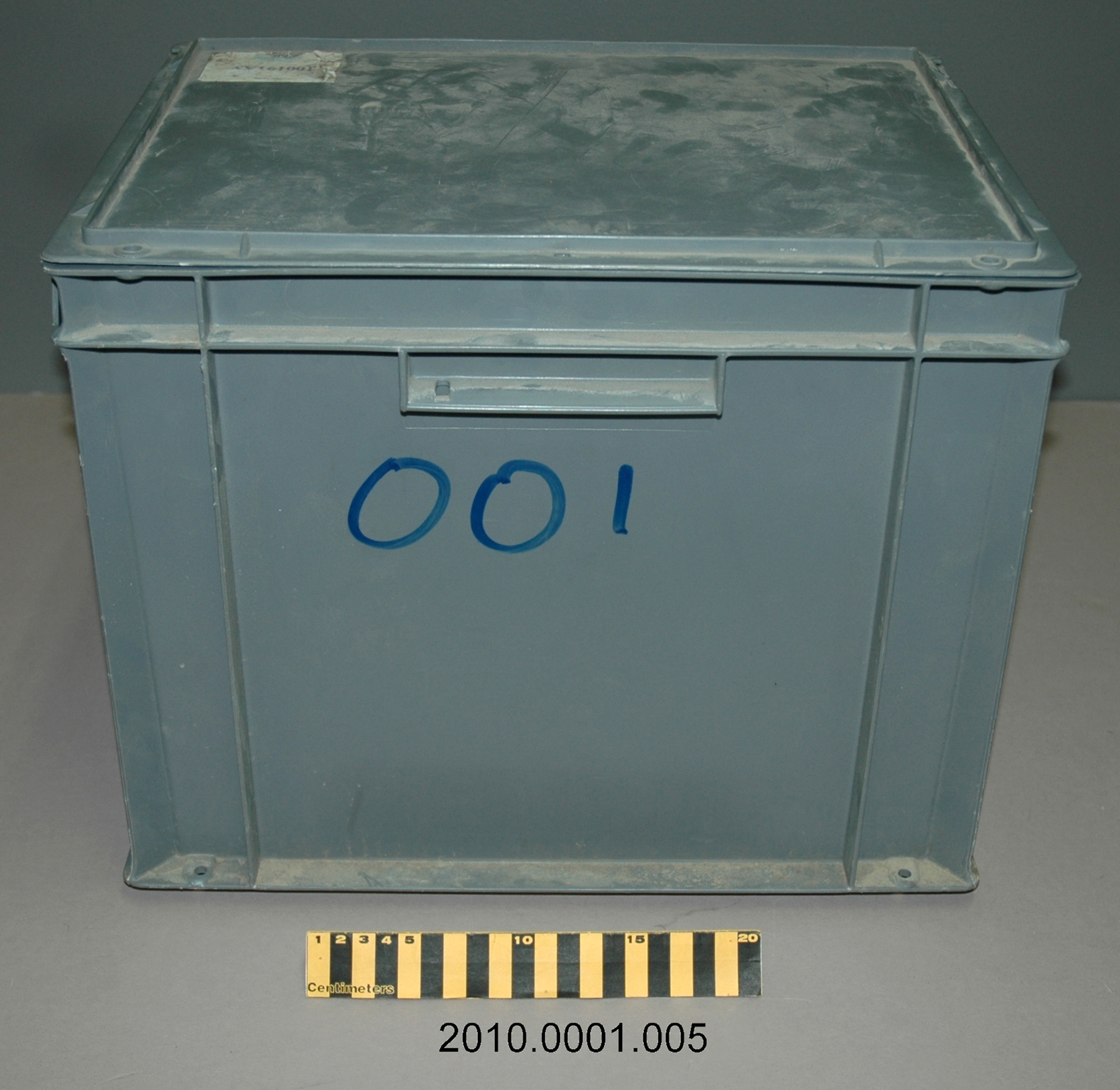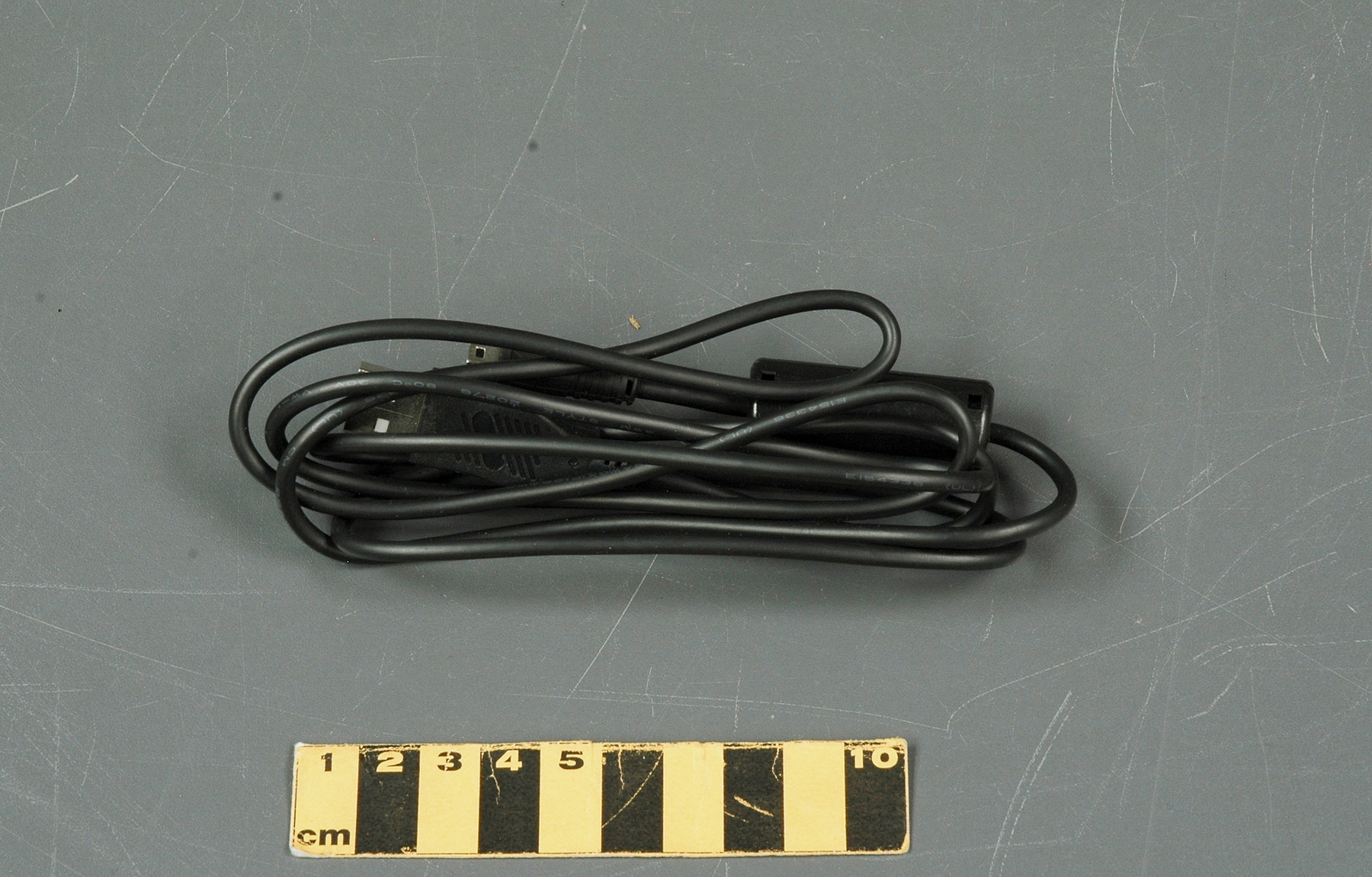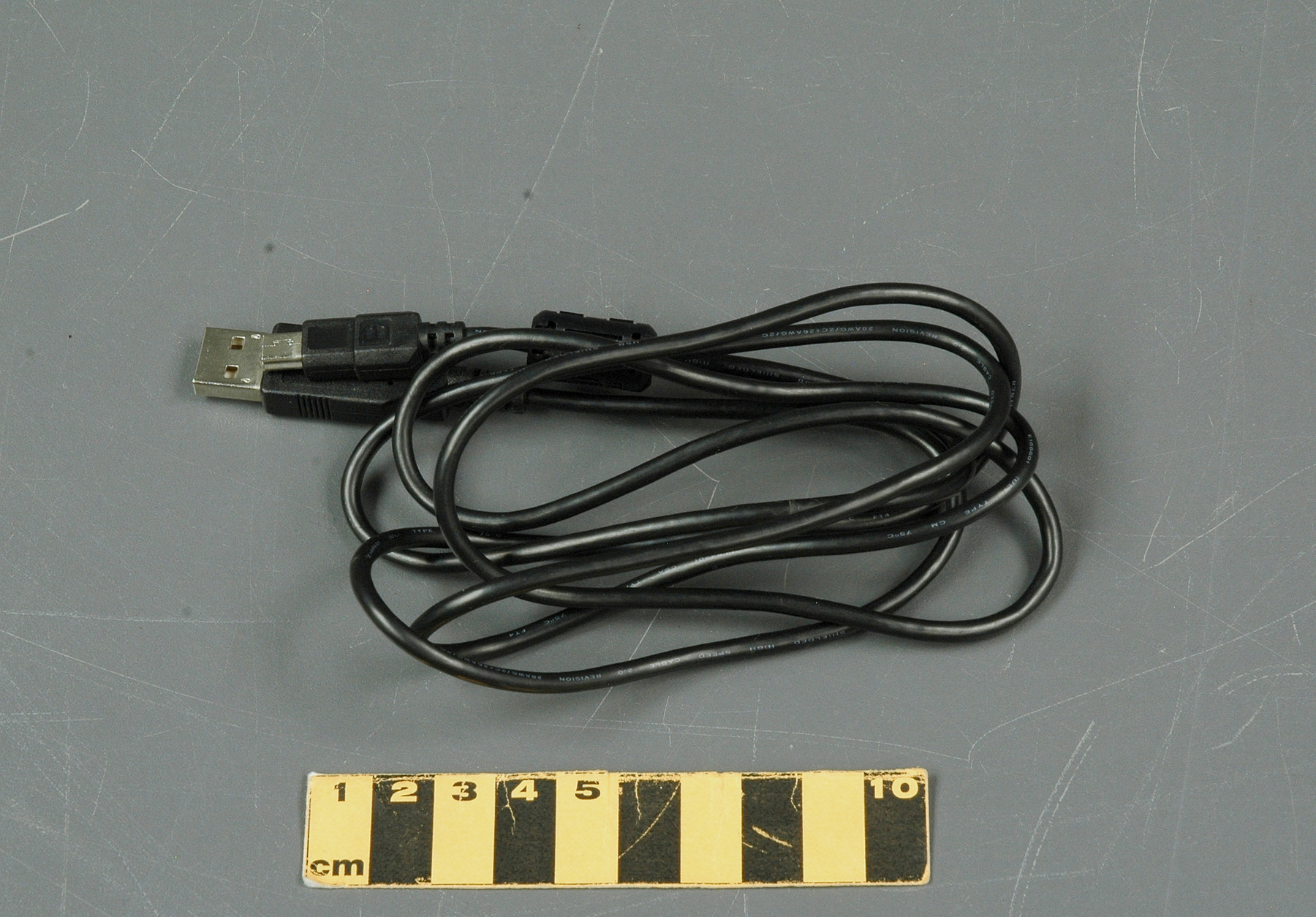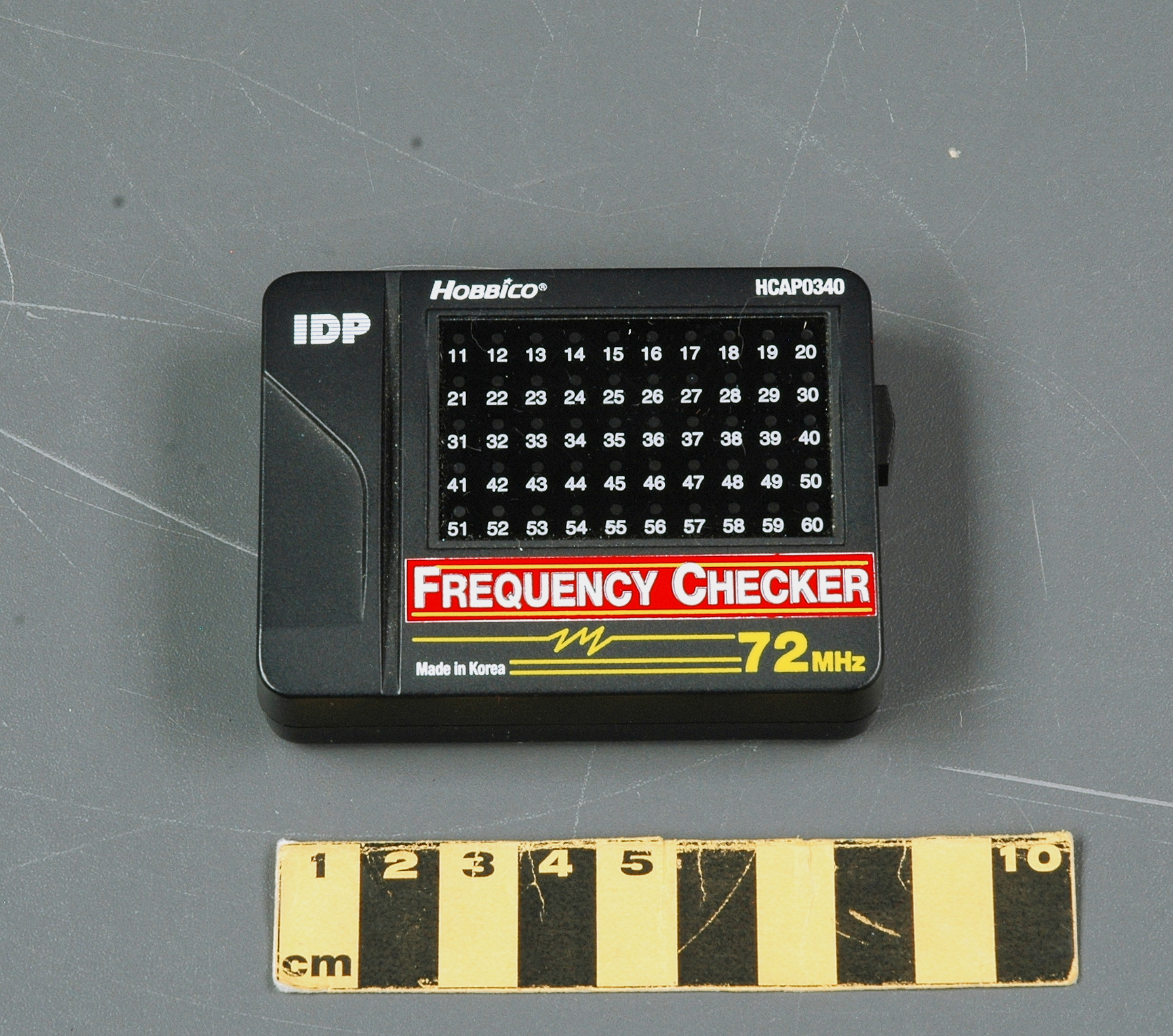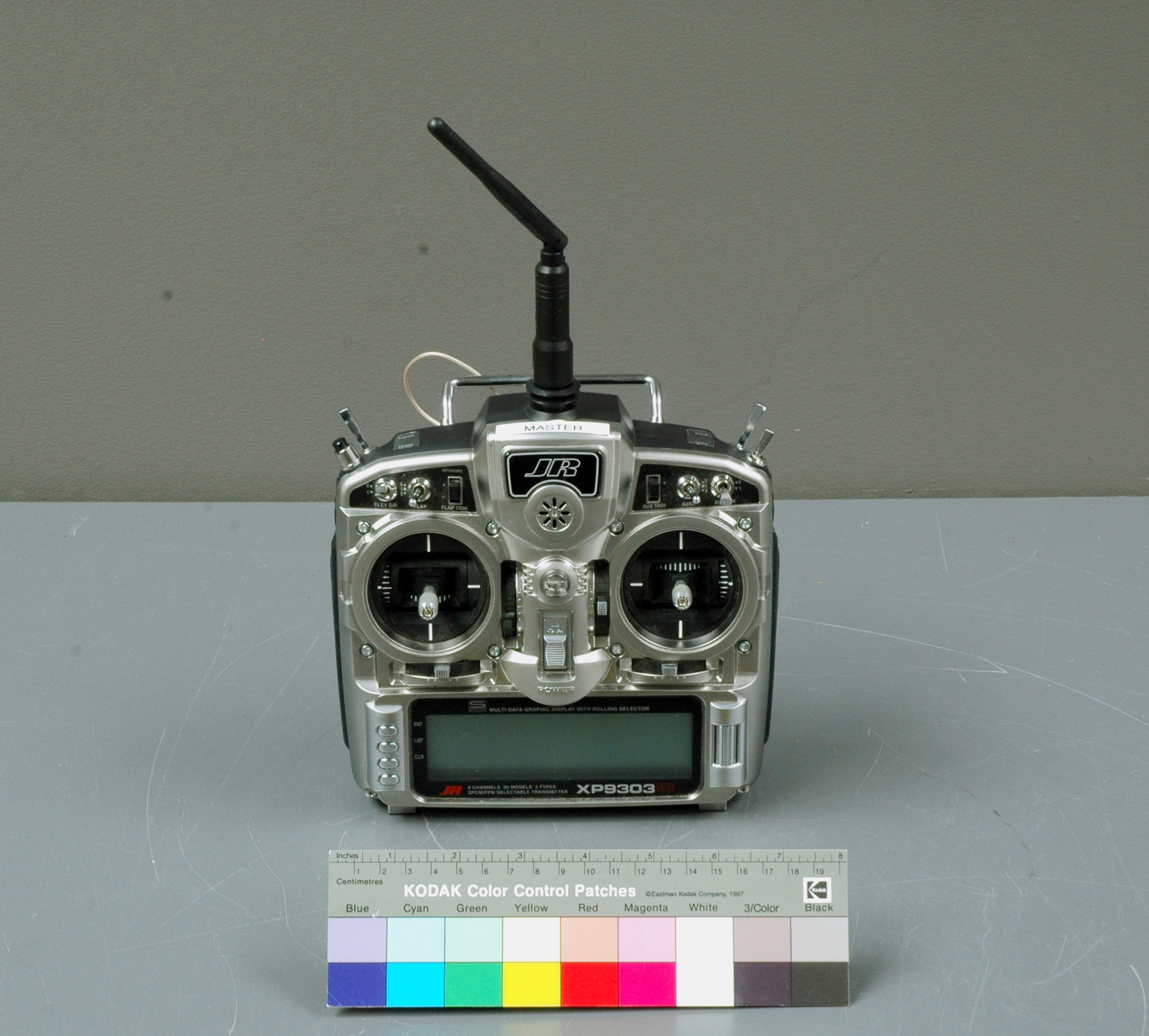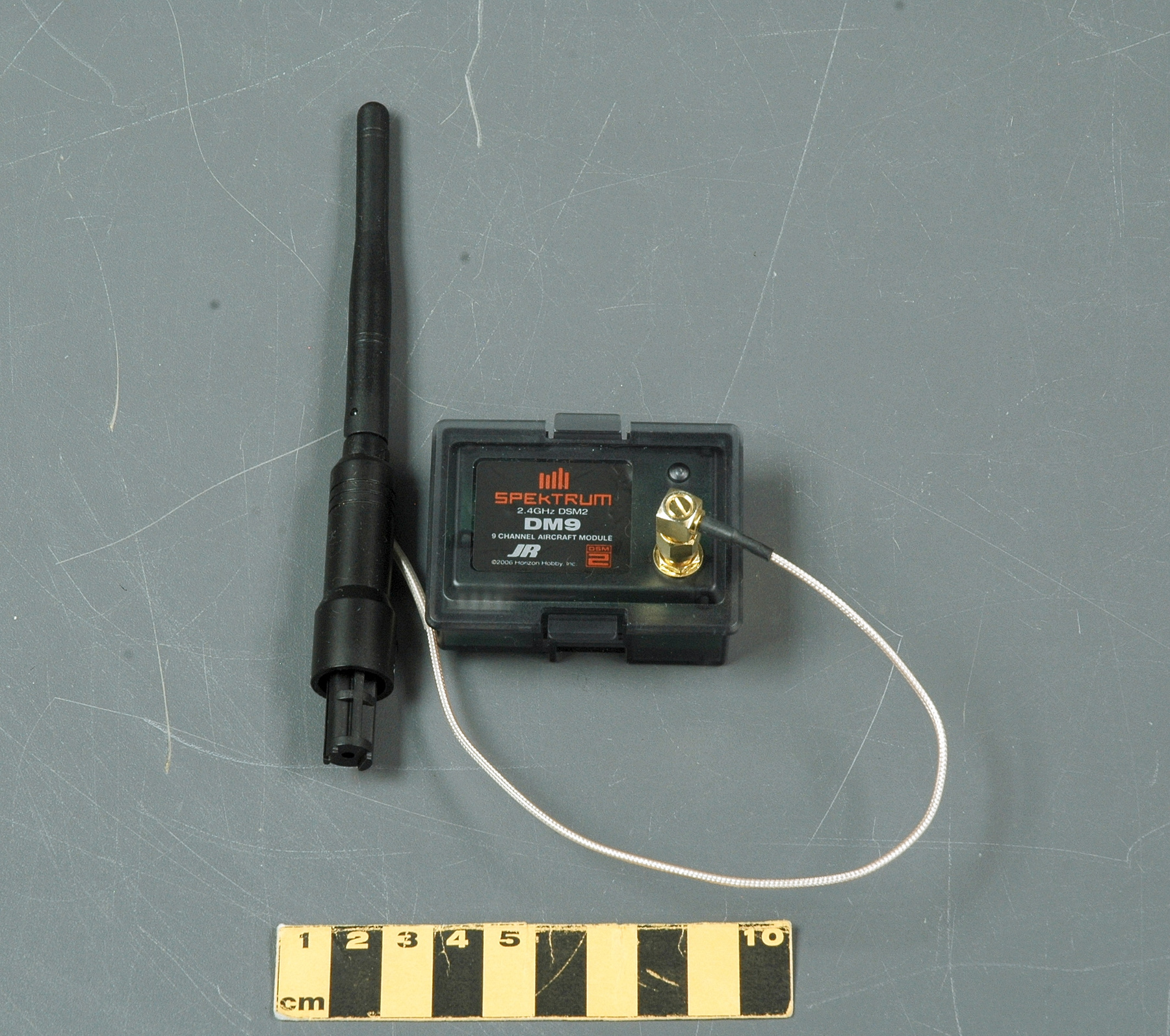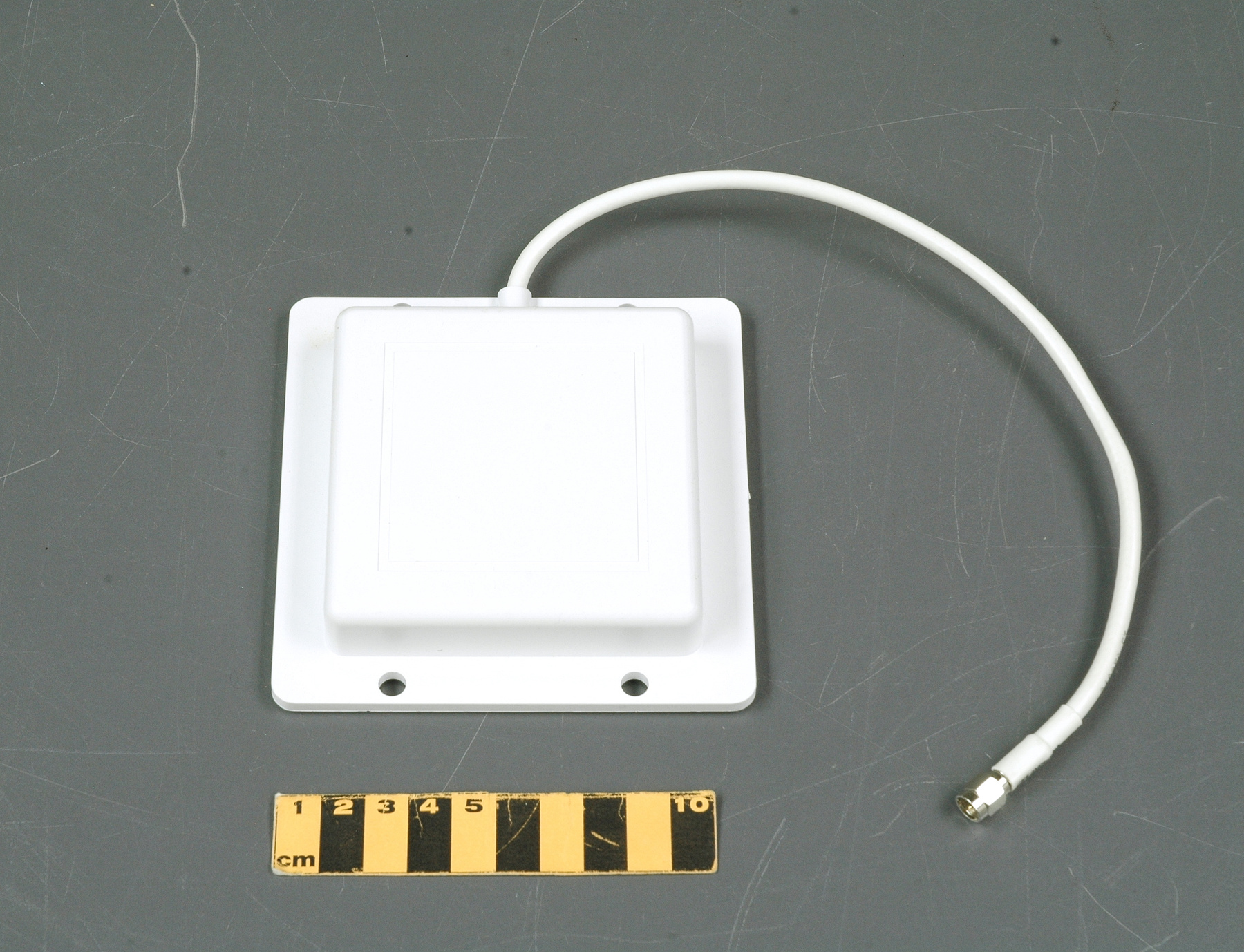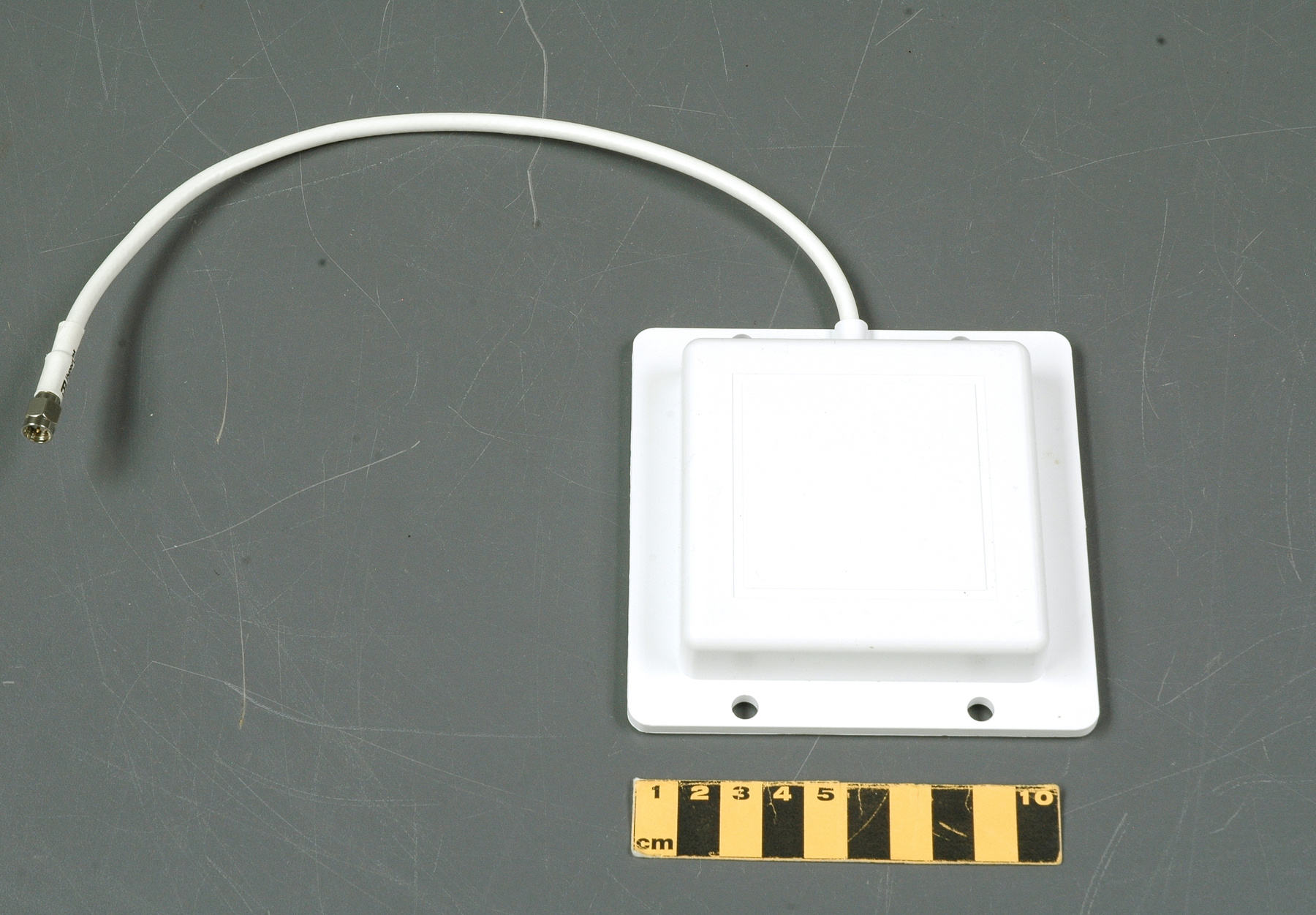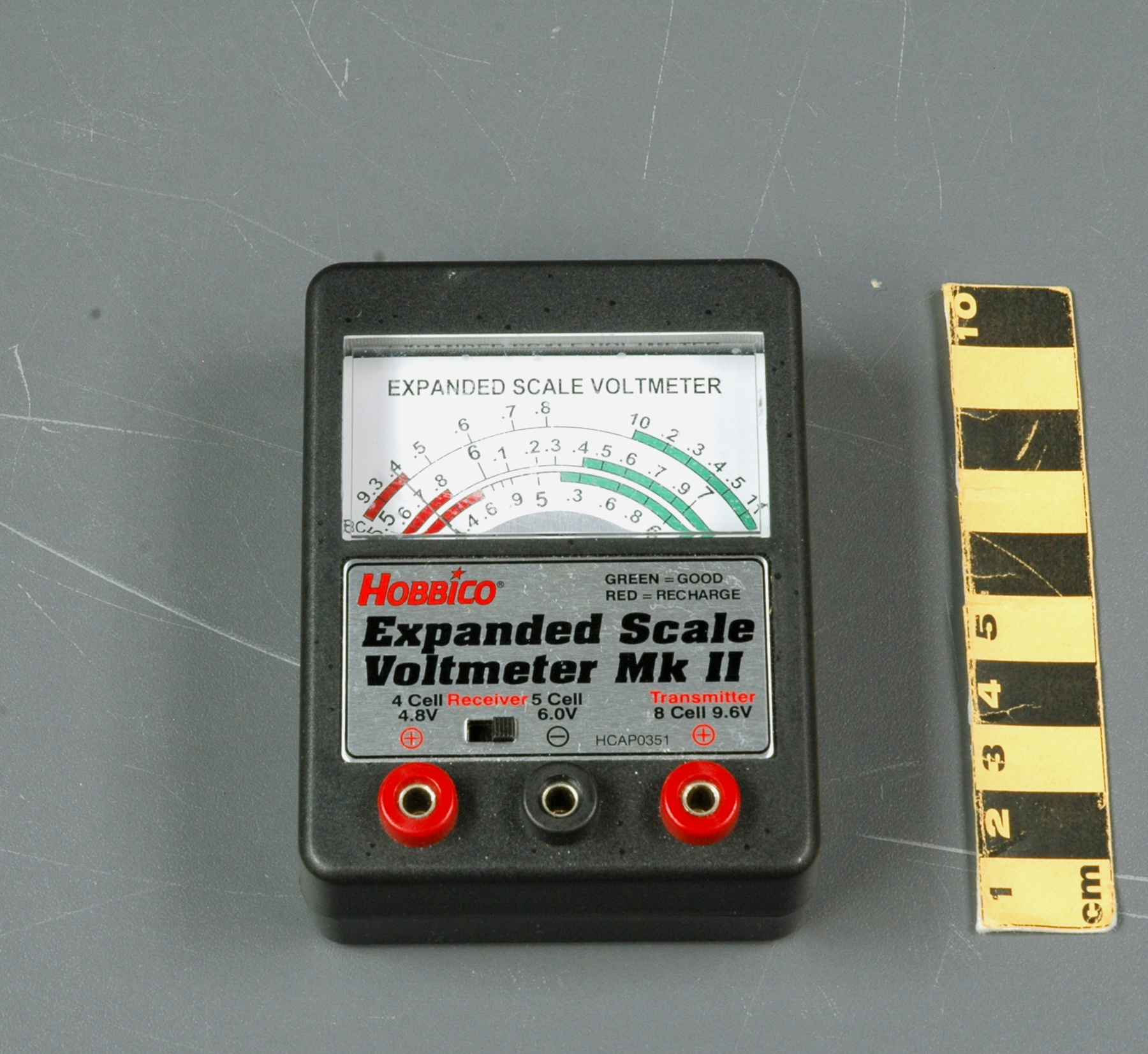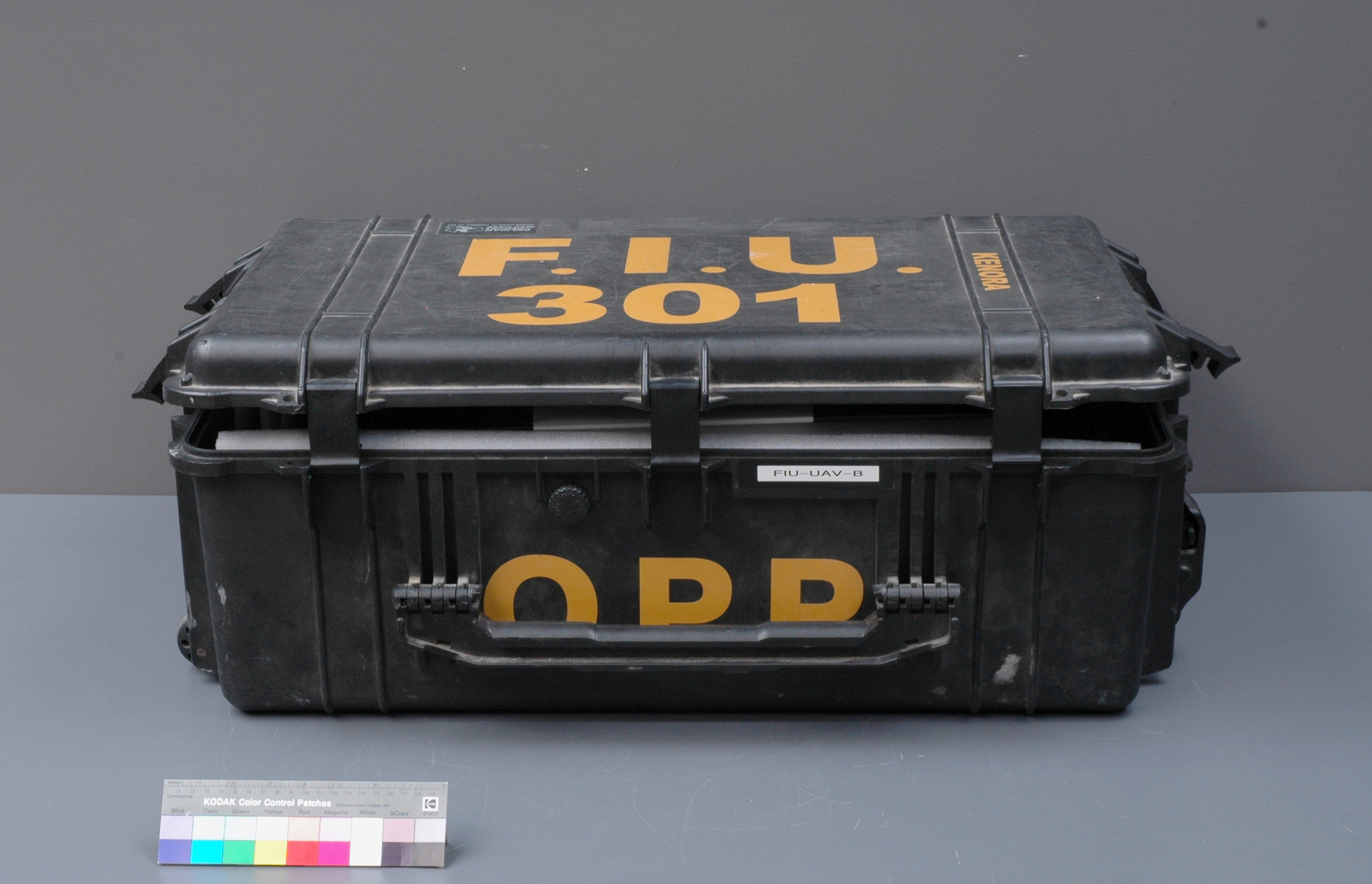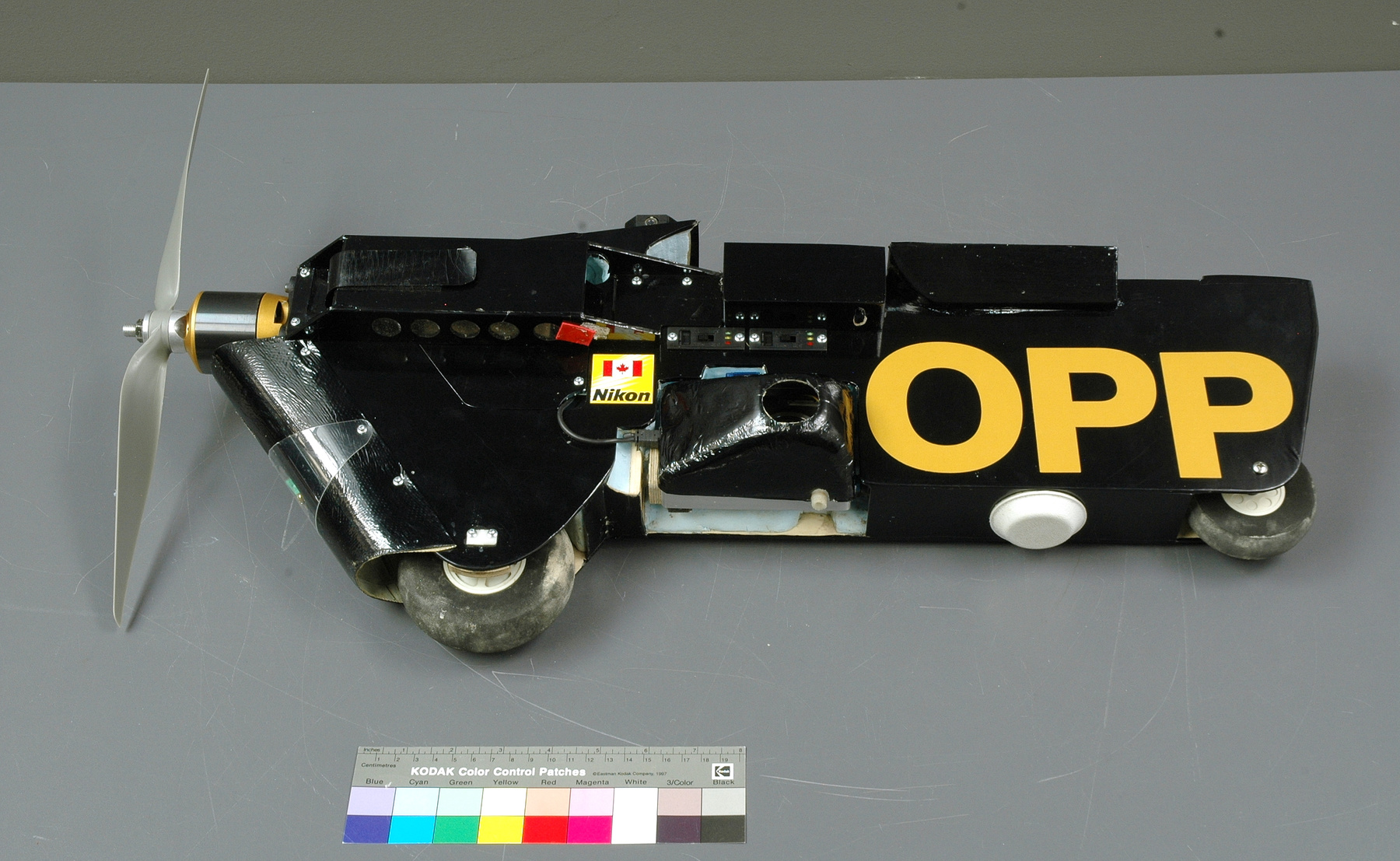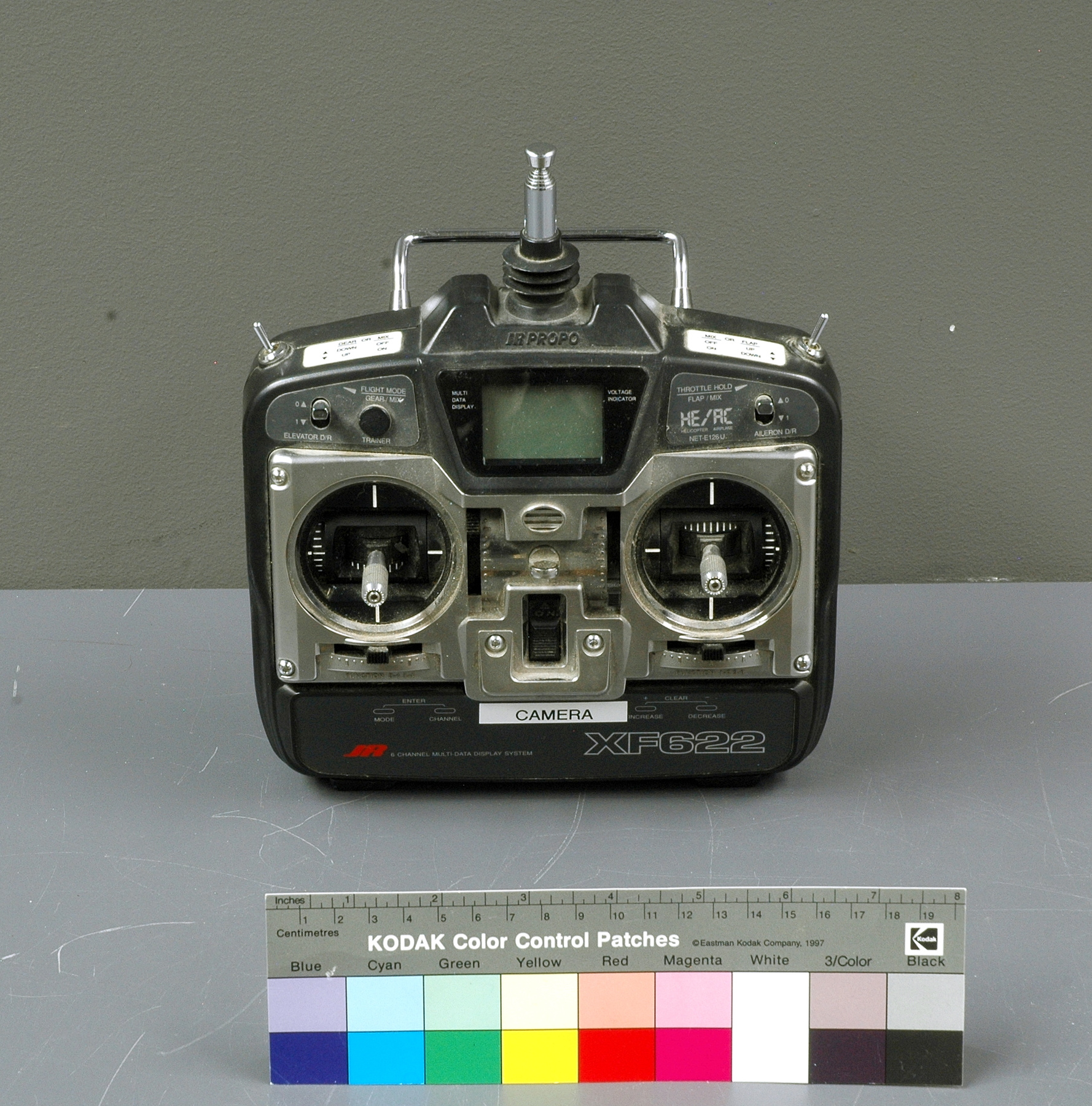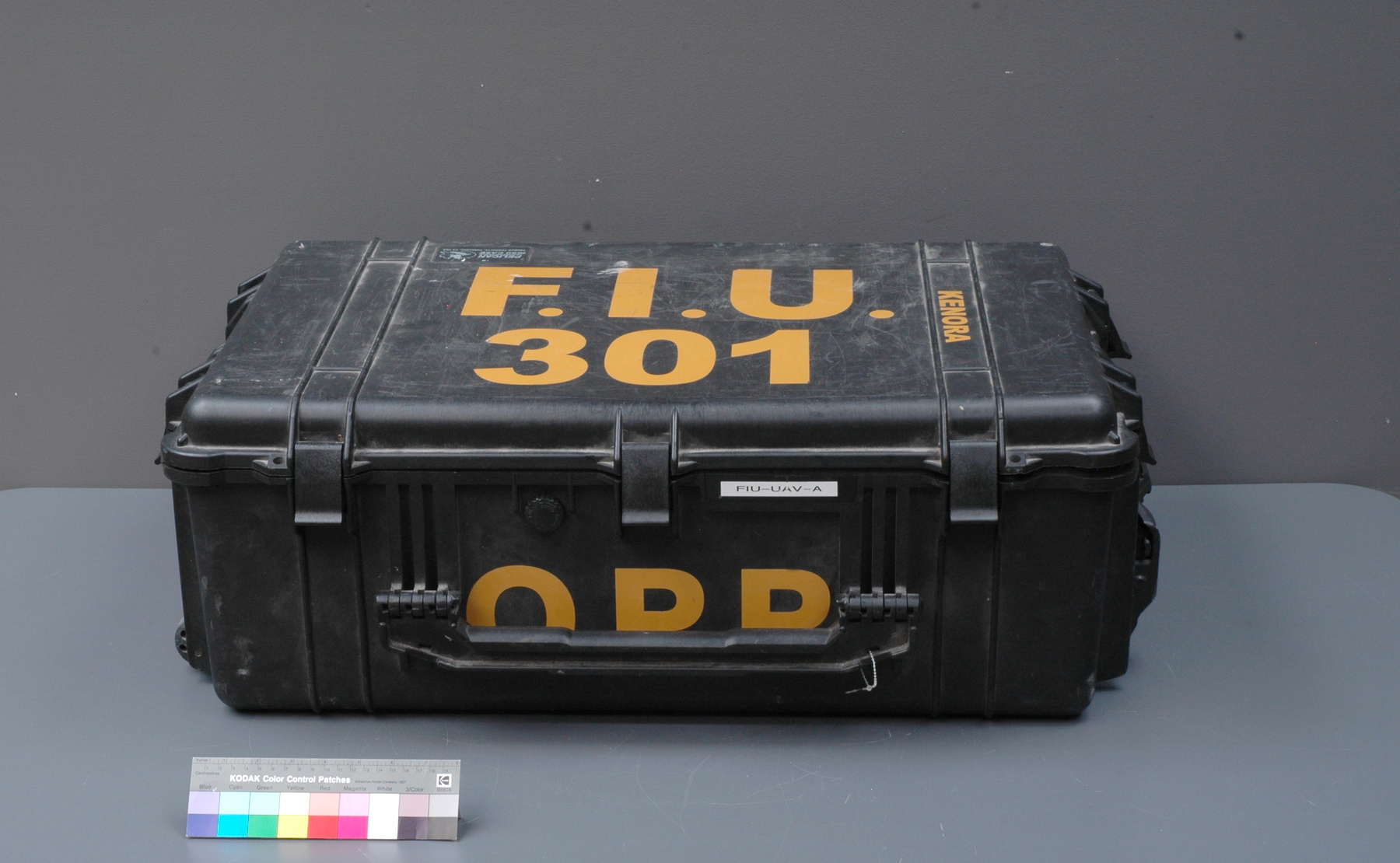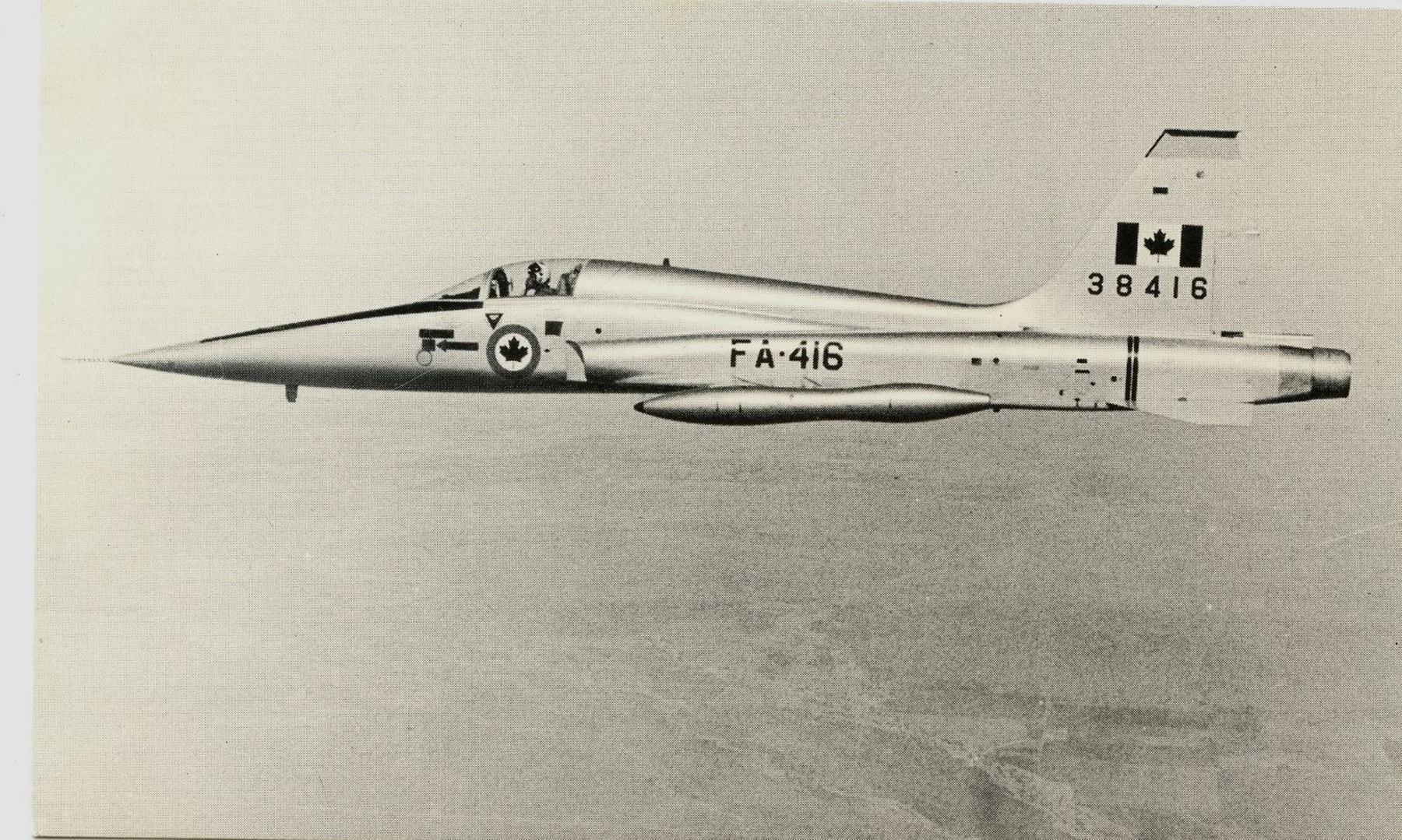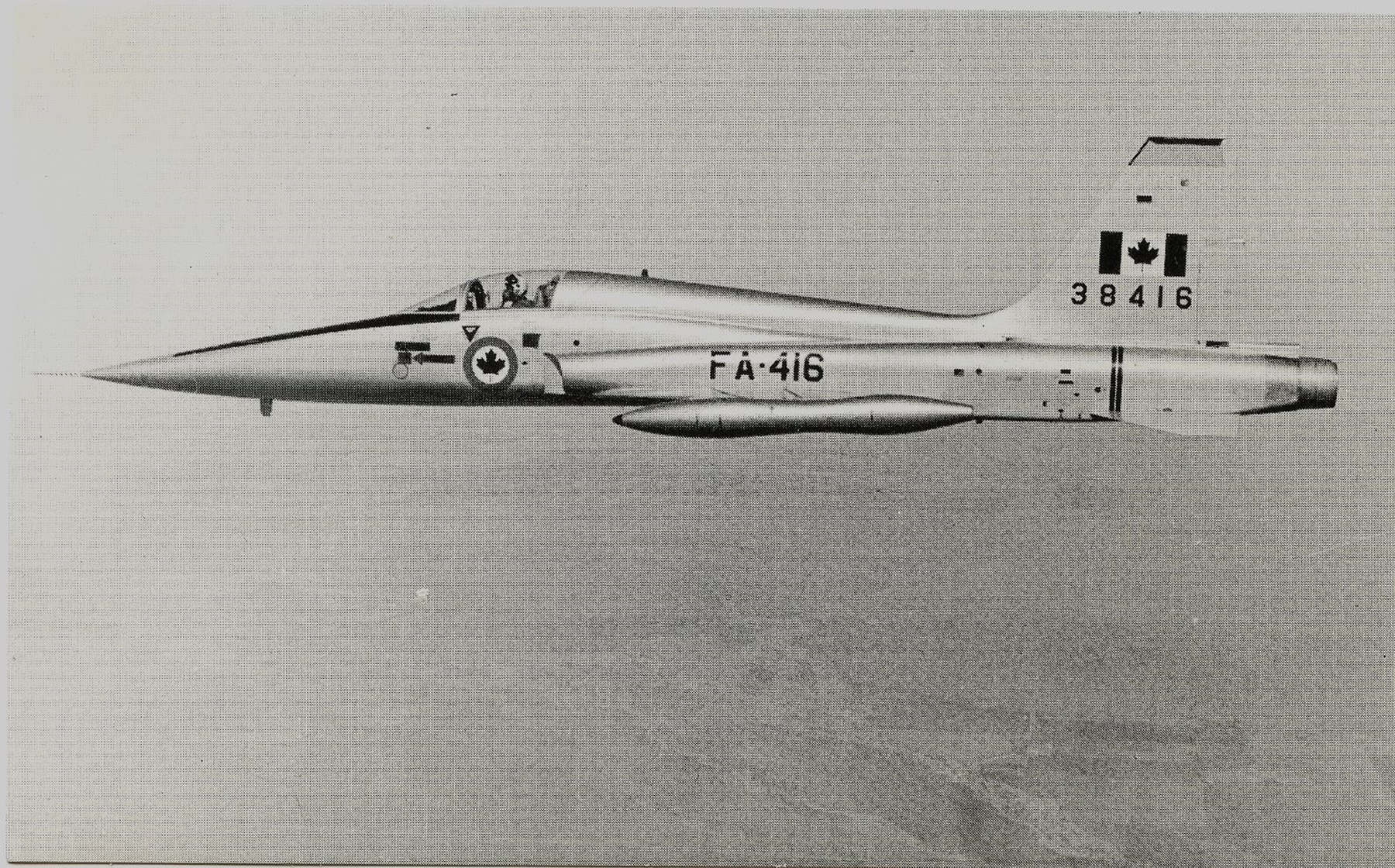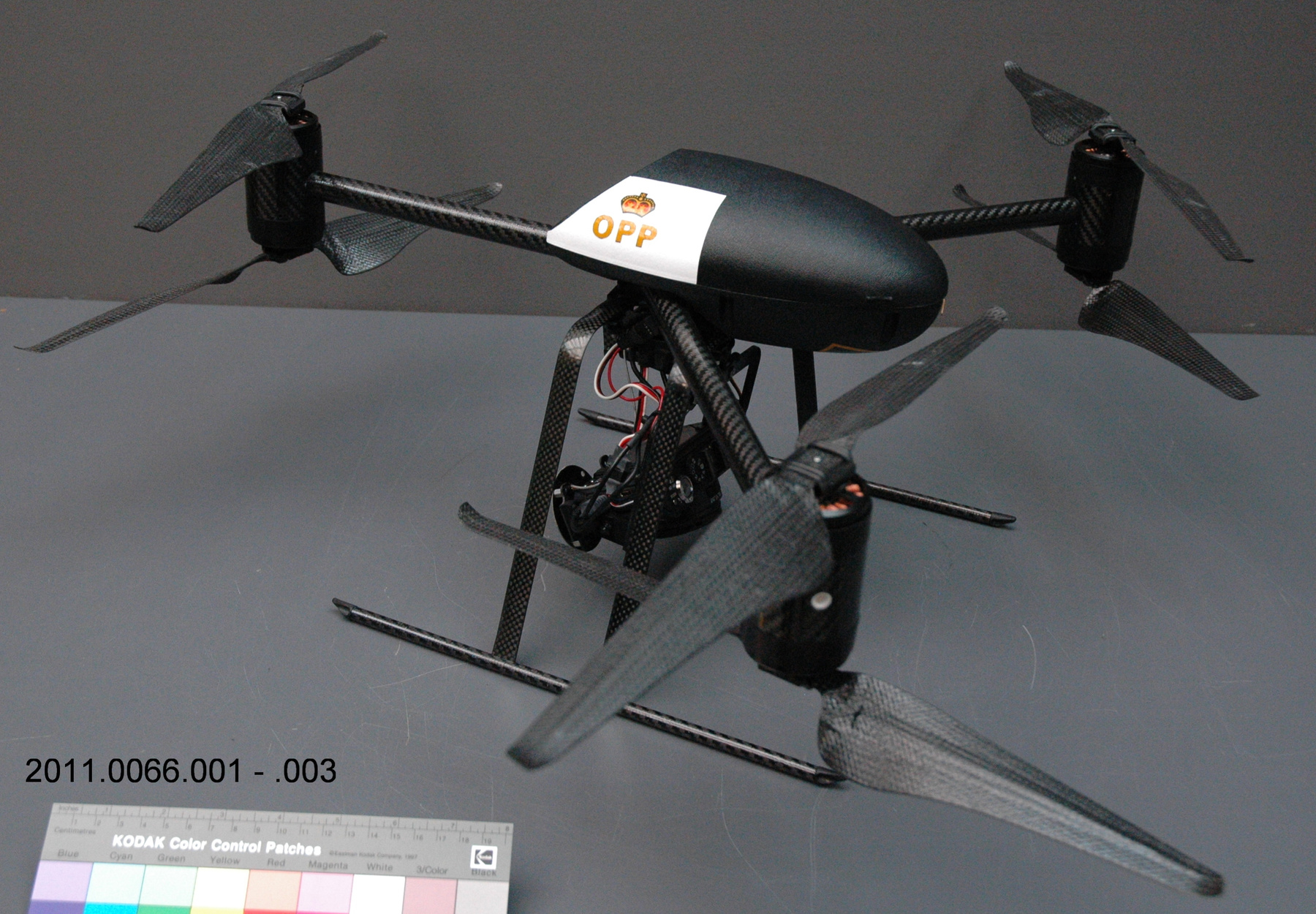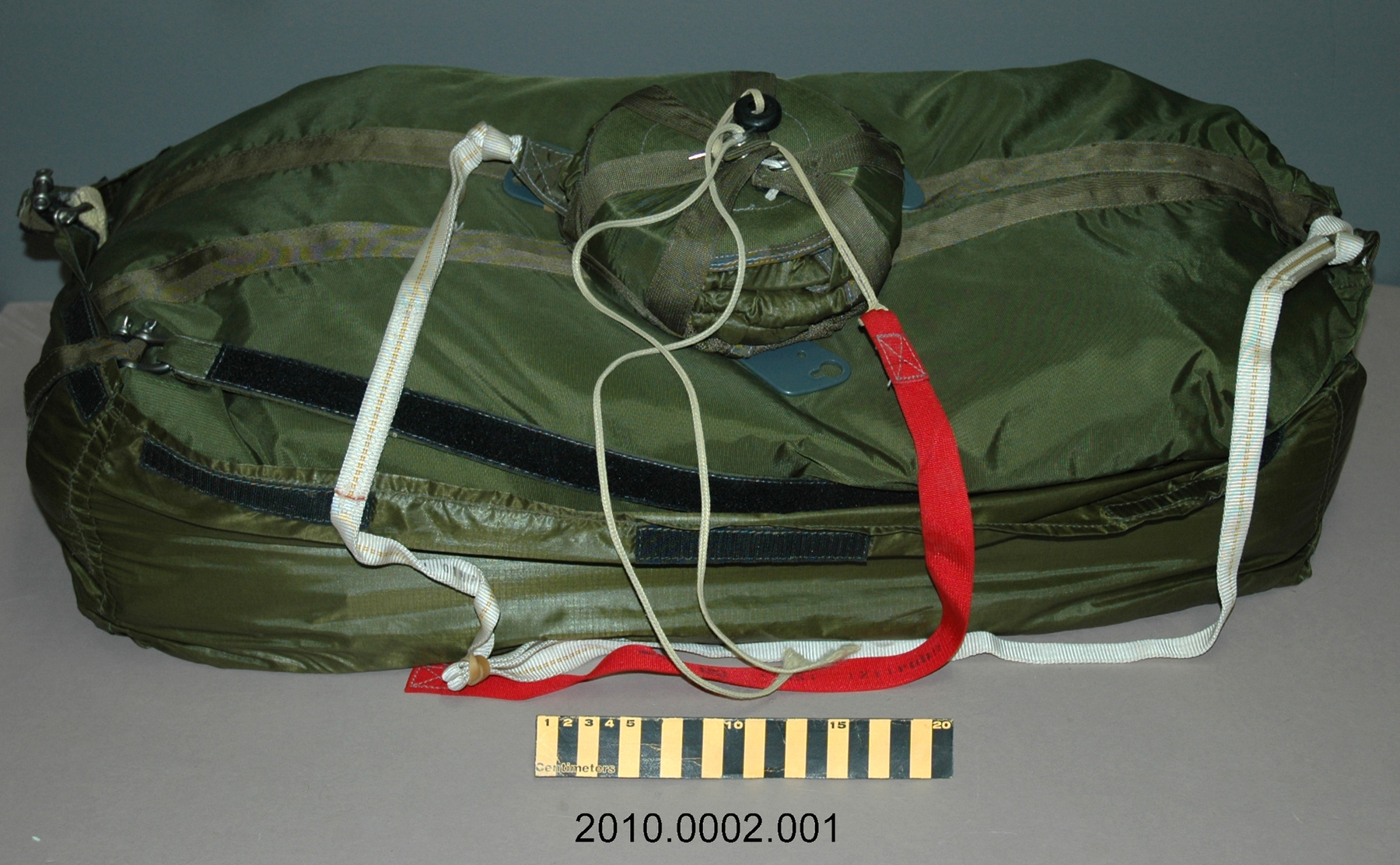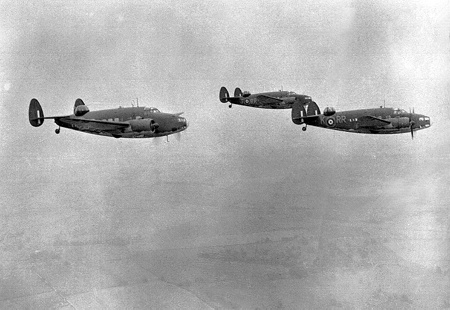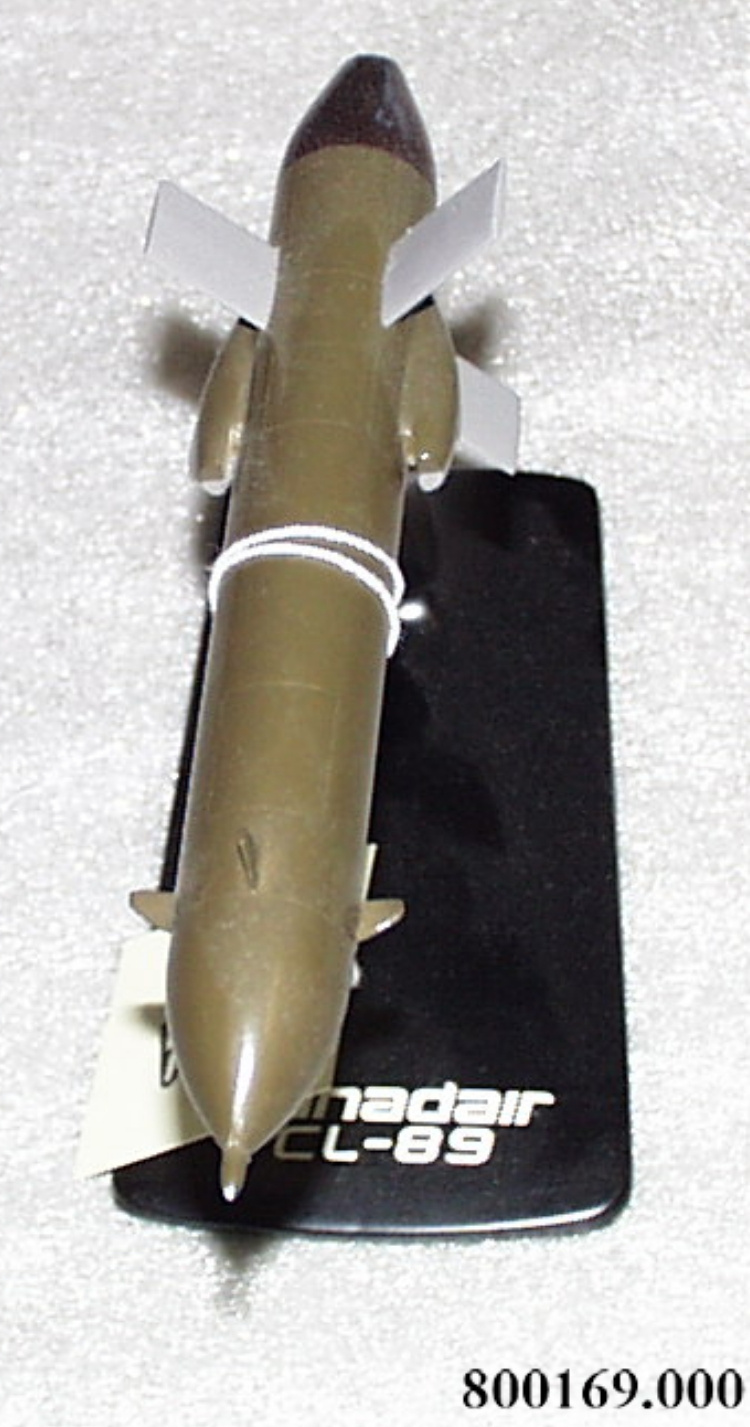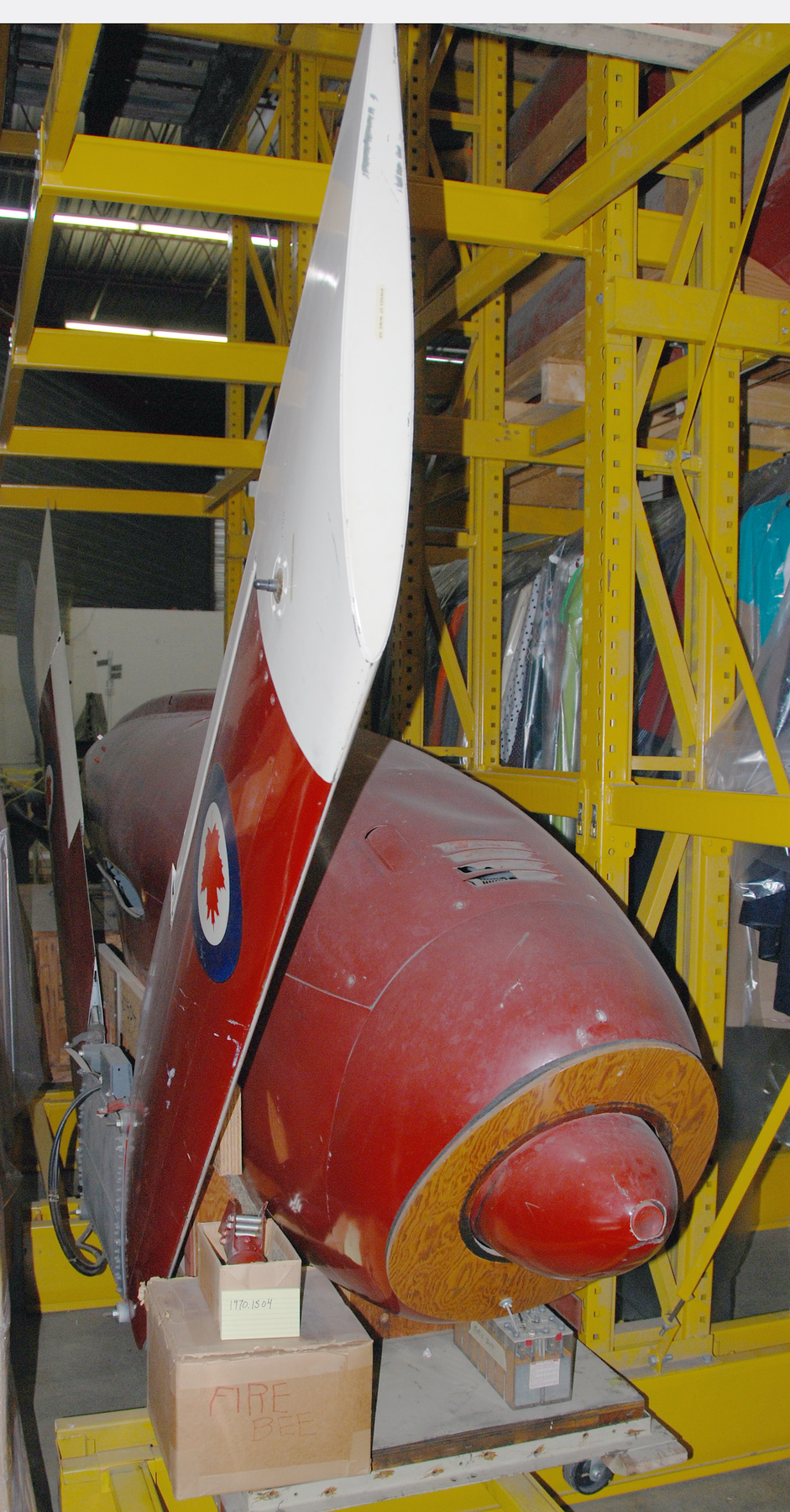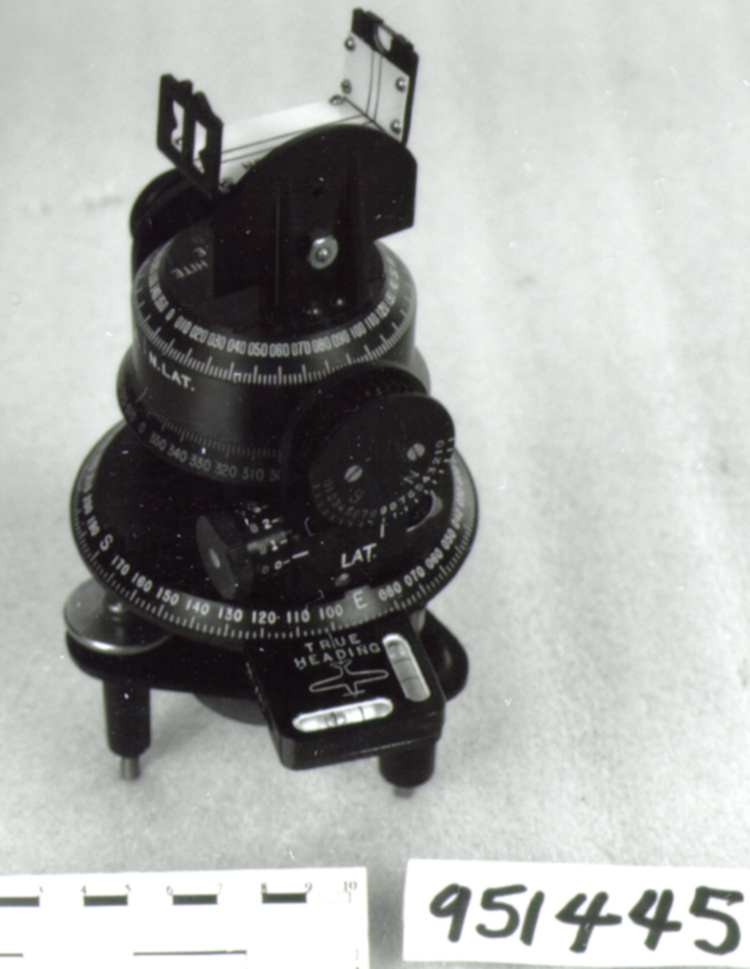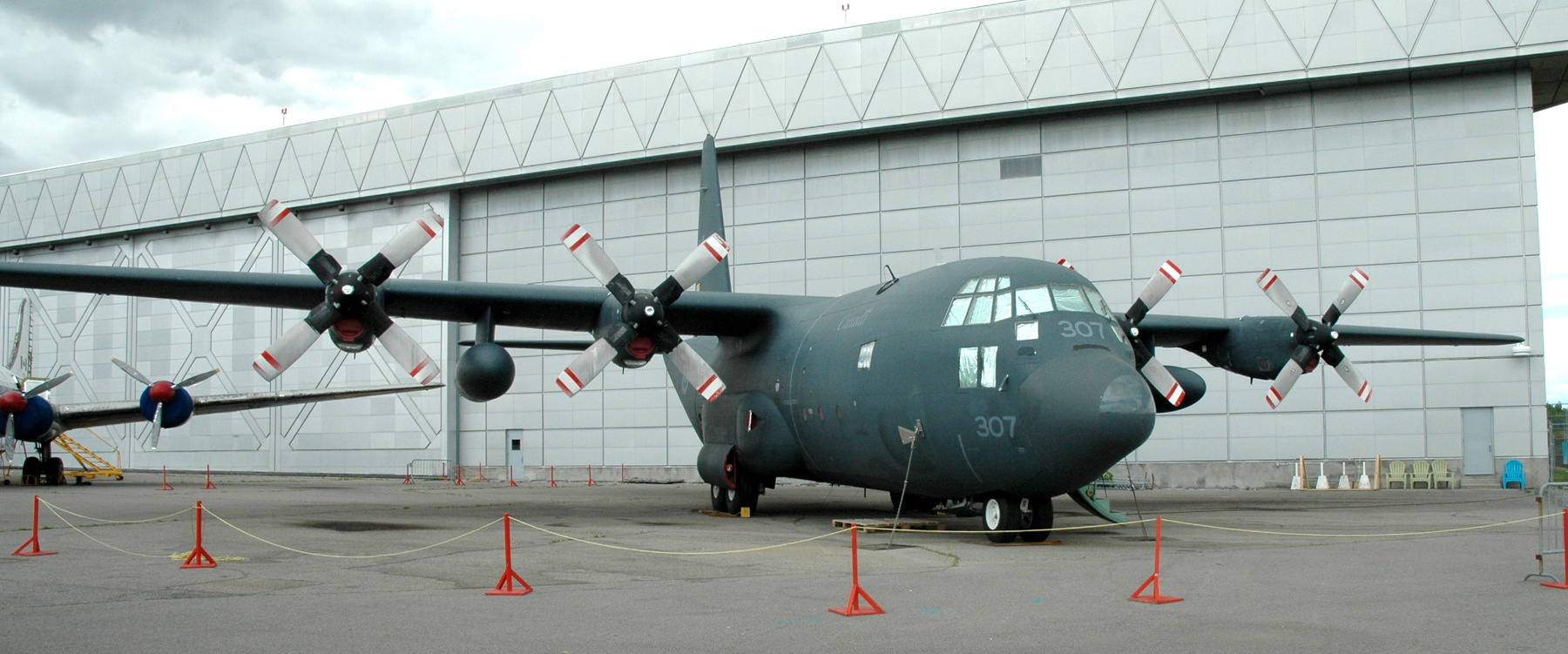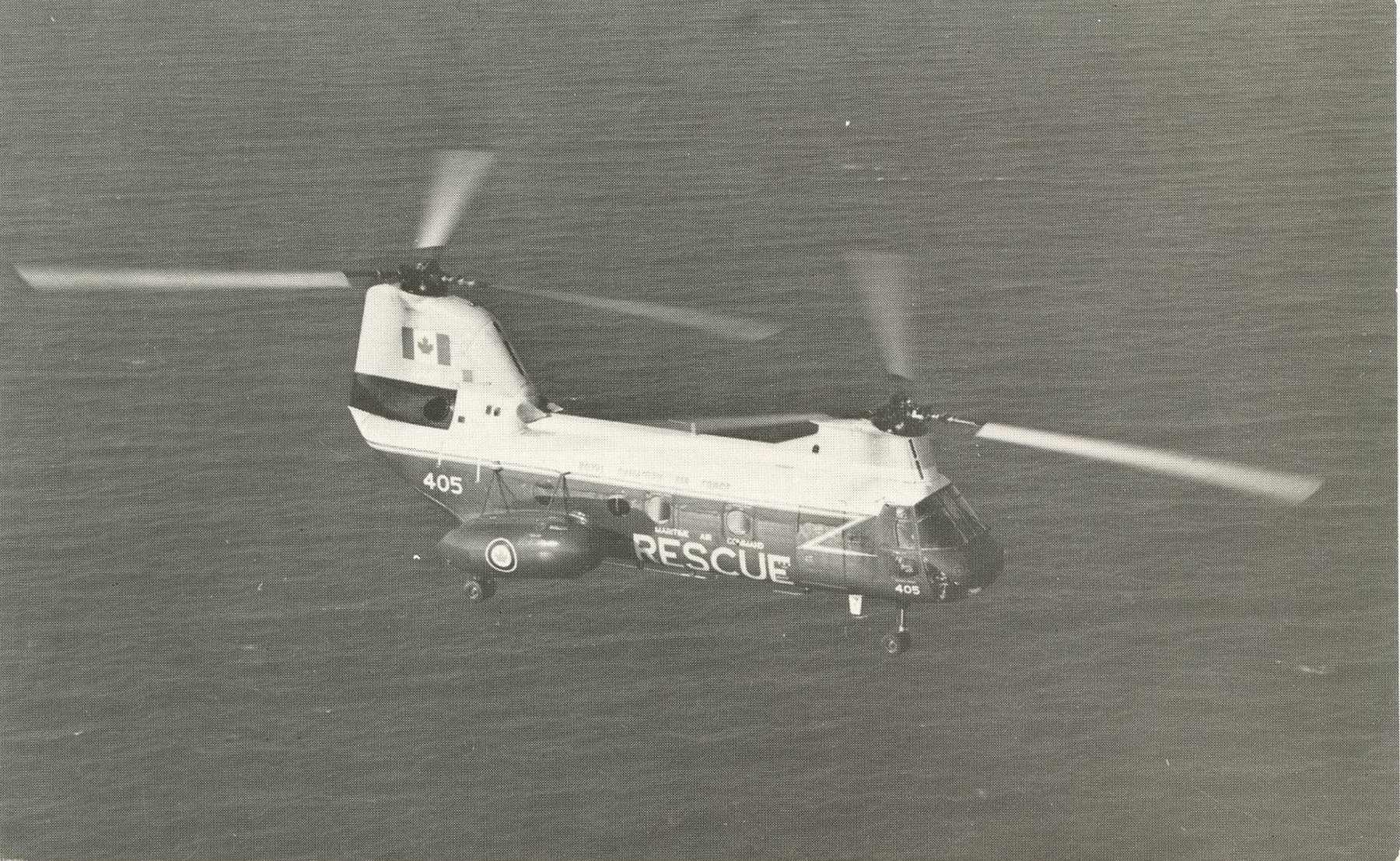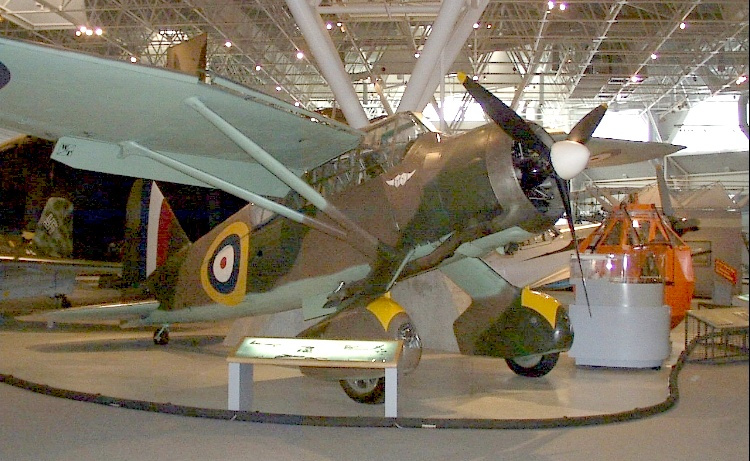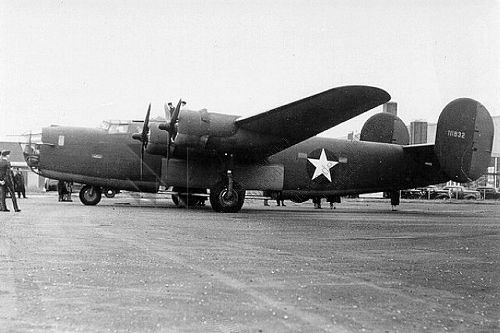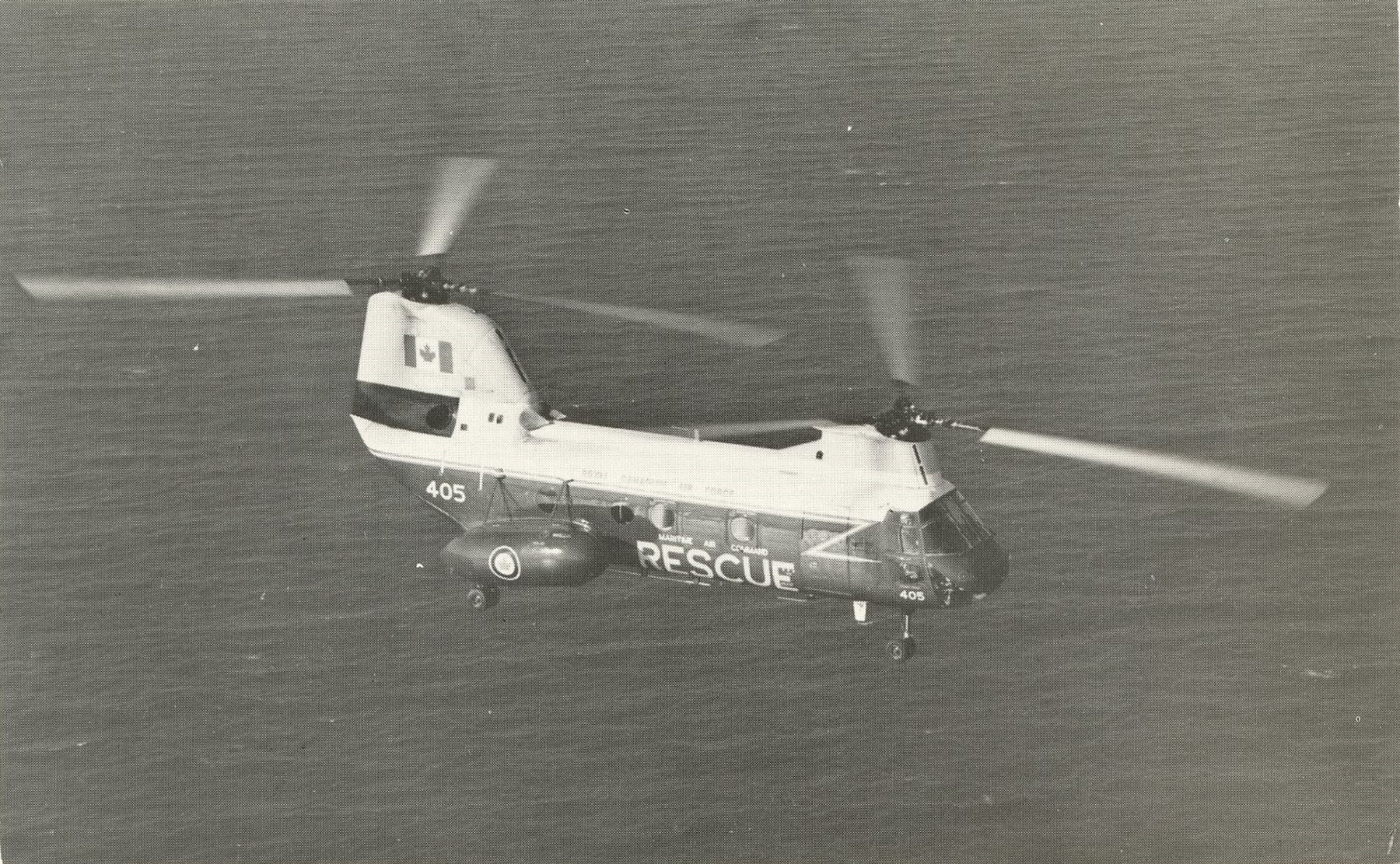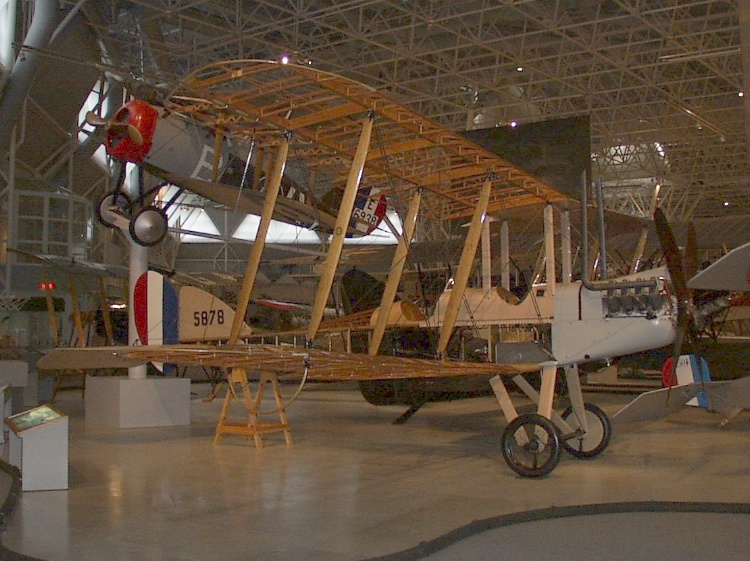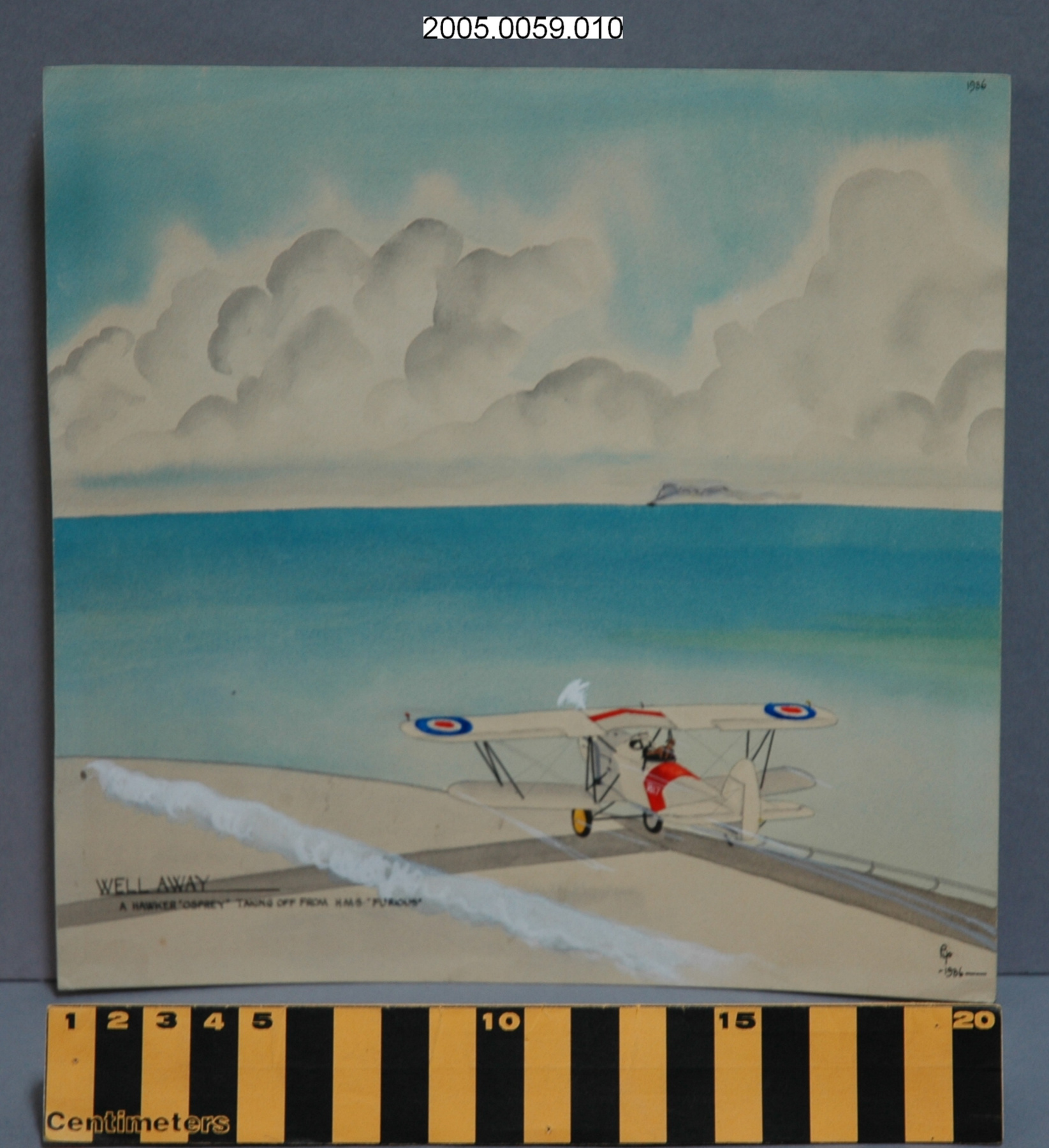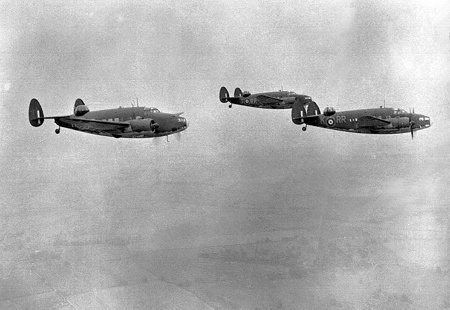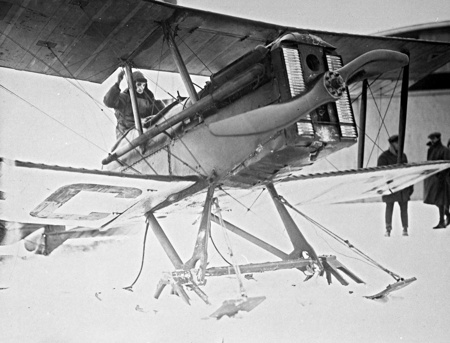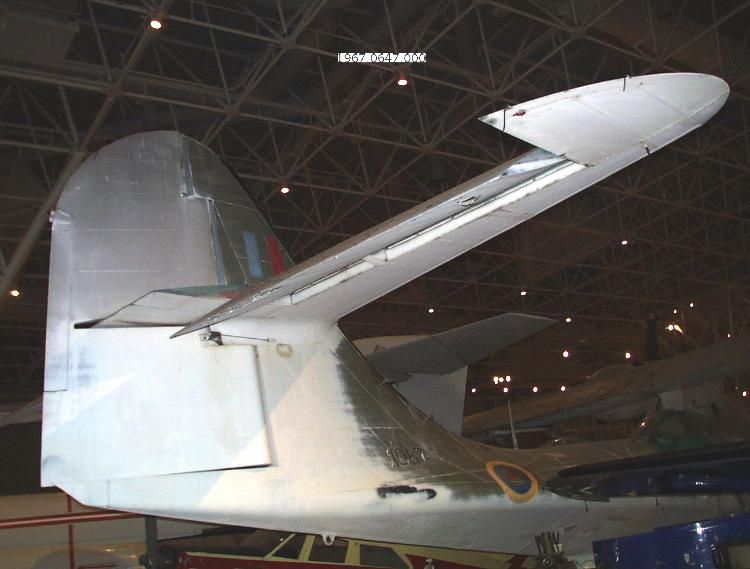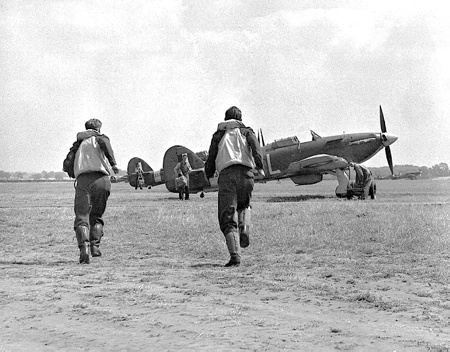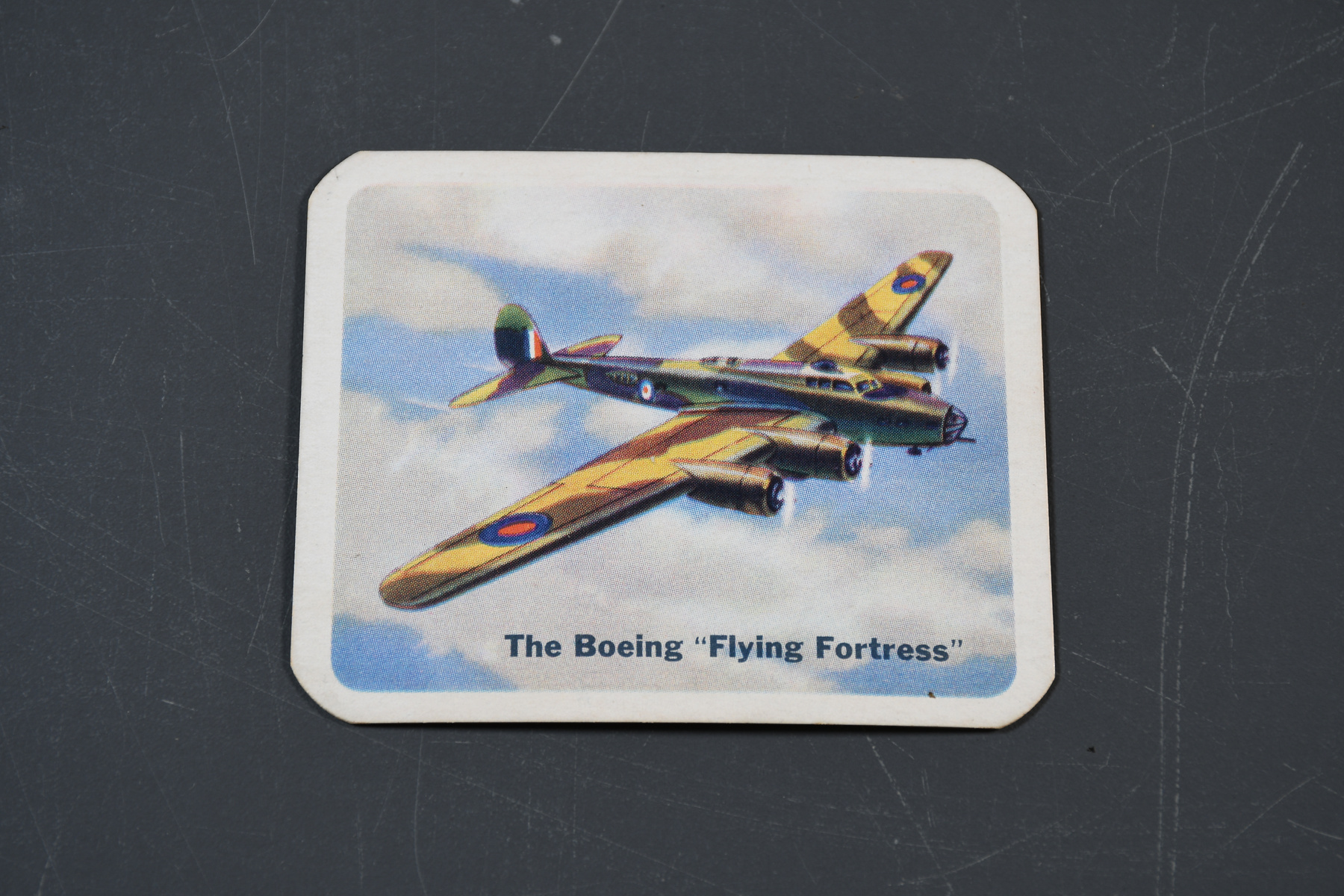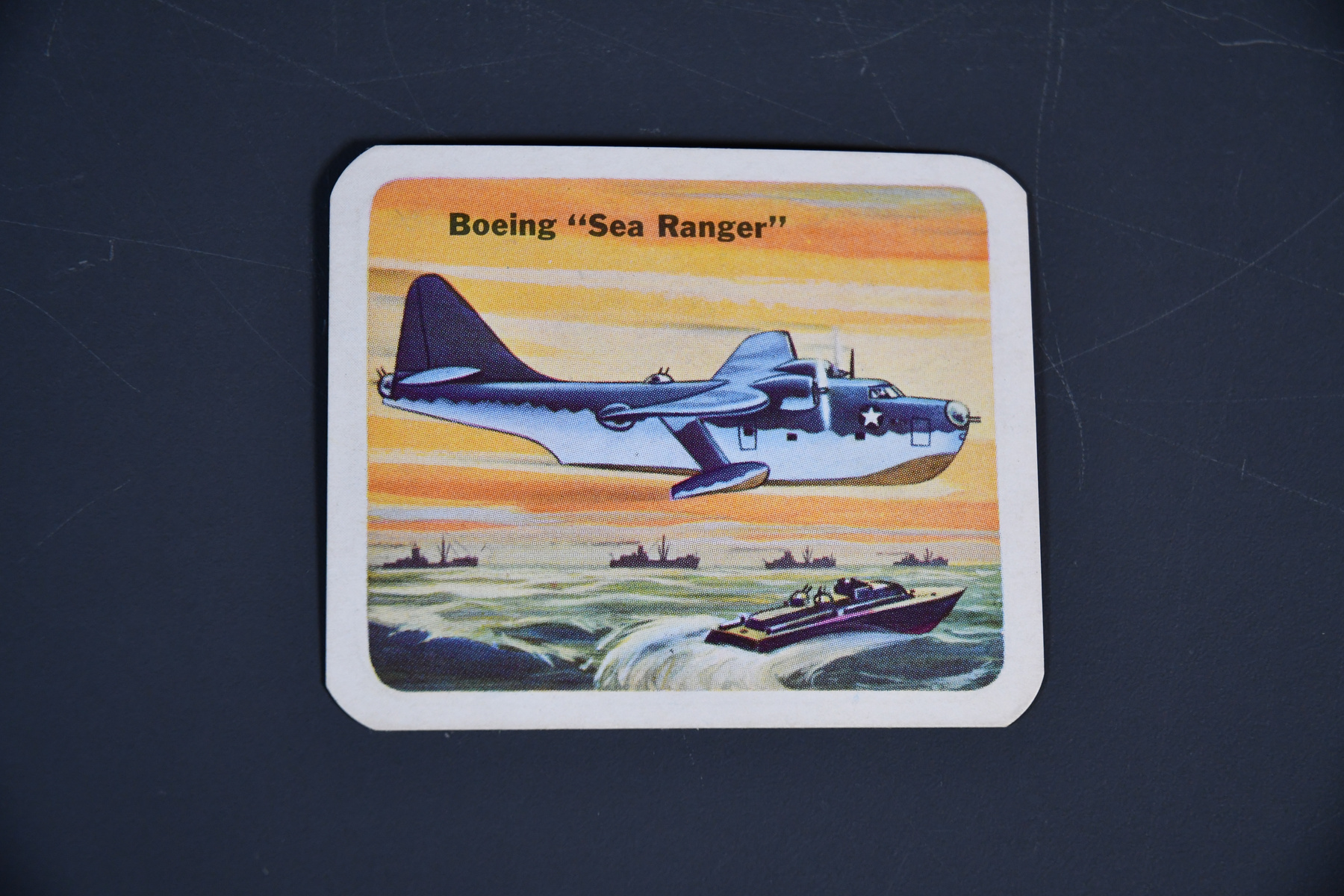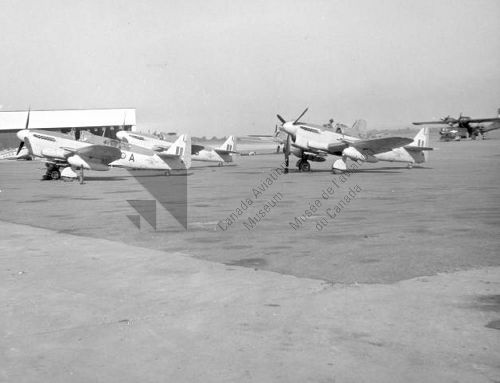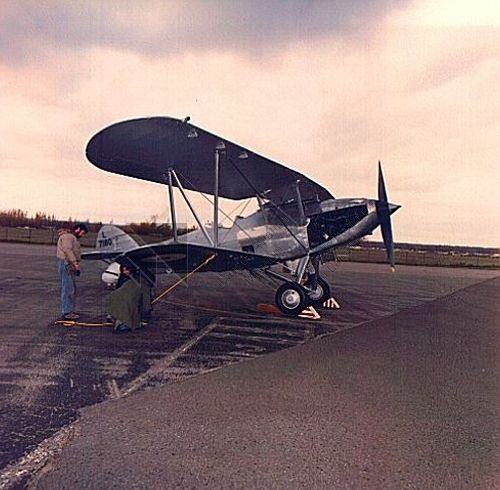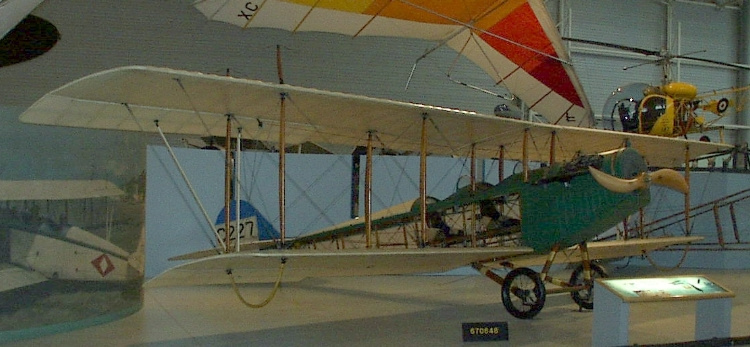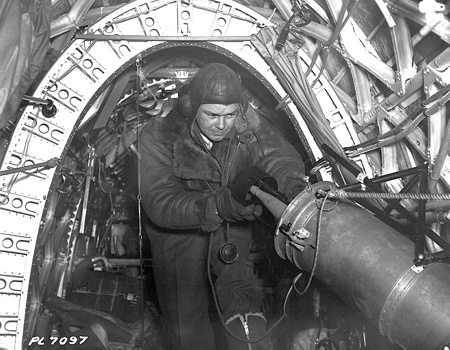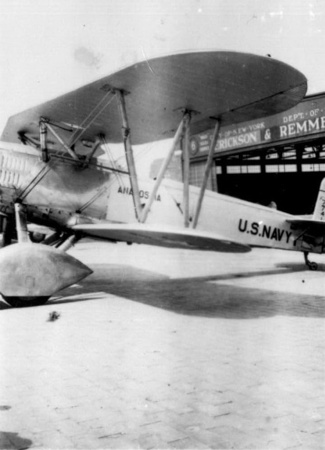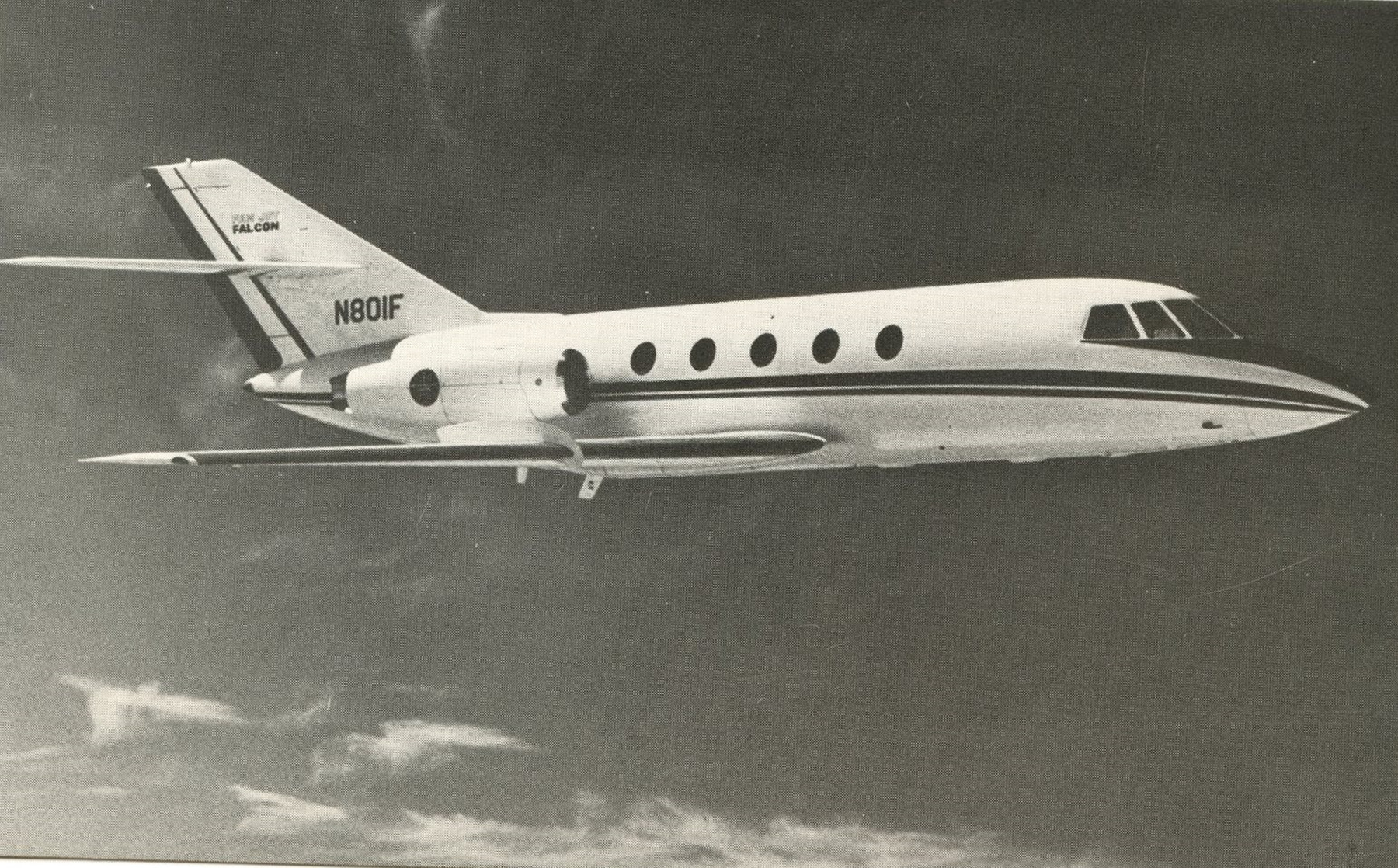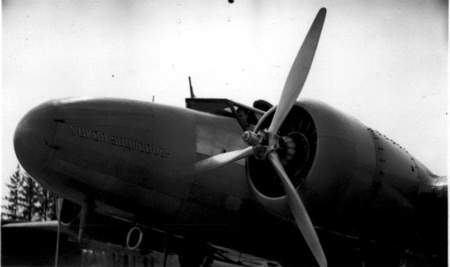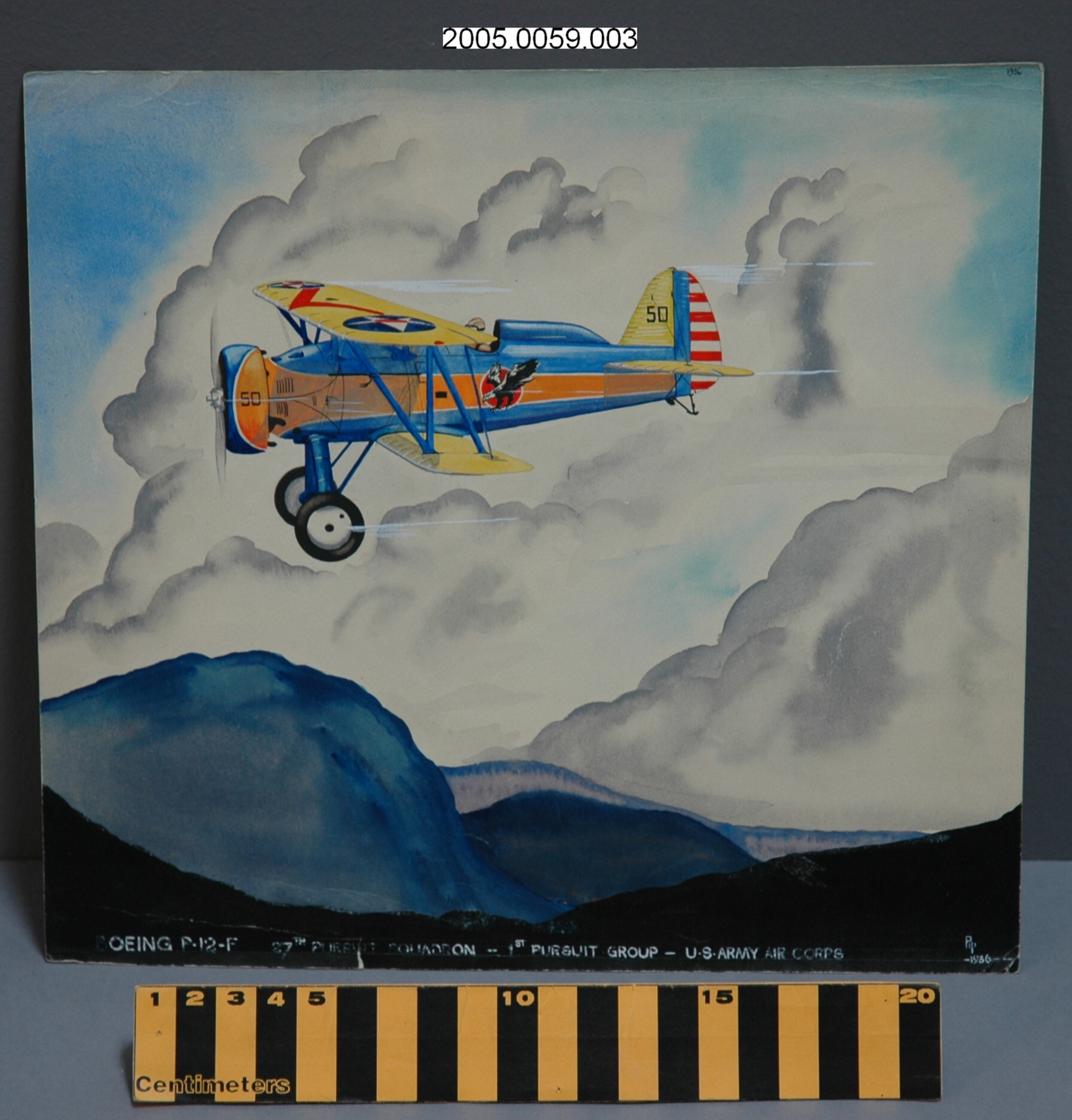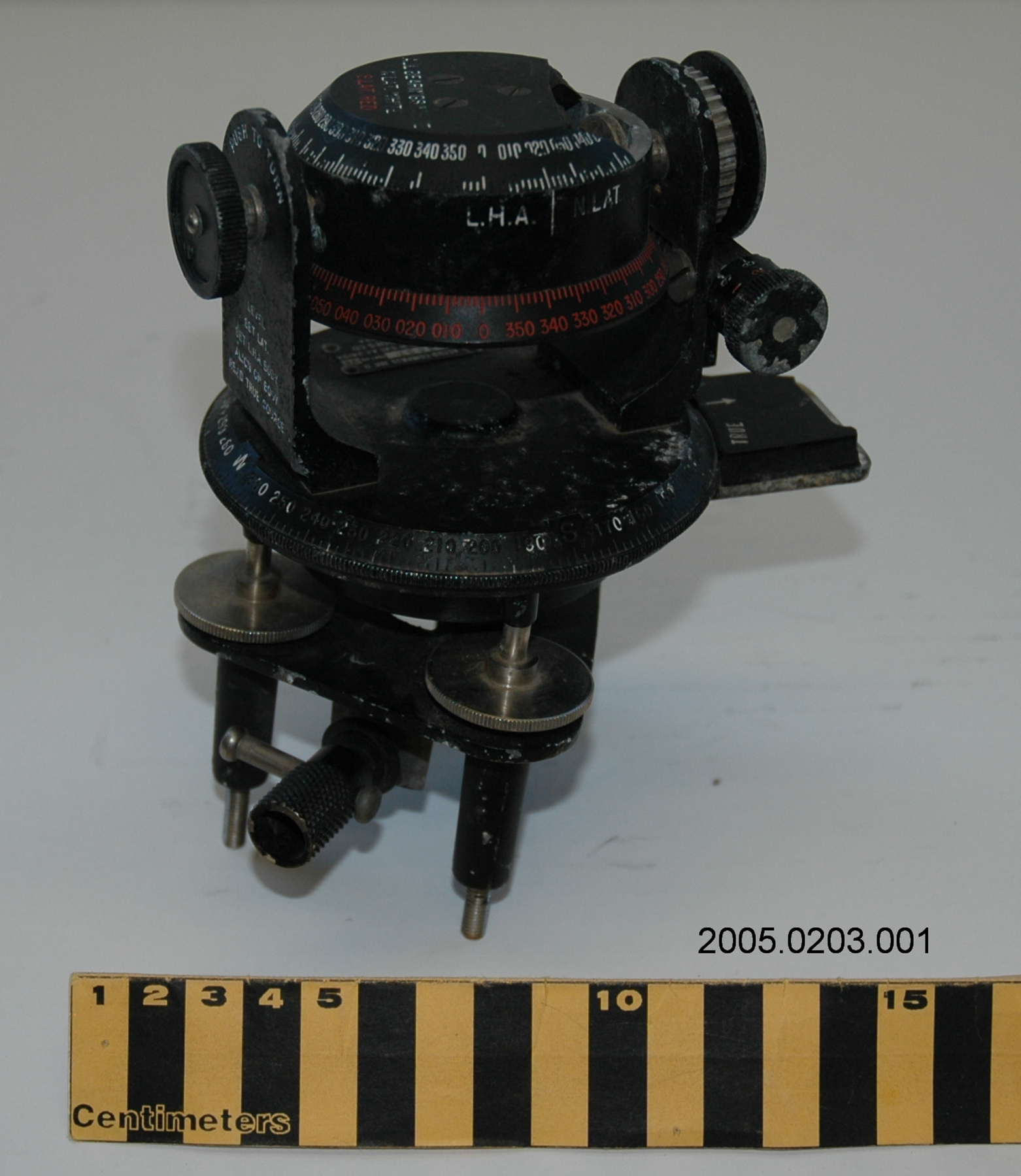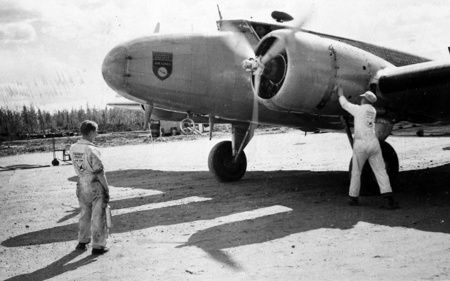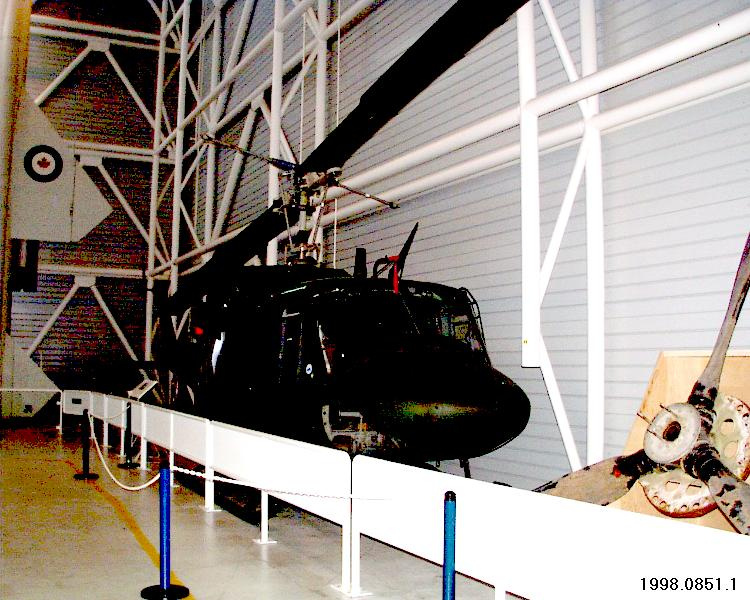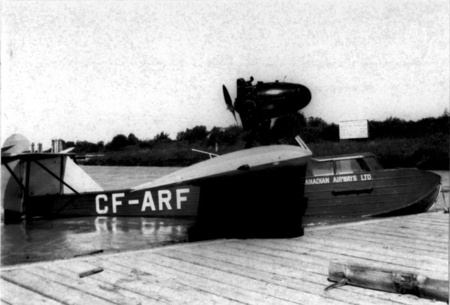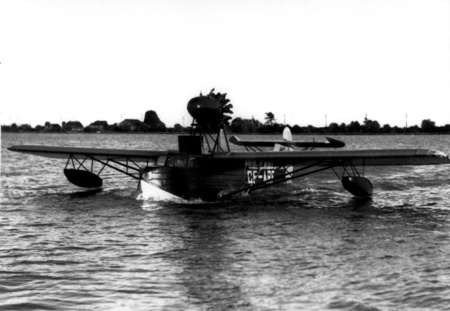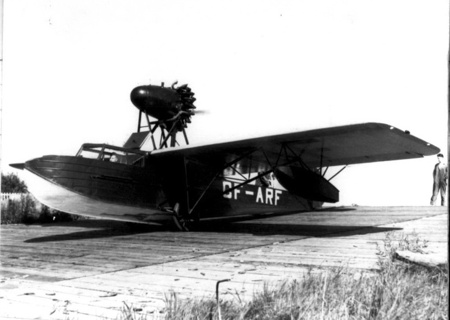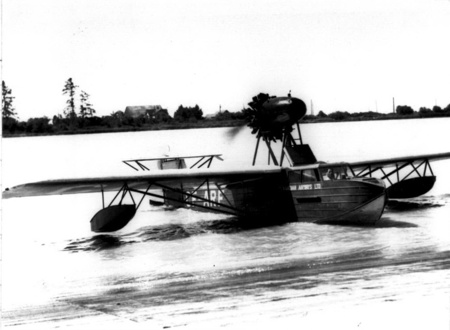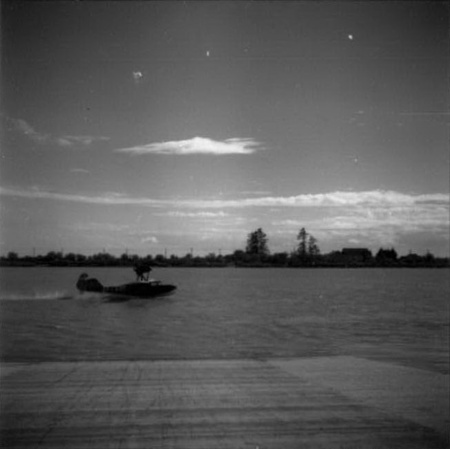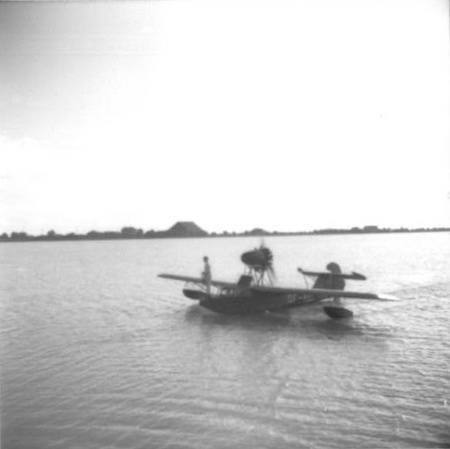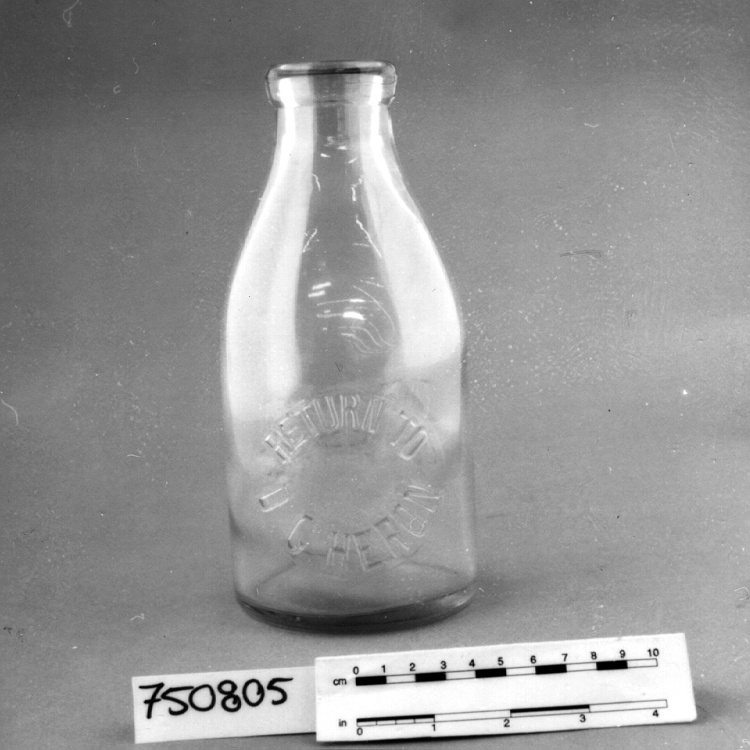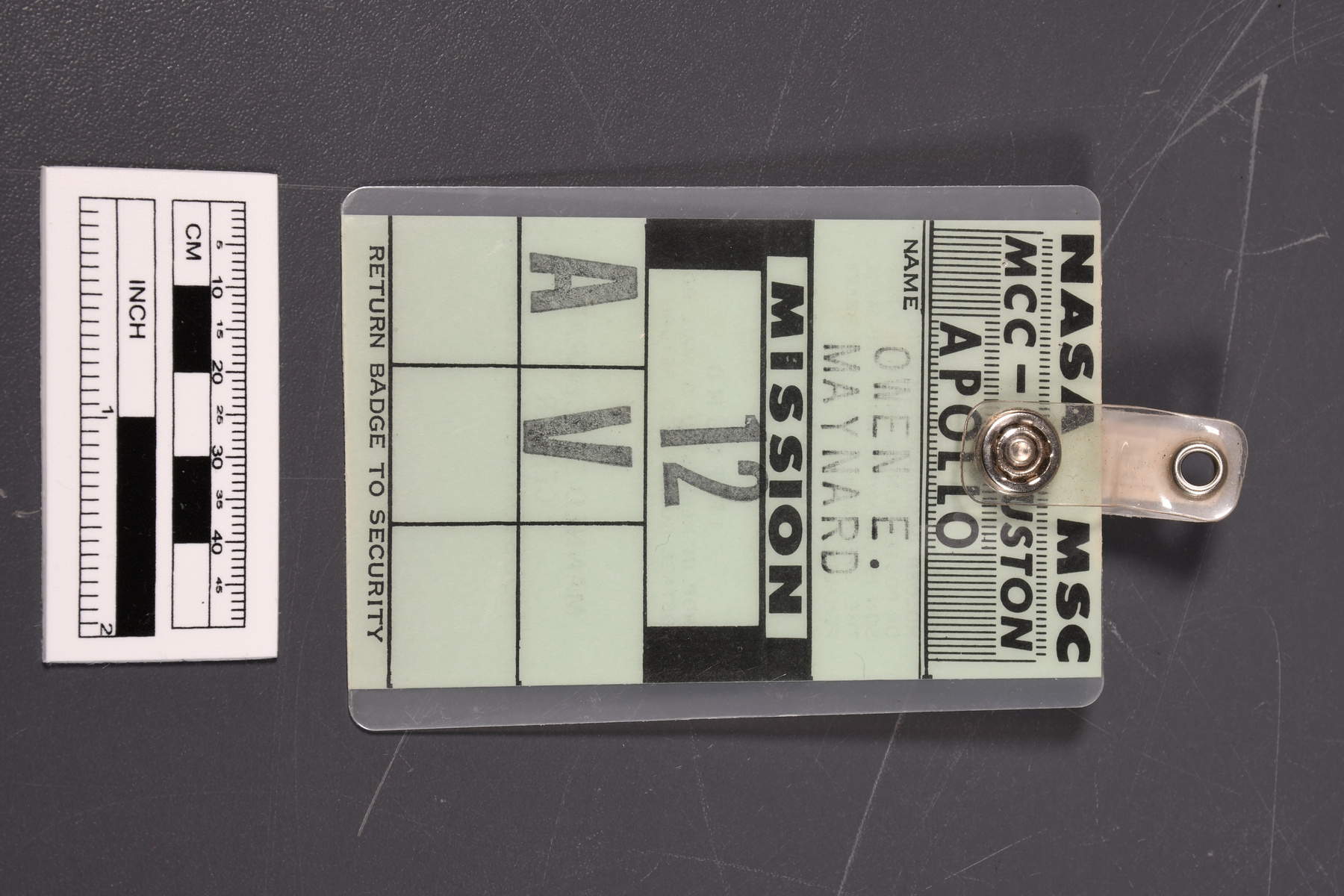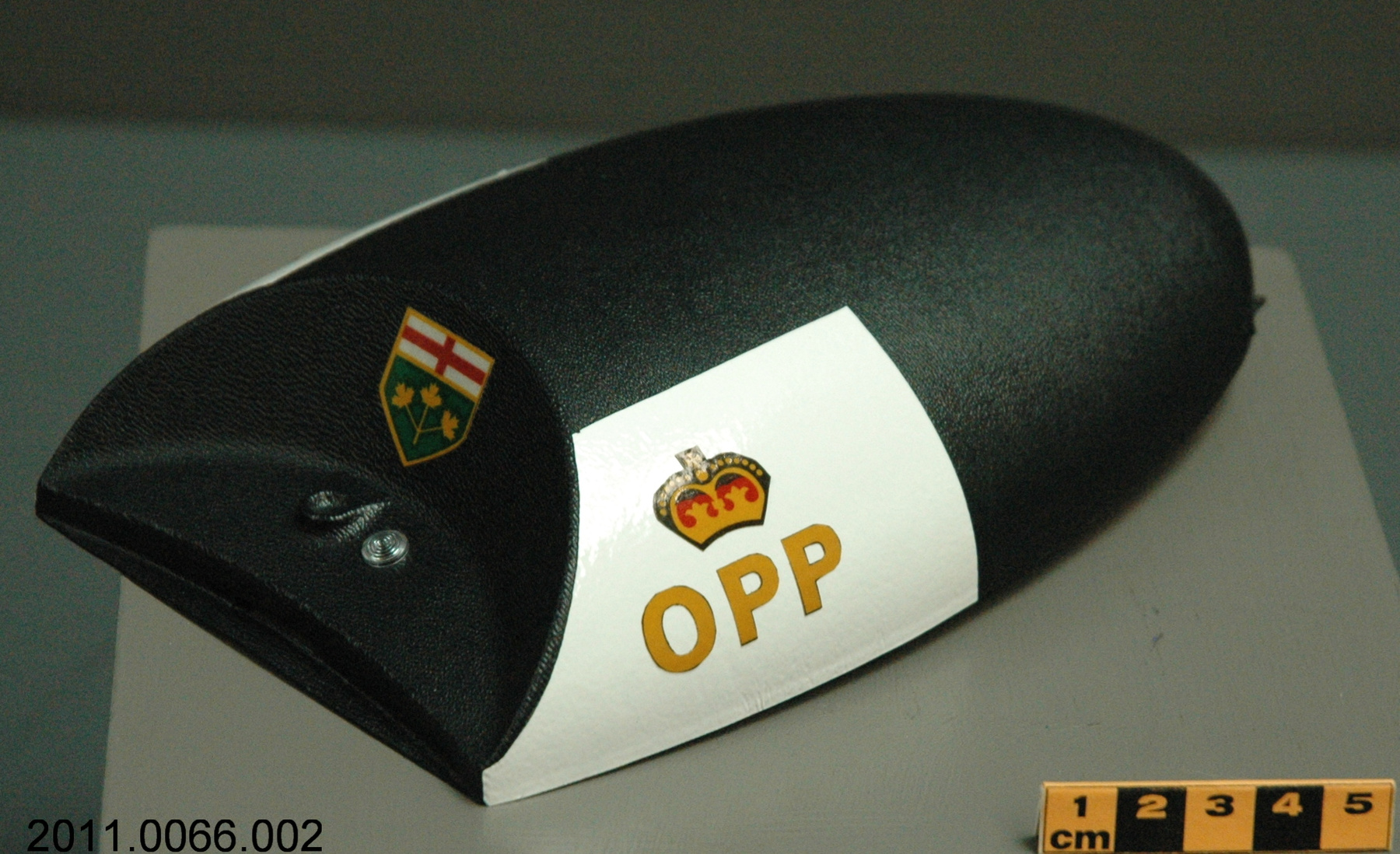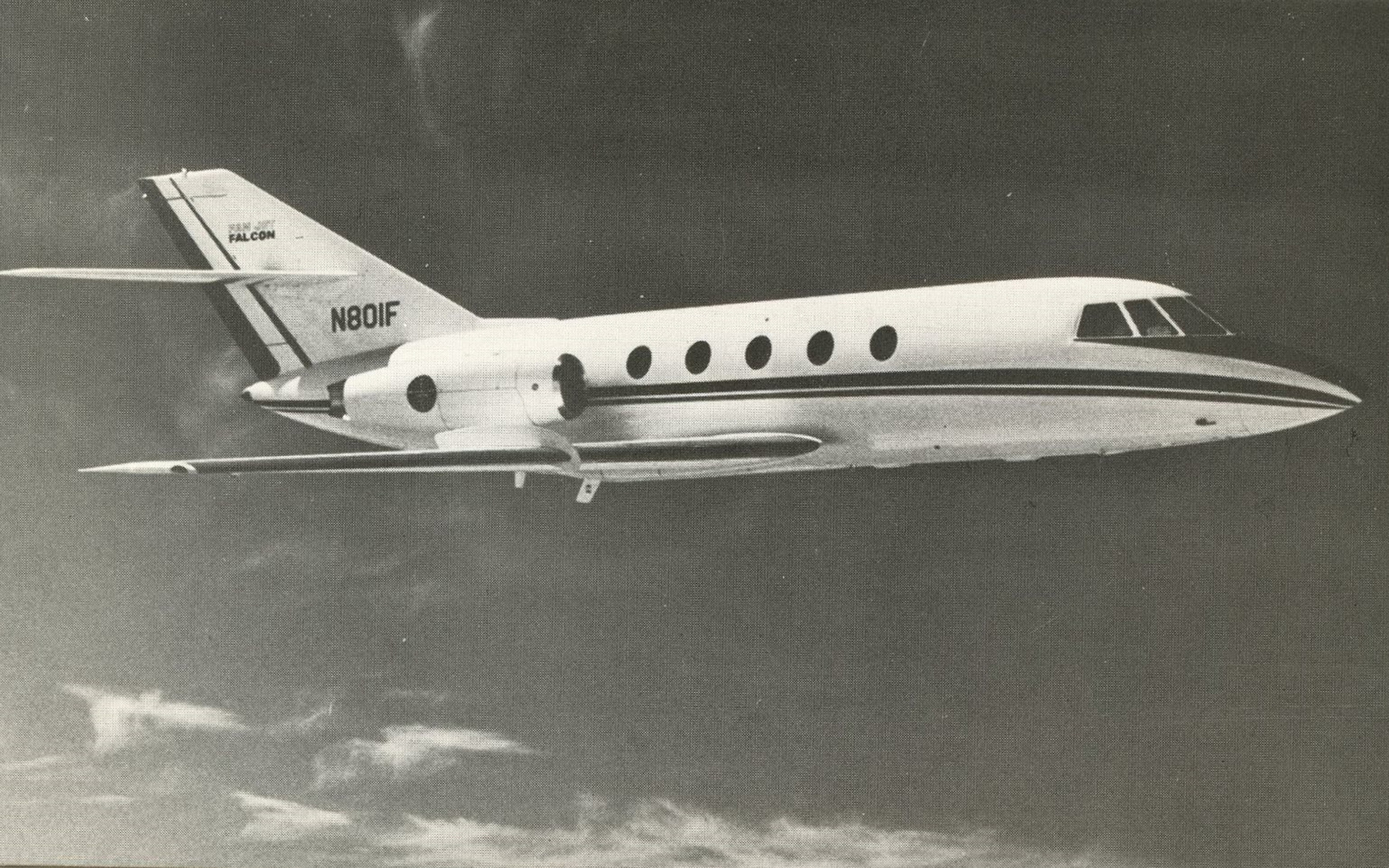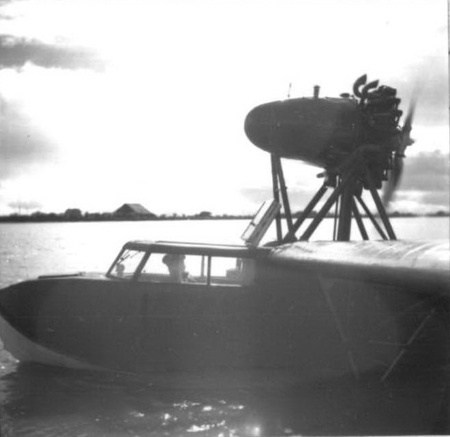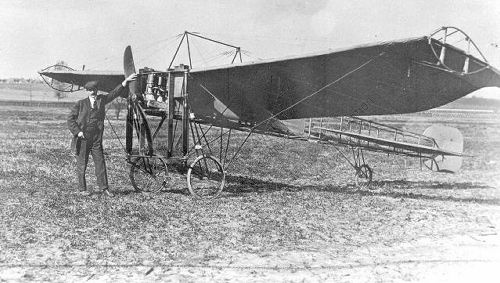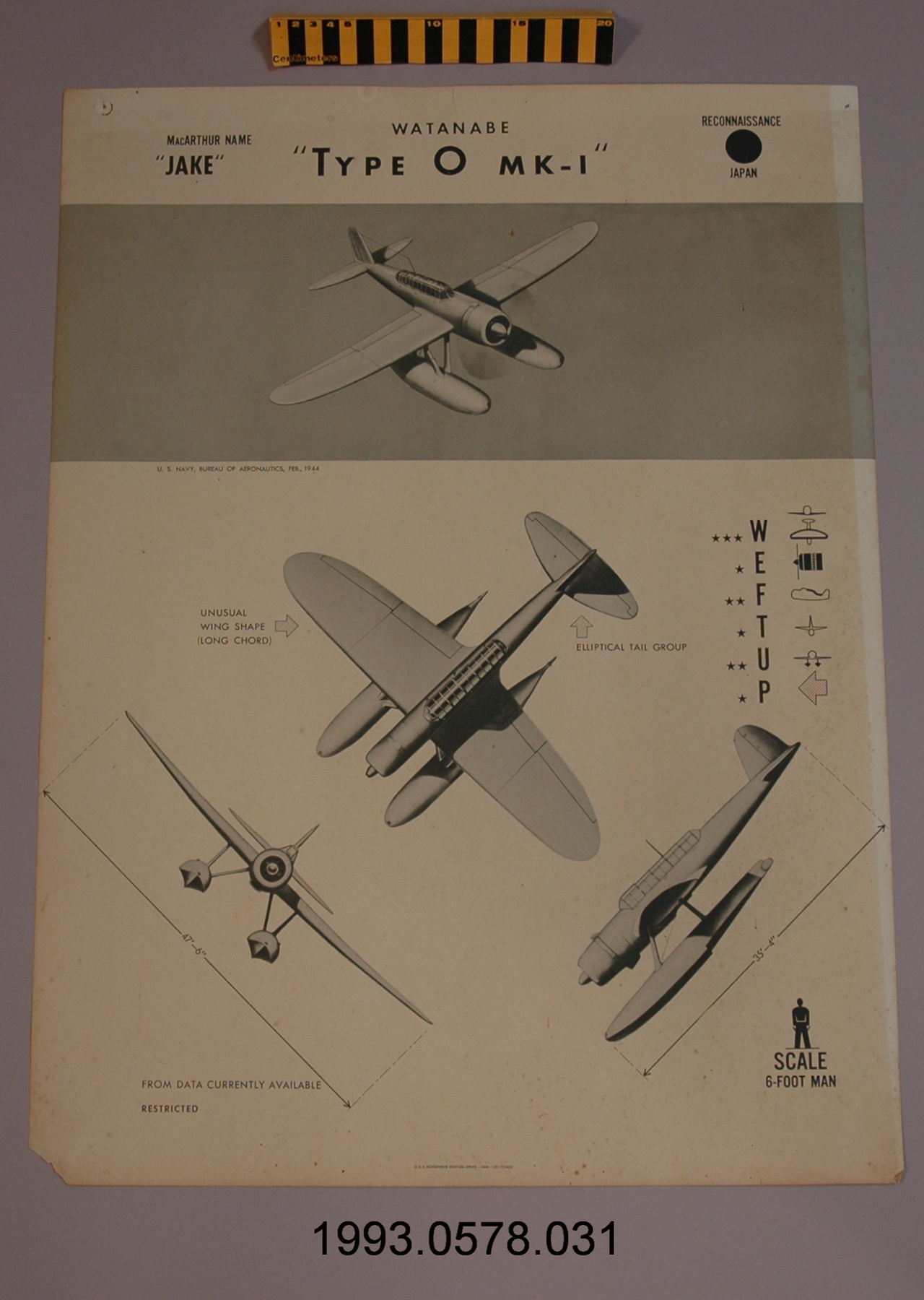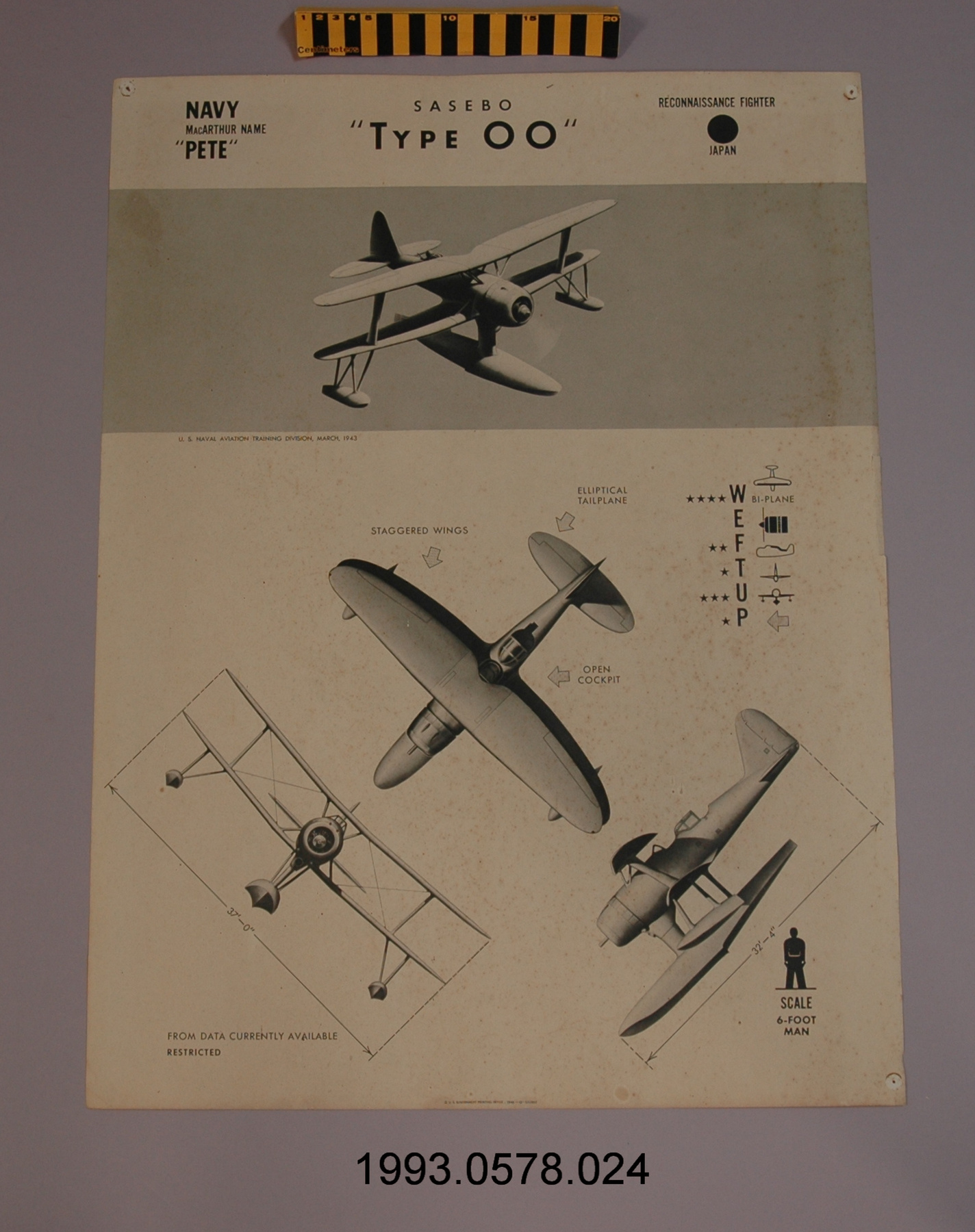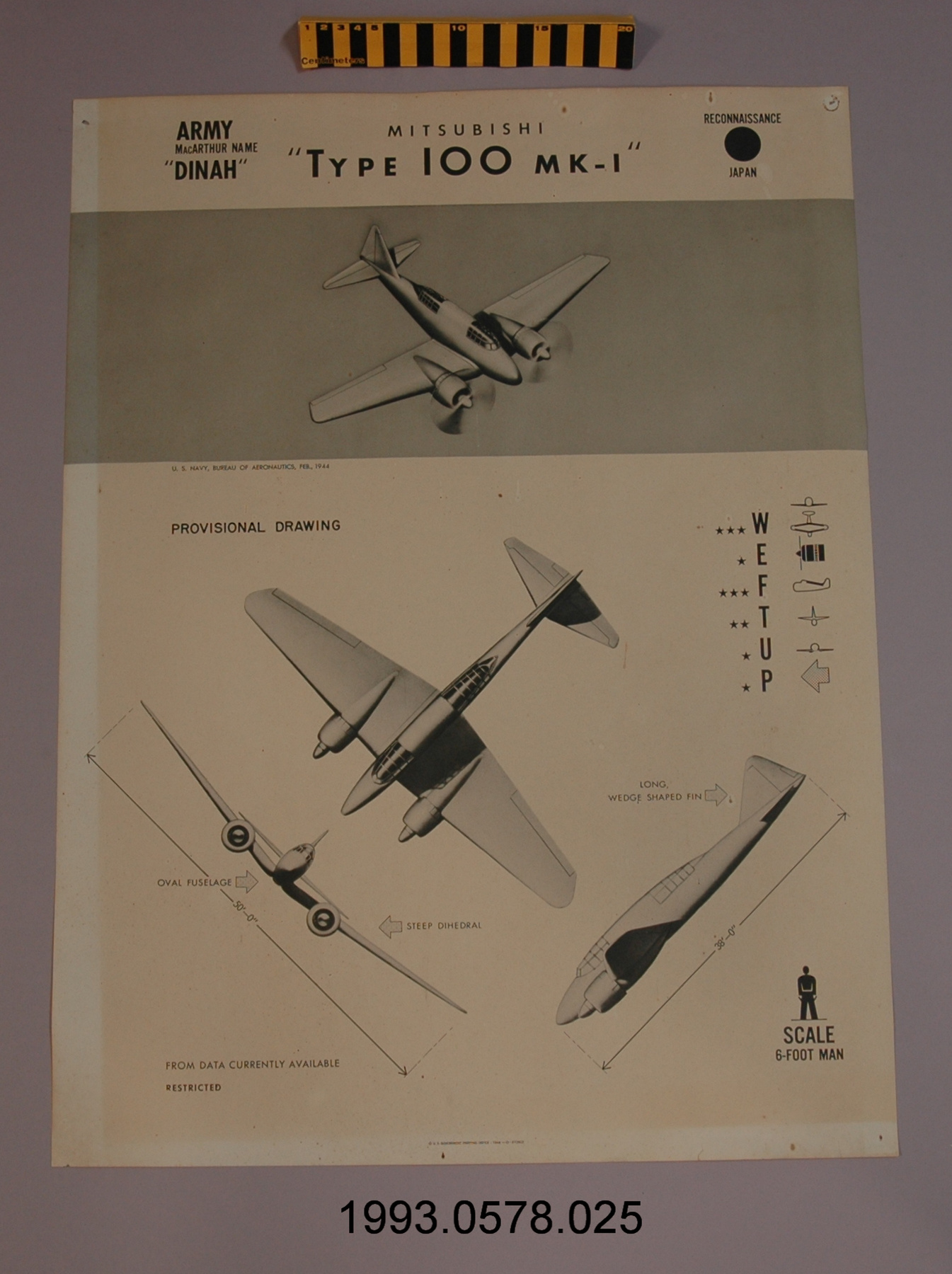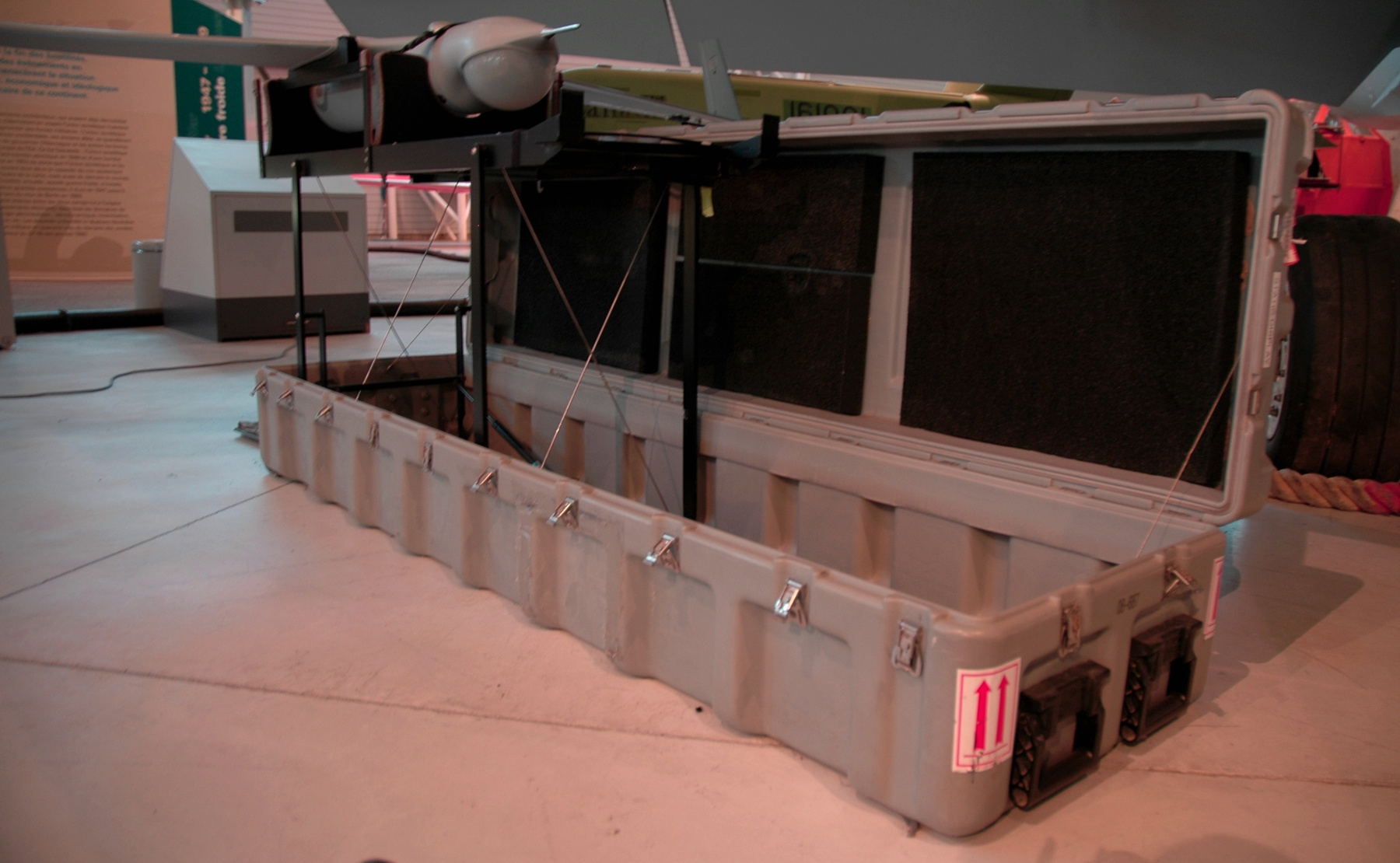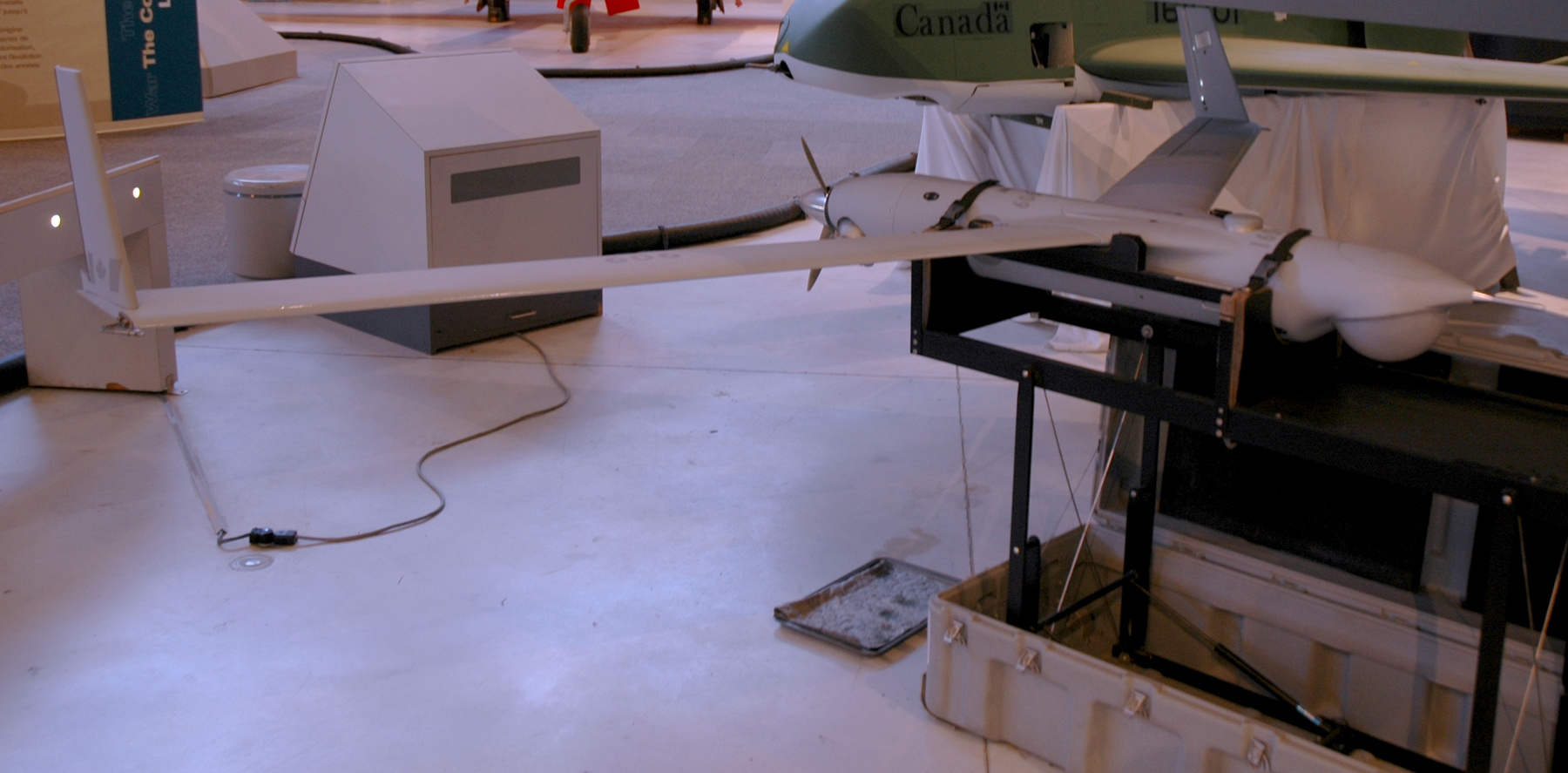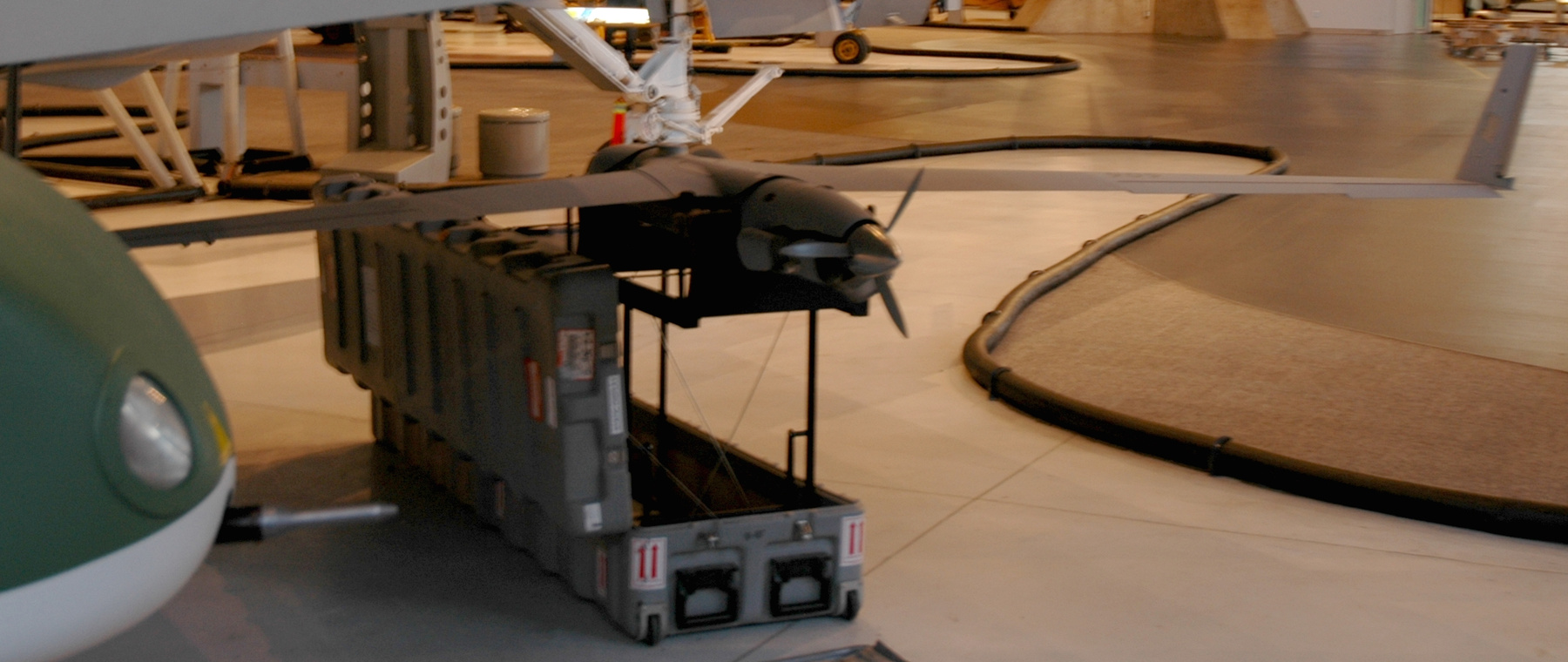Vehicle, unmanned aerial
Use this image
Can I reuse this image without permission? Yes
Object images on the Ingenium Collection’s portal have the following Creative Commons license:
Copyright Ingenium / CC BY-NC-ND (Attribution-NonCommercial 4.0 International (CC BY-NC 4.0)
ATTRIBUTE THIS IMAGE
Ingenium,
2011.0080.001
Permalink:
Ingenium is releasing this image under the Creative Commons licensing framework, and encourages downloading and reuse for non-commercial purposes. Please acknowledge Ingenium and cite the artifact number.
DOWNLOAD IMAGEPURCHASE THIS IMAGE
This image is free for non-commercial use.
For commercial use, please consult our Reproduction Fees and contact us to purchase the image.
- OBJECT TYPE
- military/surveillance/reconnaissance
- DATE
- 2008
- ARTIFACT NUMBER
- 2011.0080.001
- MANUFACTURER
- Insitu
- MODEL
- ScanEagle
- LOCATION
- Bingen, Washington, United States of America
More Information
General Information
- Serial #
- 687
- Part Number
- 1
- Total Parts
- 2
- AKA
- UAV
- Patents
- N/A
- General Description
- Grey synthetic (?) UAV bears grey "ghost" and black markings; selected silver metal fittings.
Dimensions
Note: These reflect the general size for storage and are not necessarily representative of the object's true dimensions.
- Length
- 328.0 cm
- Width
- 142.0 cm
- Height
- 50.0 cm
- Thickness
- N/A
- Weight
- N/A
- Diameter
- N/A
- Volume
- N/A
Lexicon
- Group
- Aviation
- Category
- Aircraft
- Sub-Category
- N/A
Manufacturer
- AKA
- Insitu
- Country
- United States of America
- State/Province
- Washington
- City
- Bingen
Context
- Country
- Afghanistan
- State/Province
- Unknown
- Period
- Specific:This UAV entered Canadian Forces service November 10, 2008. It was retired April 19, 2010.
- Canada
-
The ScanEagle is a military intelligence, surveillance, and reconnaissance (ISR) UAV, but it is also part of the story of the 1990s boom in civilian UAVs as it evolved from an unmanned aircraft decidedly intended for non-military use. The Aerosonde was developed in the 1990s for atmospheric research by Tad McGreer with the help of fellow Canadian expatriate Andy von Flotow. It is significant in its own right – not just because it is the precursor to the ScanEagle. In 1998, the Aerosonde became the first UAV to fly across the Atlantic Ocean, which “has become a rite of passage in aviation.” This historic flight left from Newfoundland, “firmly [placing] Canada in the history books of aviation once again.” The oceanic flight was the catalyst for the UAV’s evolution from experimental long range research UAV to production military aircraft. McGreer and von Flotow had undertaken the Atlantic crossing at least partially as a stunt to raise awareness of the aircraft and McGreer’s company, Insitu. Their stunt was successful, with both the tuna industry and the American military expressing interest in their work. McGreer was uncomfortable producing equipment for the military, so the two engineers concentrated on developing the SeaScan, a camera carrying UAV suitable for the fishing industry. However, the military liked the tuna UAV and Insitu, in collaboration with Boeing, eventually produced its military equivalent, the ScanEagle. Serviced by Boeing, the new UAVs were deployed for the first time by the U.S. Marine Corps in Iraq in 2004. McGreer left Insitu in 2005 – perhaps for reasons of conscience - and, in 2008, the company was purchased by Boeing. As a military ISR UAV, the ScanEagle has been very successful. So successful, in fact, that it has defined expectations for small tactical UAVs. This success is described in detail in Technological Significance. The ScanEagle has been used for assessment or operations by the armed forces of many nations, including the United States, the United Kingdom, Australia, Canada, Malaysia, the Netherlands, Poland, Singapore, and Japan. As of May 2012, Insitu had produced 1400 ScanEagles, which had accumulated over 600 000 combat flight hours. Canada signed a contract to lease ScanEagles from Boeing for deployment in Afghanistan in 2008. This contract followed the Independent Panel on Canada’s Future Role in Afghanistan’s recommendation that government secure “high performance Unmanned Aerial vehicles (UAVs) for intelligence, surveillance, and reconnaissance before February 2009” in order “to better ensure the safety and effectiveness of the Canadian contingent”. At the time, the Canadian Forces were using the under performing Sagem Sperwer. The Forces had learnt a great deal from their experience with the Sperwer – the first UAV Canada had flown operationally – and these lessons were applied to the new UAV selection, as well as to how the UAV was operated. The Sperwer was ill equipped for the heat and high altitude of Afghanistan. Its engines were loud enough that people being tracked could hear it and, at high altitude, it could only fly for about three hours. Adding to these problems, the Canadian Forces had not given their people the necessary training to operate UAVs proficiently, leading to a number of accidents. In comparison, the ScanEagle can fly in a range of extreme conditions and had no problem with Afghanistan’s heat and altitude. The variant used by Canada has a quiet engine and an endurance record of ten to twenty hours. The Canadian Forces avoided many of the difficulties associated with operating UAVs through the nature of their contract with Boeing. The agreement with Boeing included not only the lease of the UAVs, but also in-theatre flight operations, on-demand payload reconfiguration, and maintenance, which Boeing contracted out to Ottawa company ING Engineering. ING is an “unmanned systems solution provider” that “delivers end-to-end unmanned systems from requirements and solution development to ongoing field operations,” meaning that they provide and operate UAVs – and ground robots – for groups that do not have their own unmanned systems. In Afghanistan, ING operated out of Kandahar airfield, maintaining the ScanEagles, launching them, flying them 5 to 30 miles from the airfield, then handing them over to soldiers for missions. Once the missions were complete, ING recovered and landed the UAVs. This approach to operating UAVs was also used with the IAI Heron, which the Canadian Forces started using in 2009. The initial $14 million contract with Boeing was only for nine months and may have been intended as a stop-gap measure while the Canadian Forces were awaiting the delivery of the Heron. However, when the nine month contract finished, the Canadian Forces signed a $30 million, one year contract, with two additional one-year options. The Canadian Forces may have decided to operate the ScanEagle and the Heron at the same time for a few reasons, including that the small UAV may have performed some tasks better than the large Heron. Also, the ScanEagle would have been cheaper to operate and less costly if lost during a mission. The decision to extend the ScanEagle contract while using the Heron suggests not only the small UAV’s success, but also that it was a significant aircraft for the Canadian Forces. In the end, Scan Eagles were used on over 3000 missions in Afghanistan and flew over 30,000 flight hours. The ScanEagle offered to the Museum was the Canadian Forces’ first ScanEagle to fly 2 000 combat hours. It was retired in April, 2010. Scan Eagles are now being used for surveillance by the Royal Canadian Navy, again with the help of ING Engineering. They have been used in the North to “identify traversable ground routes, to watch for polar bear threats and to monitor day-to-day iceberg movements”. [Ref. 1] - Function
-
Specific: Used for military intelligence gathering, and surveillance and reconnaissance purposes. - Technical
-
The ScanEagle was a ground breaking UAV that is very popular as a result. When the ScanEagle was developed, it was smaller and lighter than most other long endurance UAVs, but had more endurance than other small unmanned aircraft. Insitu, in developing the Aerosonde, had taken advantage of newly miniaturized technology, such as light weight GPS receivers. A vehicle like the ScanEagle would not have been possible ten years earlier. The small UAV cannot carry the same pay load as larger UAVs and so has not filled the large long range UAV market. However, there are a number of benefits, including cost, to the smaller aircraft. The ScanEagle’s size and weight means that it can be used in a range of places more easily than a larger or heavier aircraft. The UAV is portable and has launch and recovery systems, developed for the SeaScan, that allow it work out of areas with little space. (Insitu’s Backgrounder describes is as “runway independent”.) It is launched from a pneumatic wedge catapult. The recovering technology, called the SkyHook recover system, is more complicated. The UAV’s wing tips are fitted with closing hooks. To land the aircraft, one of its wings is flown into a vertical rope suspended from a boom. When the wing makes contact, the line slides along the leading edge and is snared in the hook. The shape of the hook ensures that the UAV remains suspended on the line and does not crash to the ground. Weight and size are not the only attributes that make the ScanEagle versatile and so popular. It can be controlled from the ground or operate autonomously. It flies successfully in a range of extreme conditions, including at sea and at high altitudes. The aircraft has been through a few versions, but has been modular since at least the mid-to-late 2000s, meaning the payload can be easily switched for different types of missions. Canada used both a day time version of the ScanEagle and a night version, which was equipped with thermal imaging sensors. Some of the more exotic possible transformations include sniper locator and bio-warfare agent detection. For a country like the USA, which can afford many UAVs, the ScanEagle fills a gap between large and mini unmanned aircraft. For a country with a smaller budget and armed forces, the ScanEagle is an inexpensive UAV that can perform a number of tasks. Because of its cost, versatility, and range, the ScanEagle helped to create a new niche for inexpensive small, long range intelligence, surveillance, and reconnaissance (ISR) UAVs. The aircraft the Museum has been offered is equipped with a hush engine, which Ian Glenn said was beneficial as people being tracked could not hear the UAV. It also has a camera positioned in a gyro-stabilized turret - the camera stays focused on a target without having to reposition the entire aircraft. Unfortunately, neither the launch nor the recovery devices are included in the donation, though we were given videos that show both take off and landing. [Ref. 1] - Area Notes
-
Unknown
Details
- Markings
- "16509", "08-687", "CANADA" and Canadian roundels marked on UAV body.
- Missing
- UAV is said to be complete.
- Finish
- Grey synthetic (?) UAV bears grey "ghost" and black markings; selected silver metal fittings.
- Decoration
- N/A
CITE THIS OBJECT
If you choose to share our information about this collection object, please cite:
Insitu, Vehicle, unmanned aerial, circa 2008, Artifact no. 2011.0080, Ingenium – Canada’s Museums of Science and Innovation, http://collection.ingeniumcanada.org/en/item/2011.0080.001/
FEEDBACK
Submit a question or comment about this artifact.
More Like This


